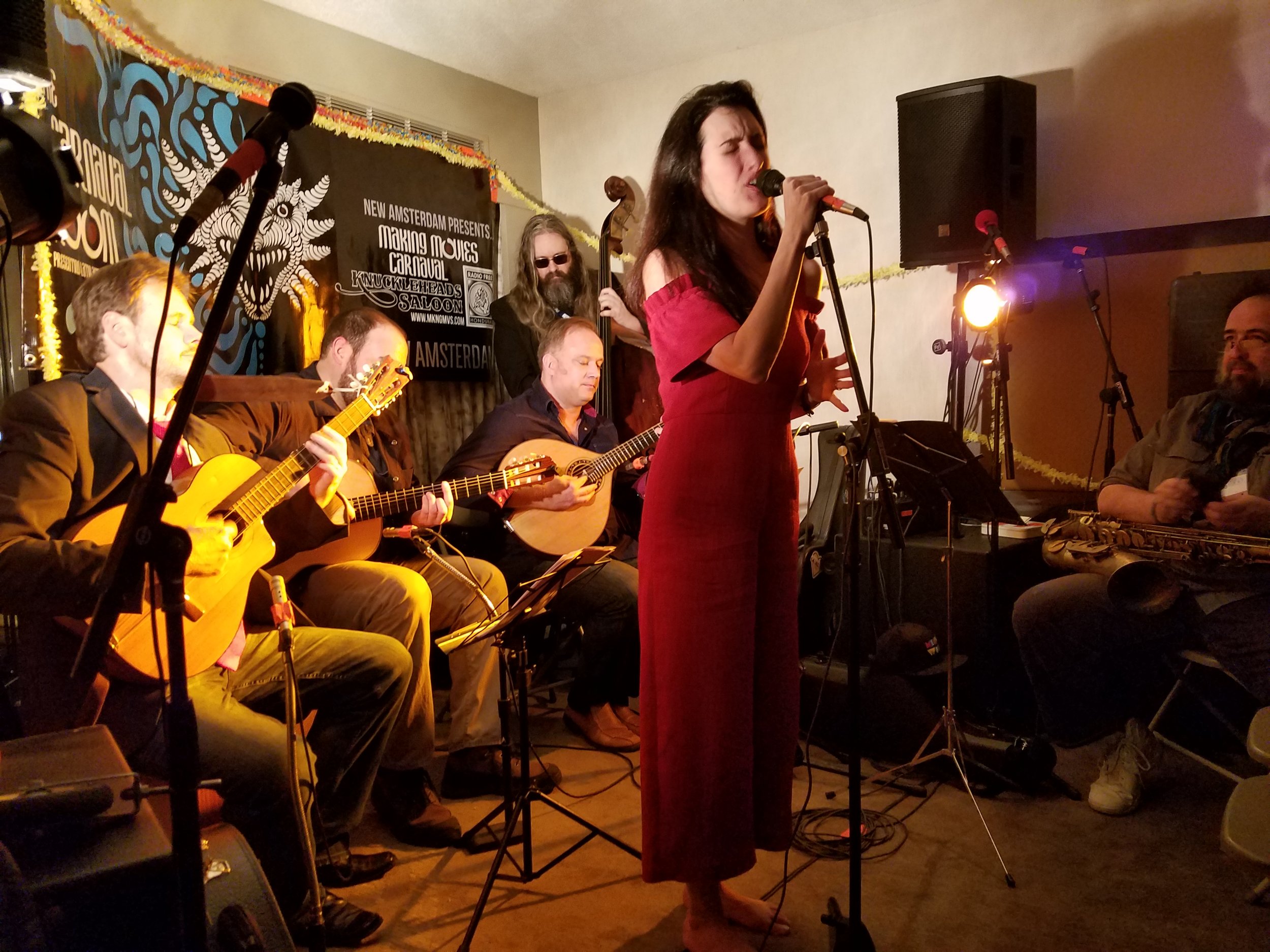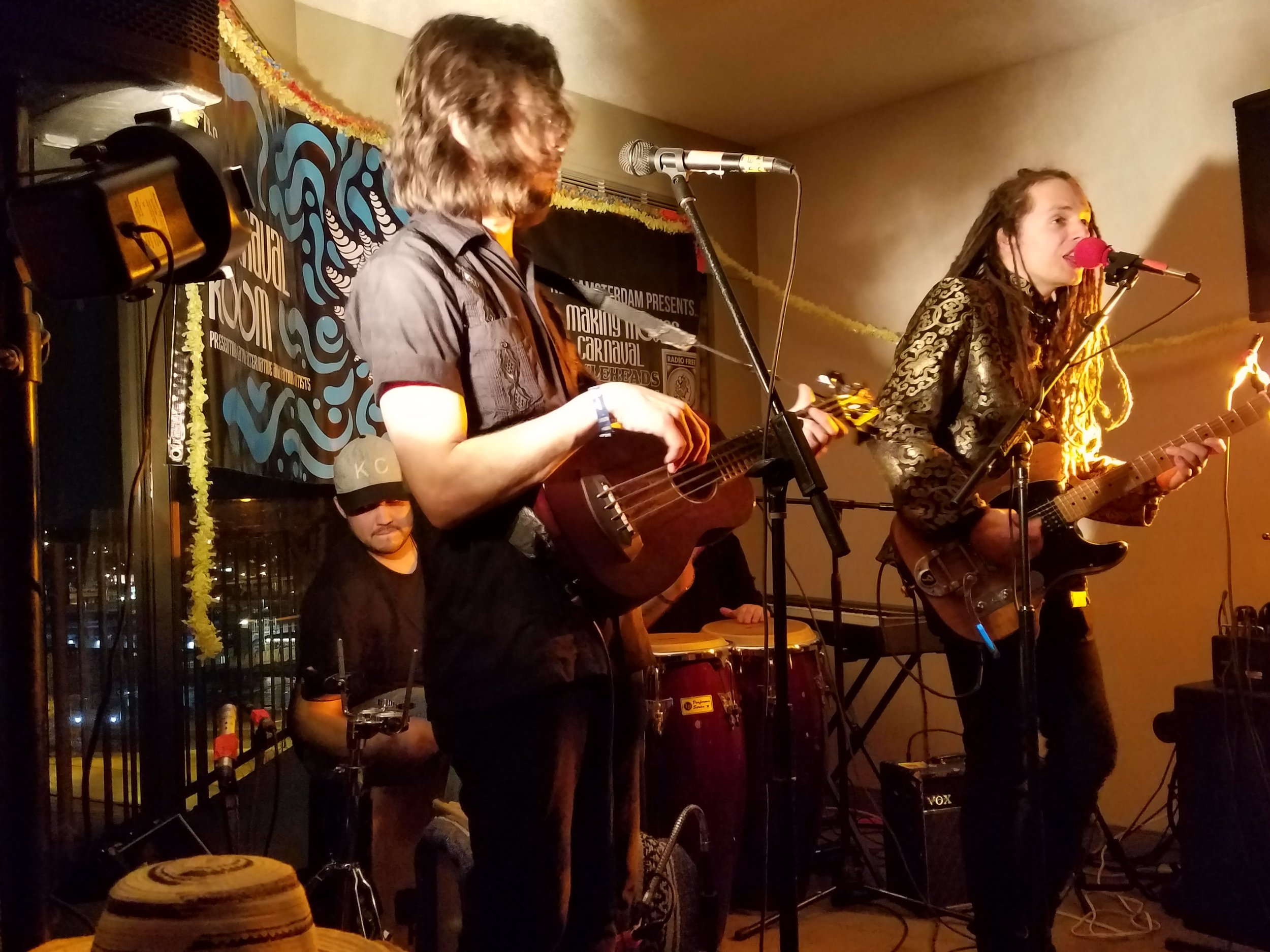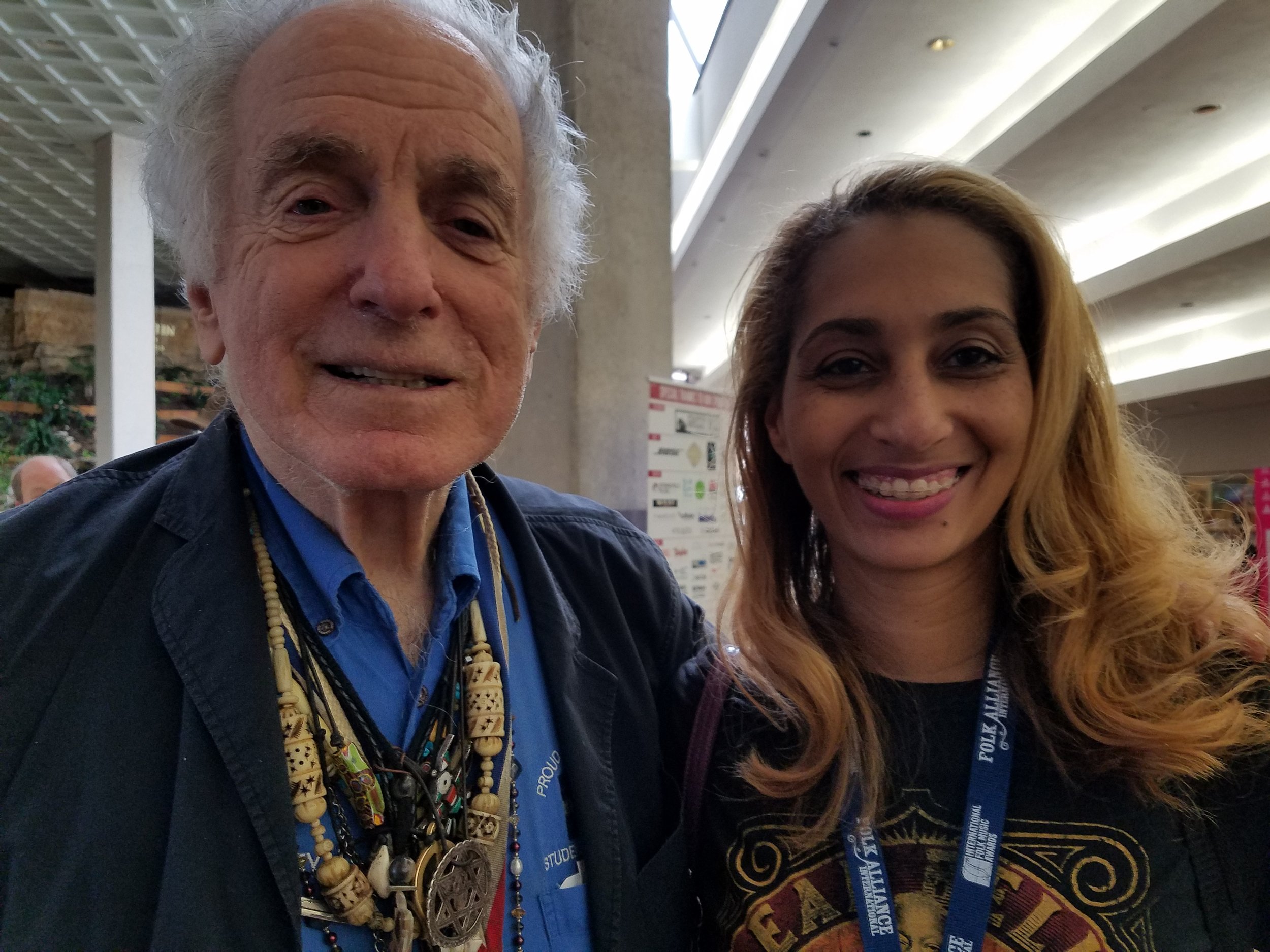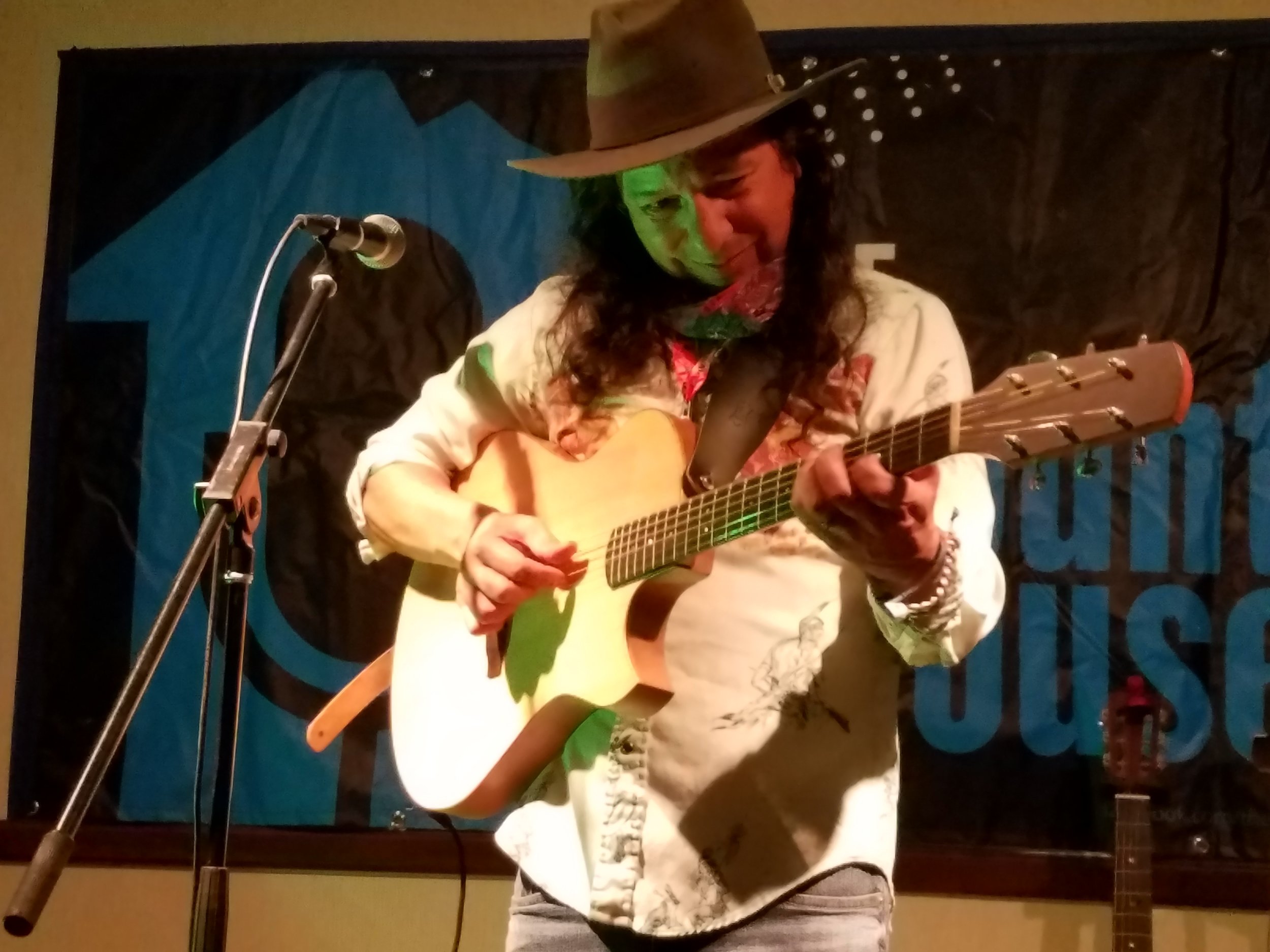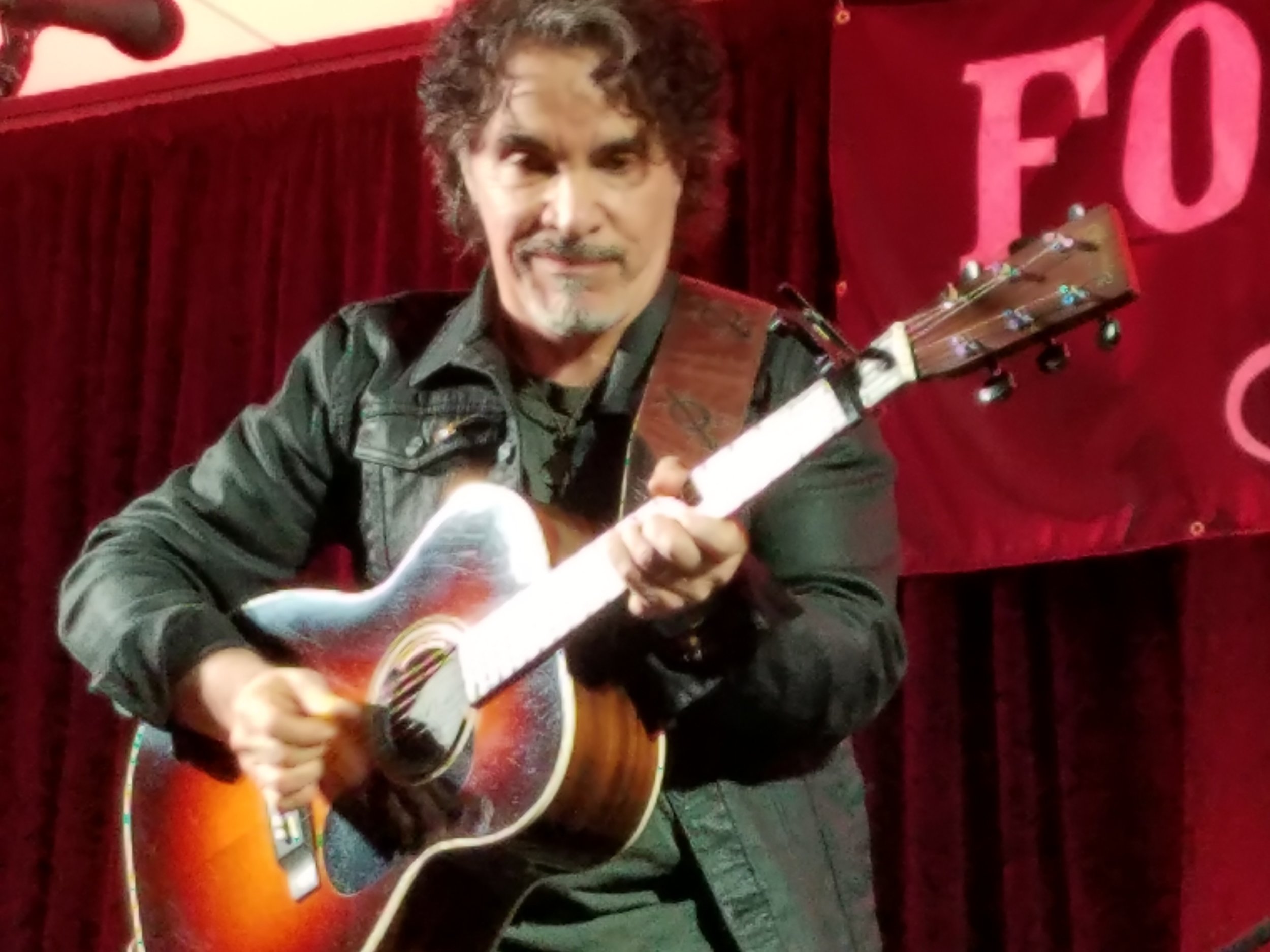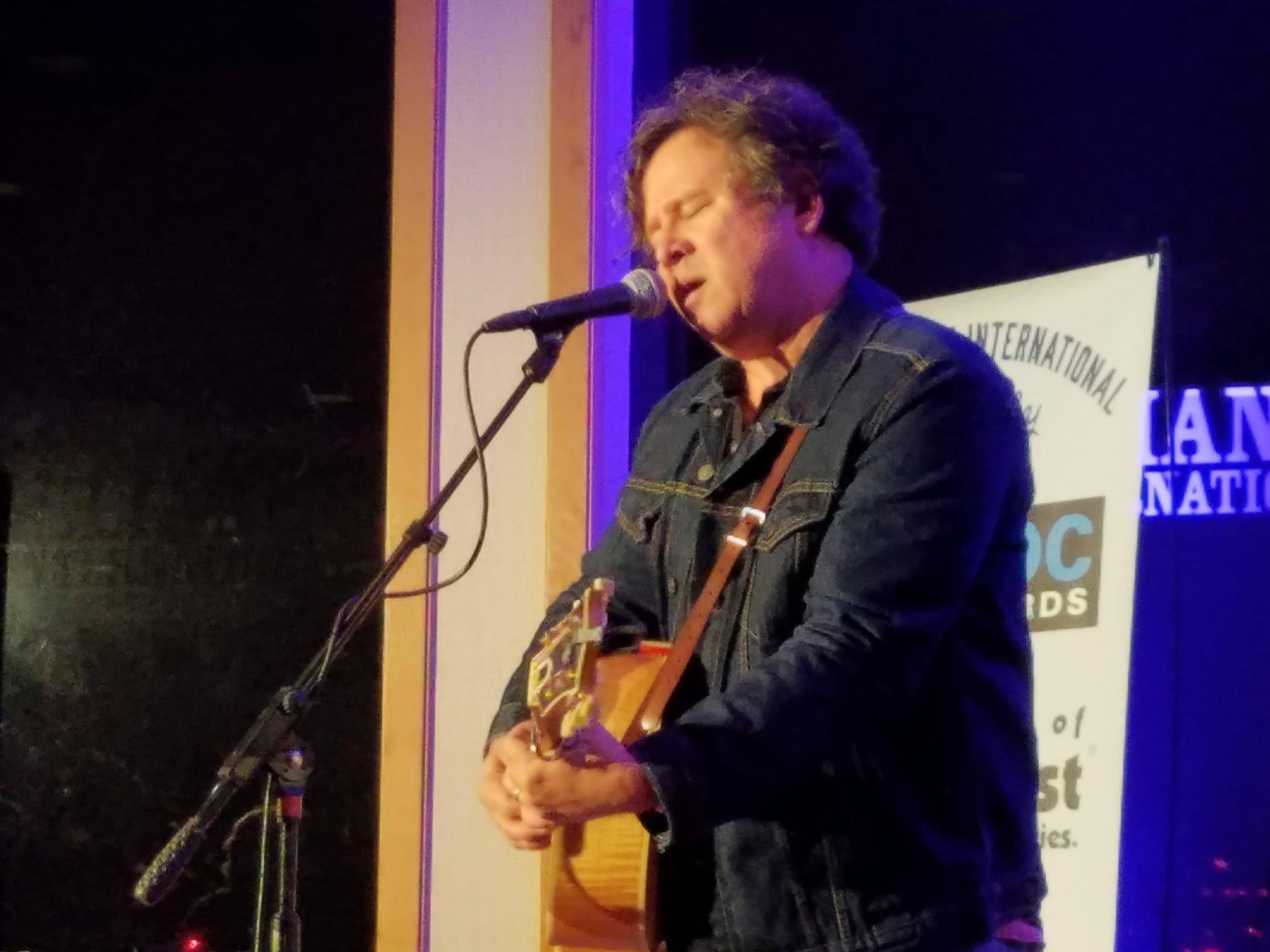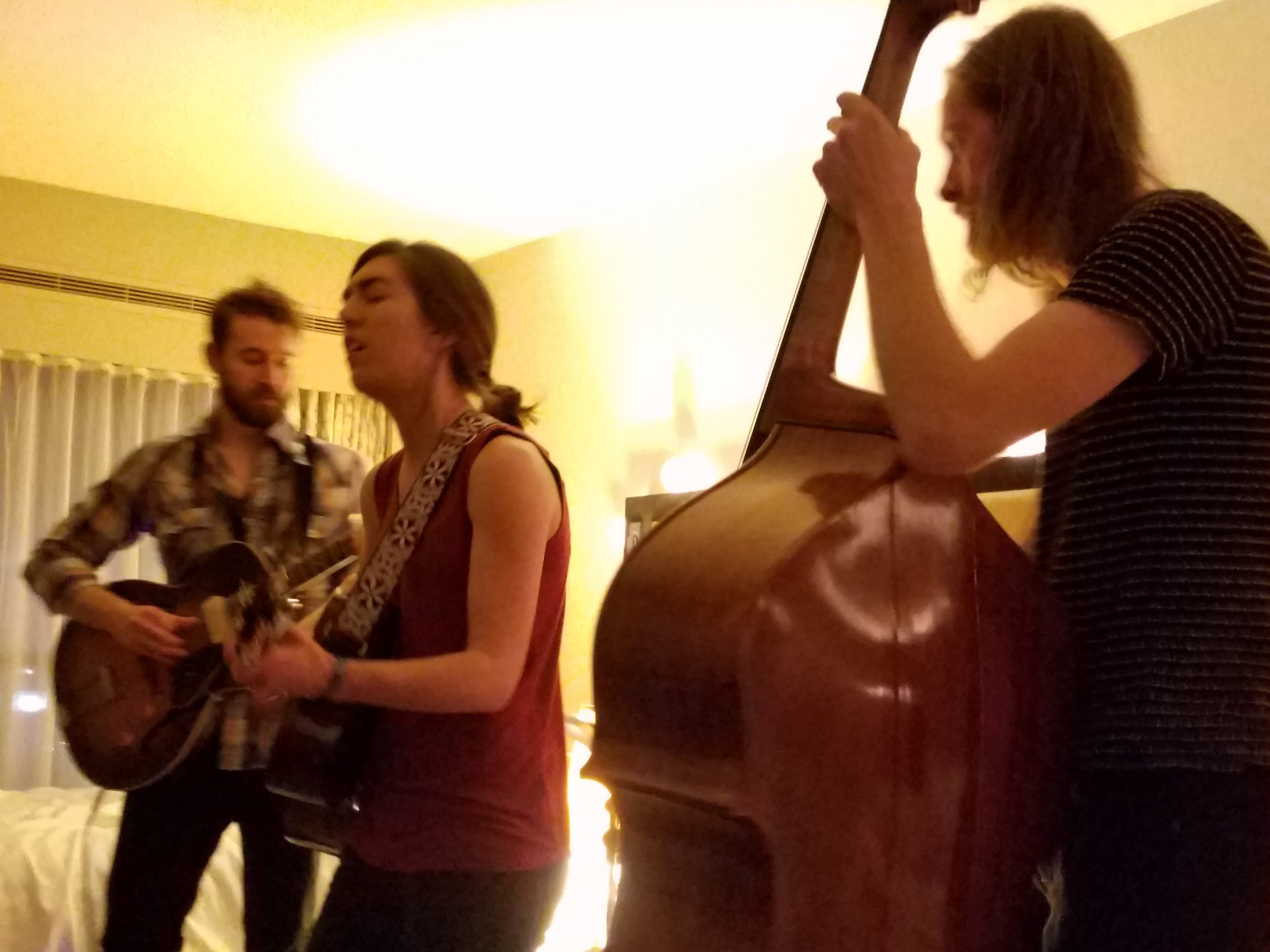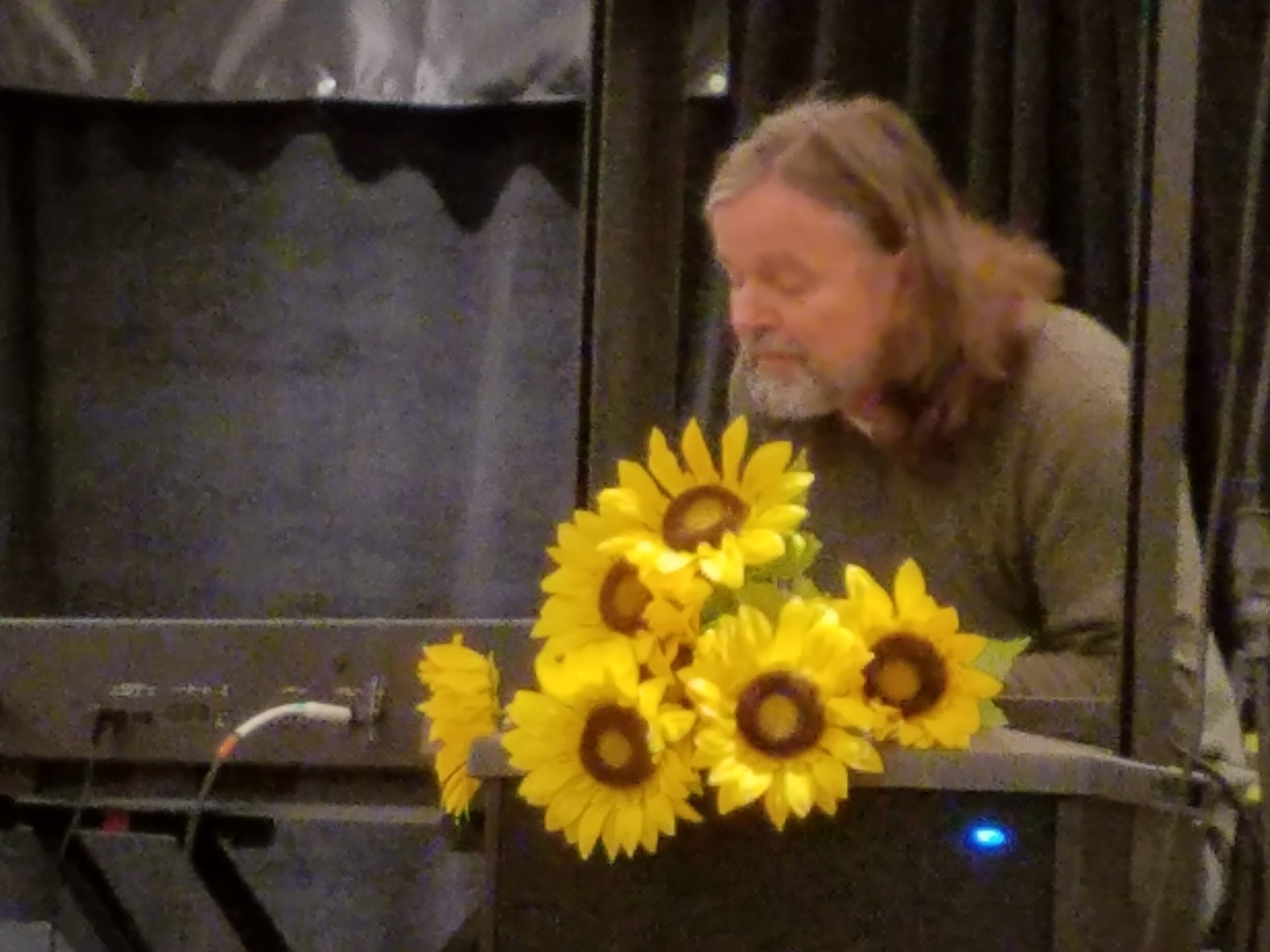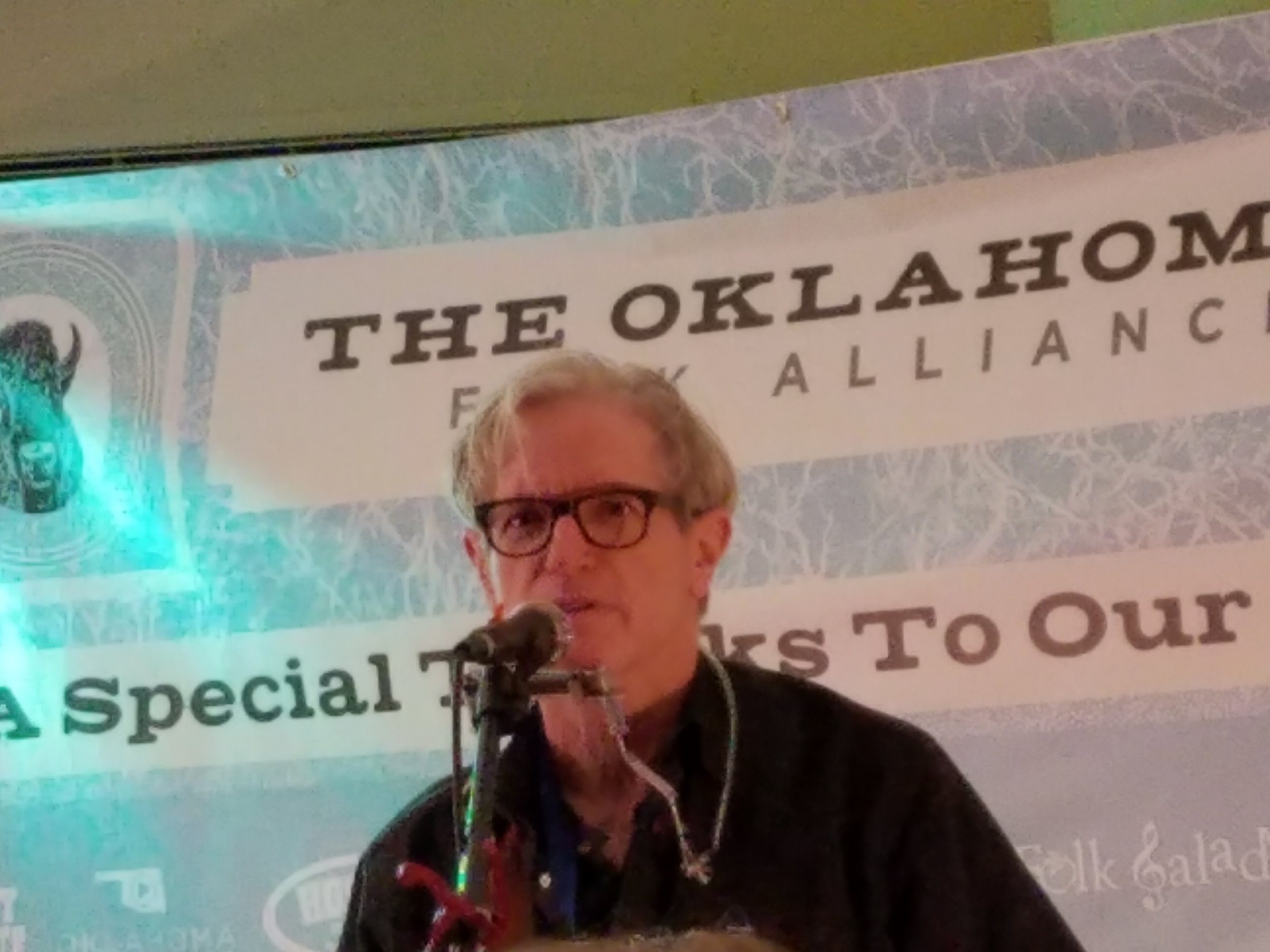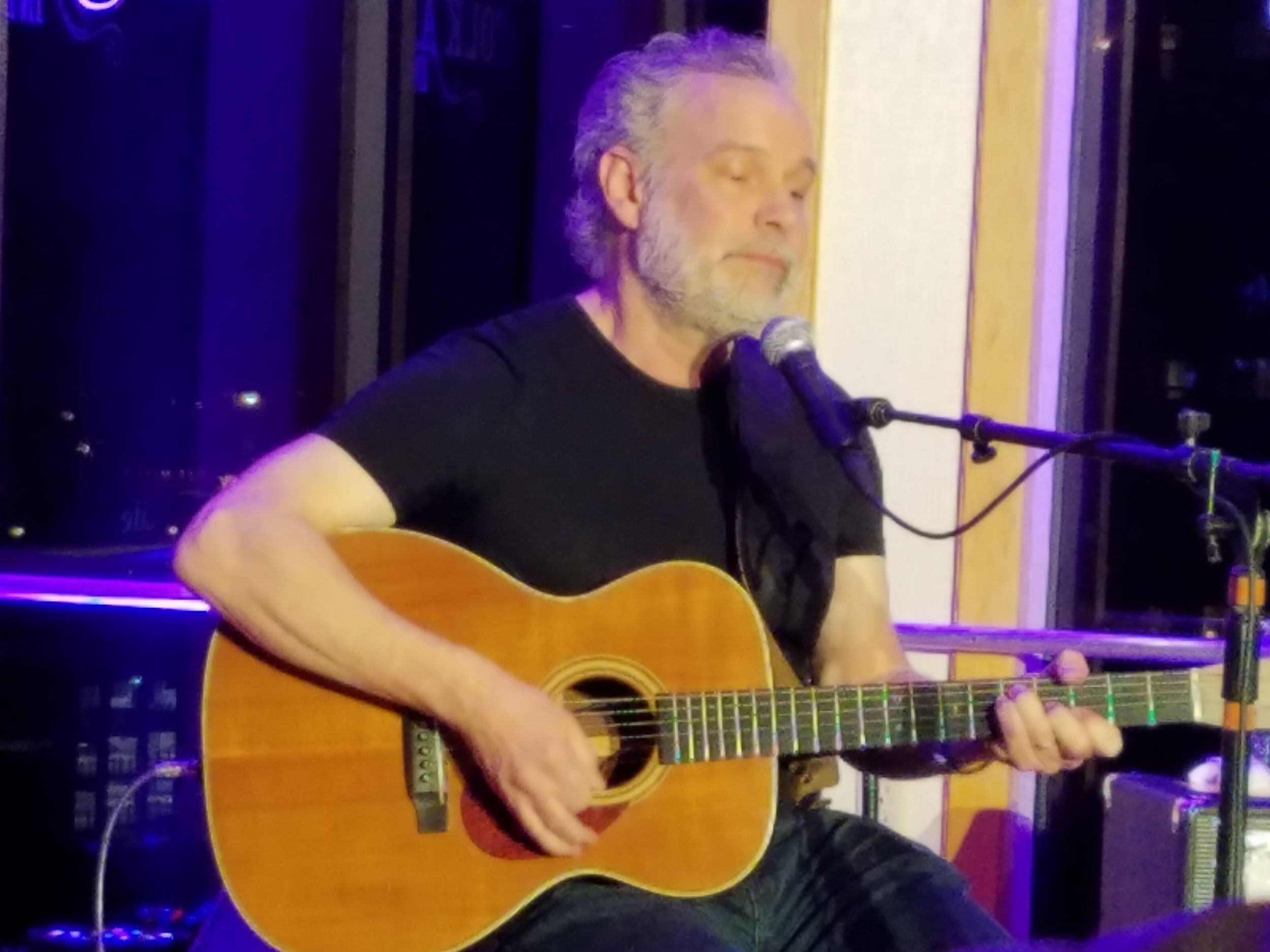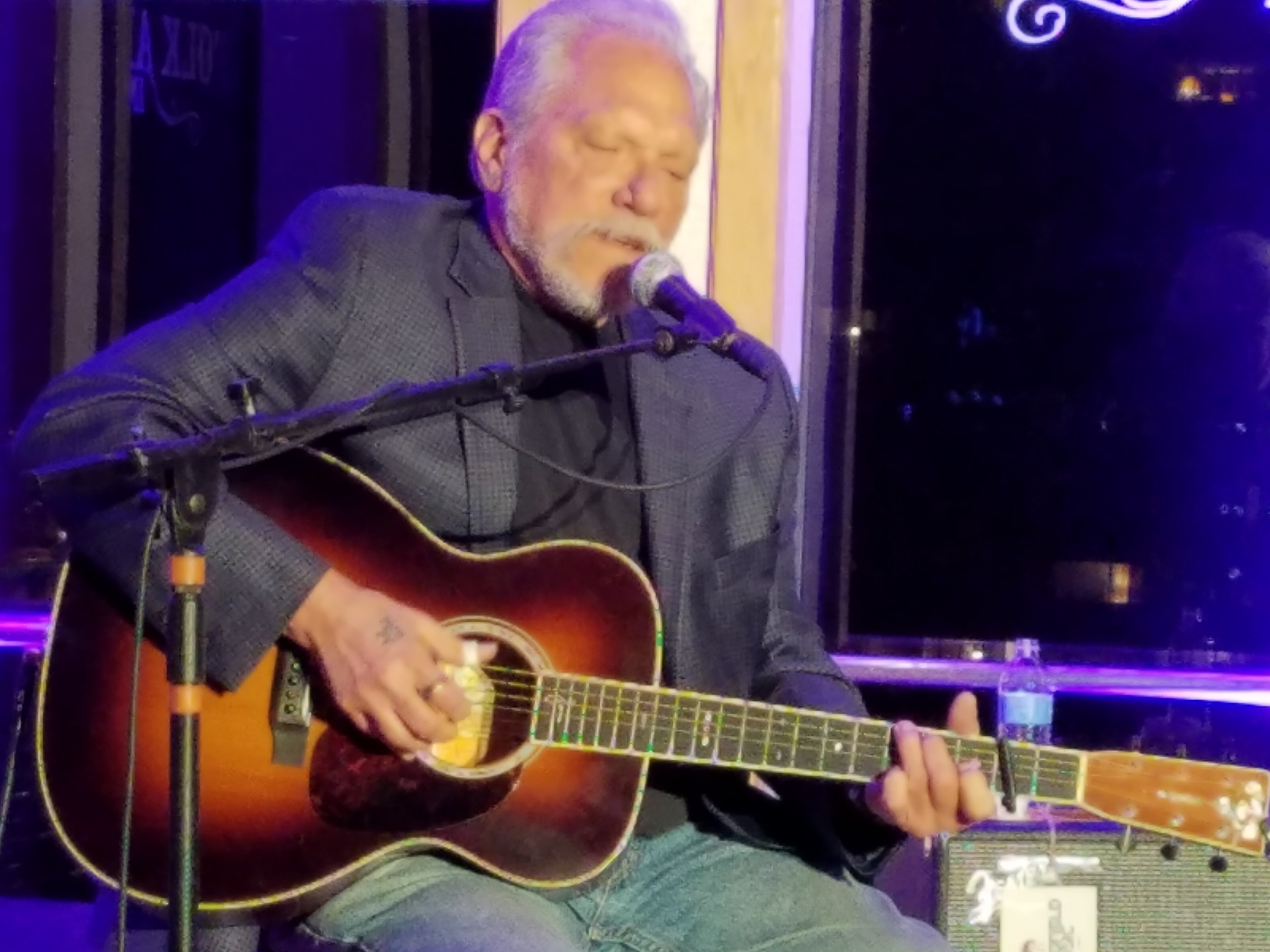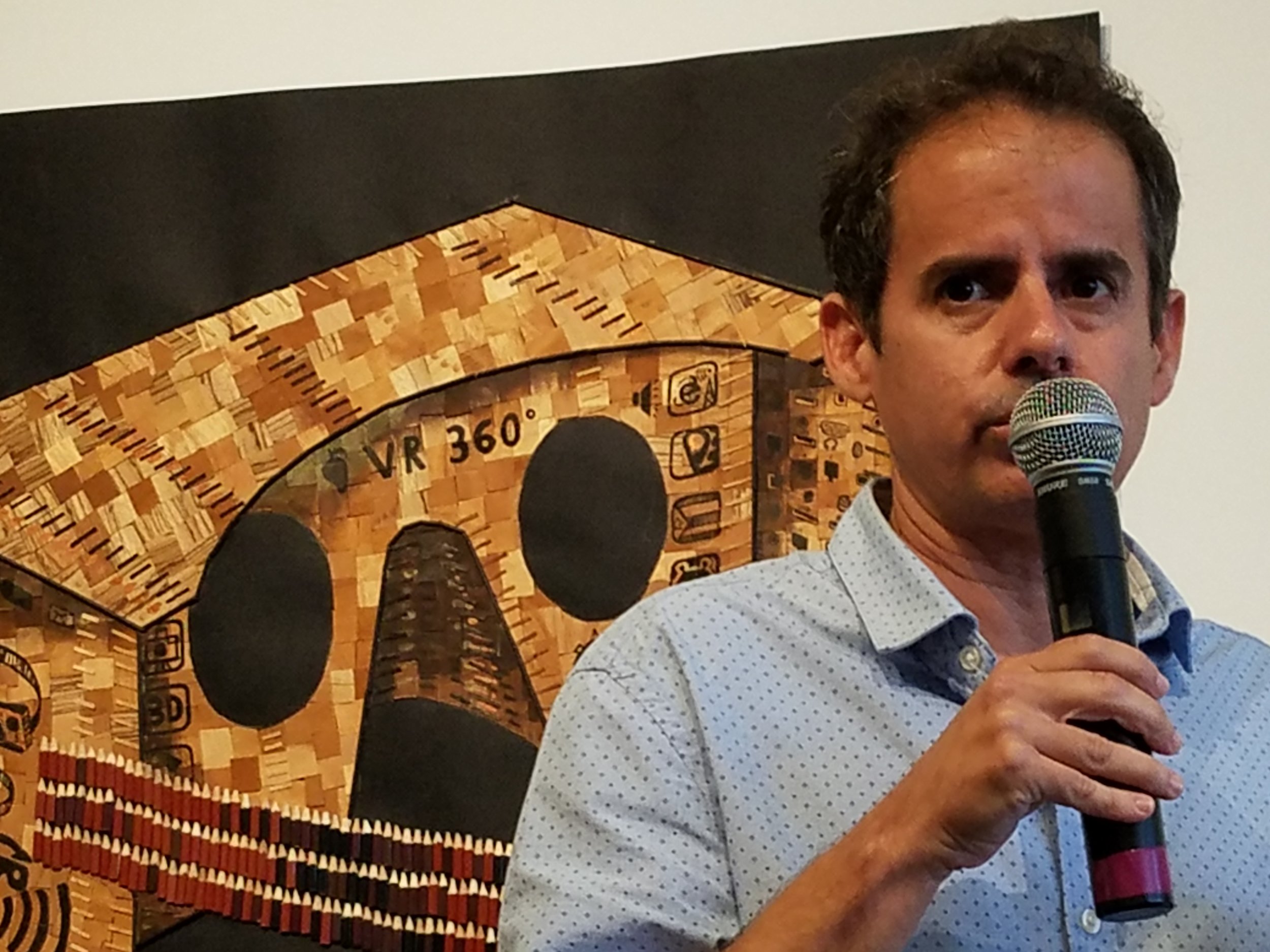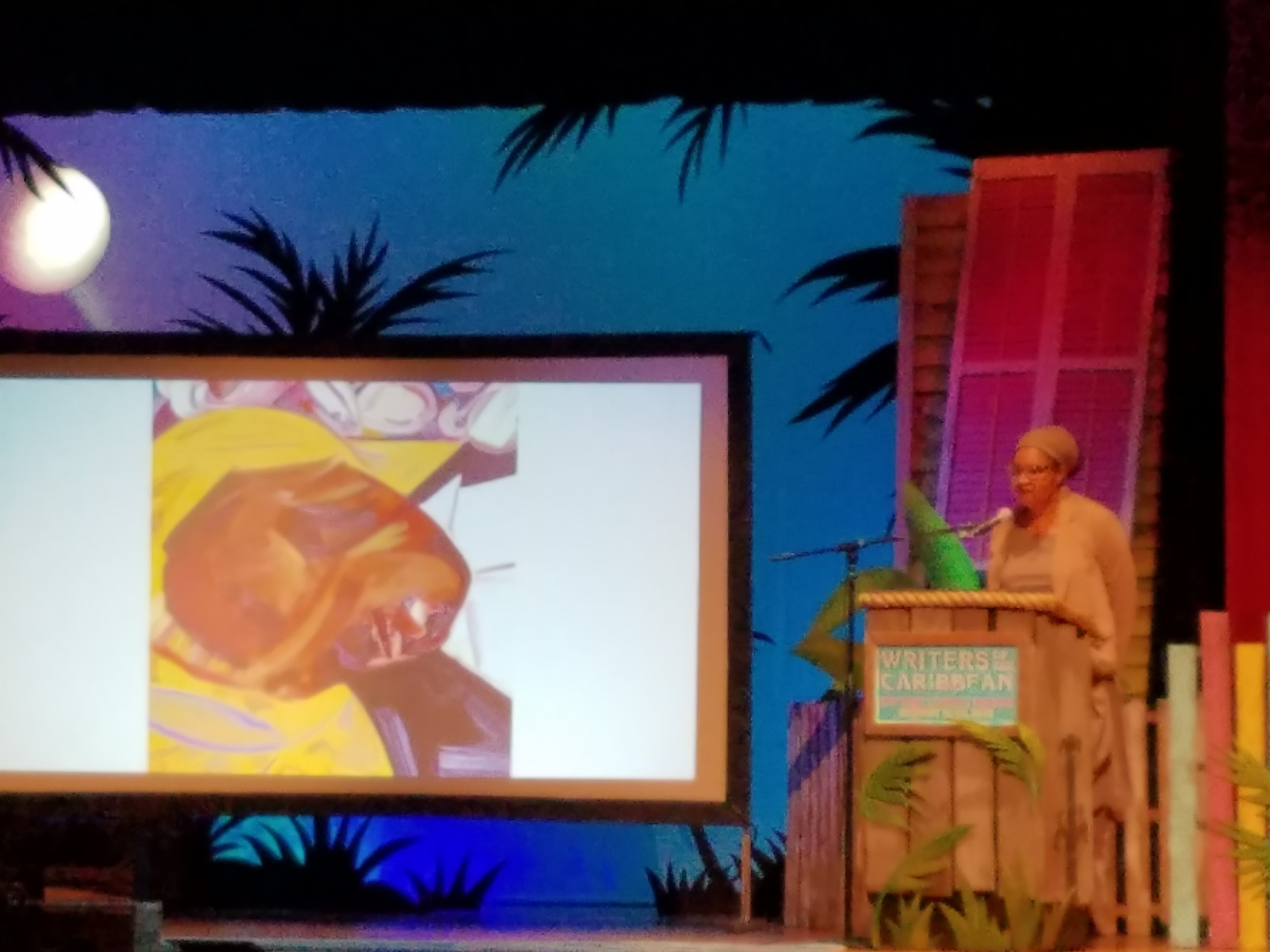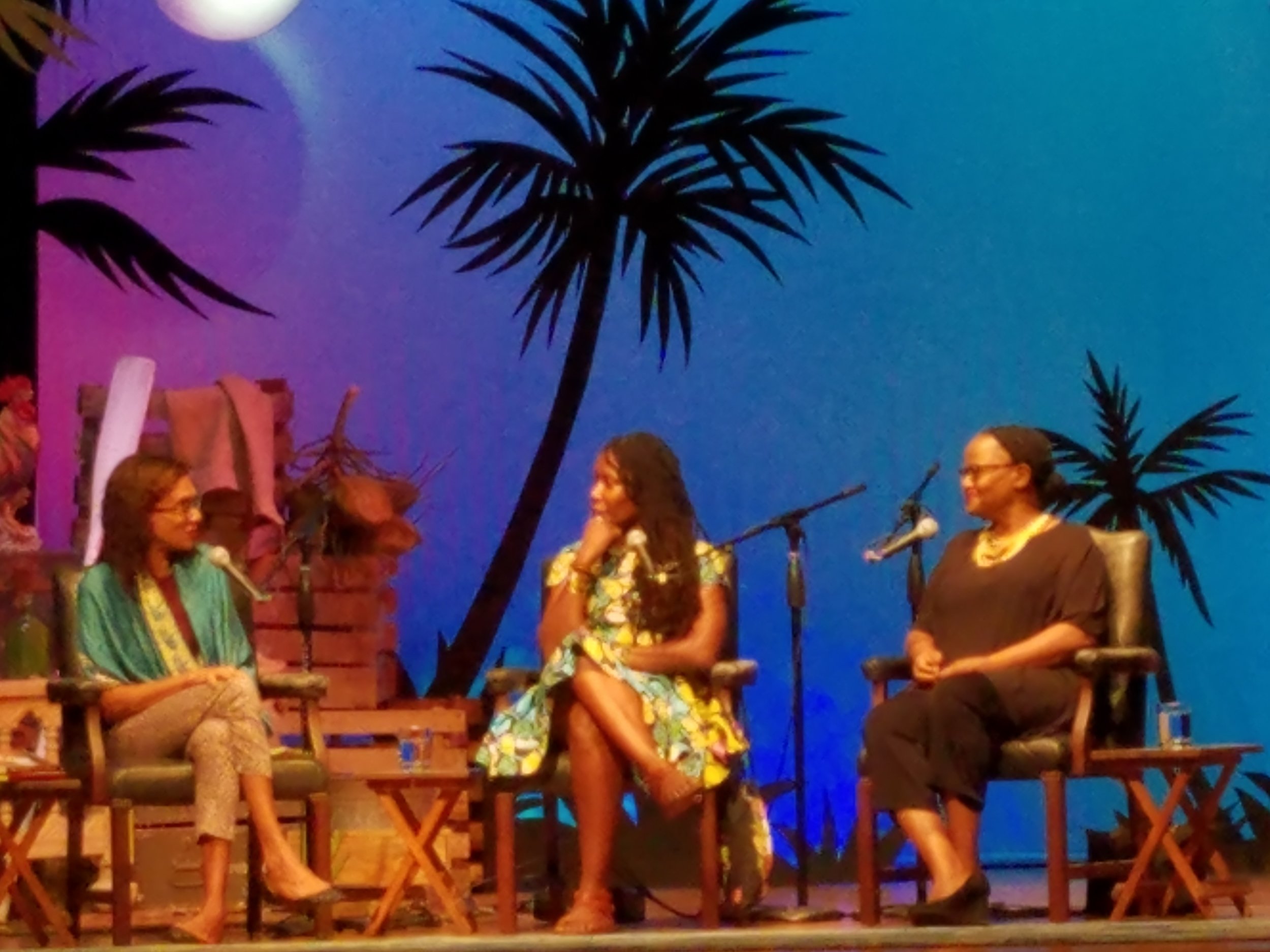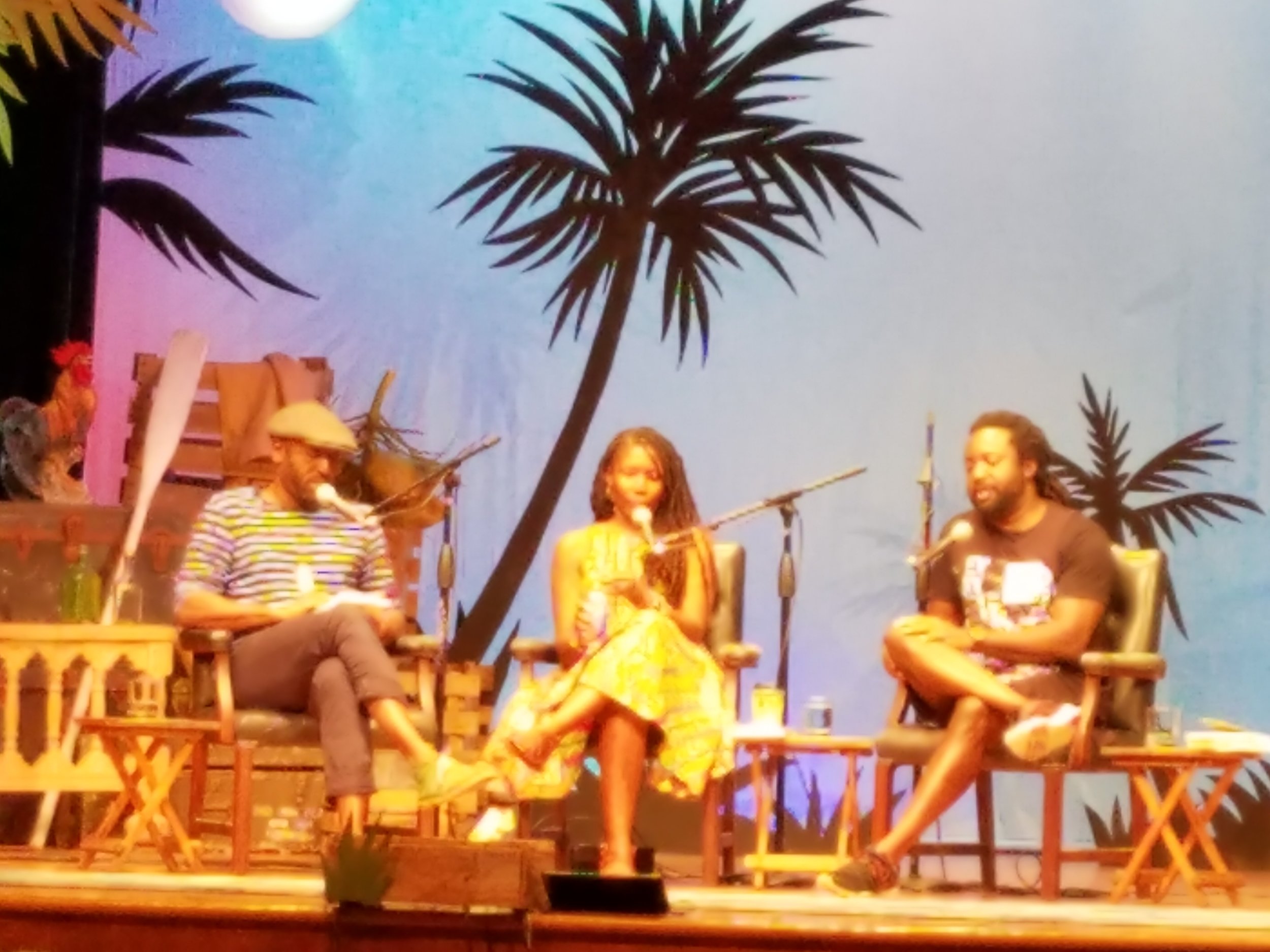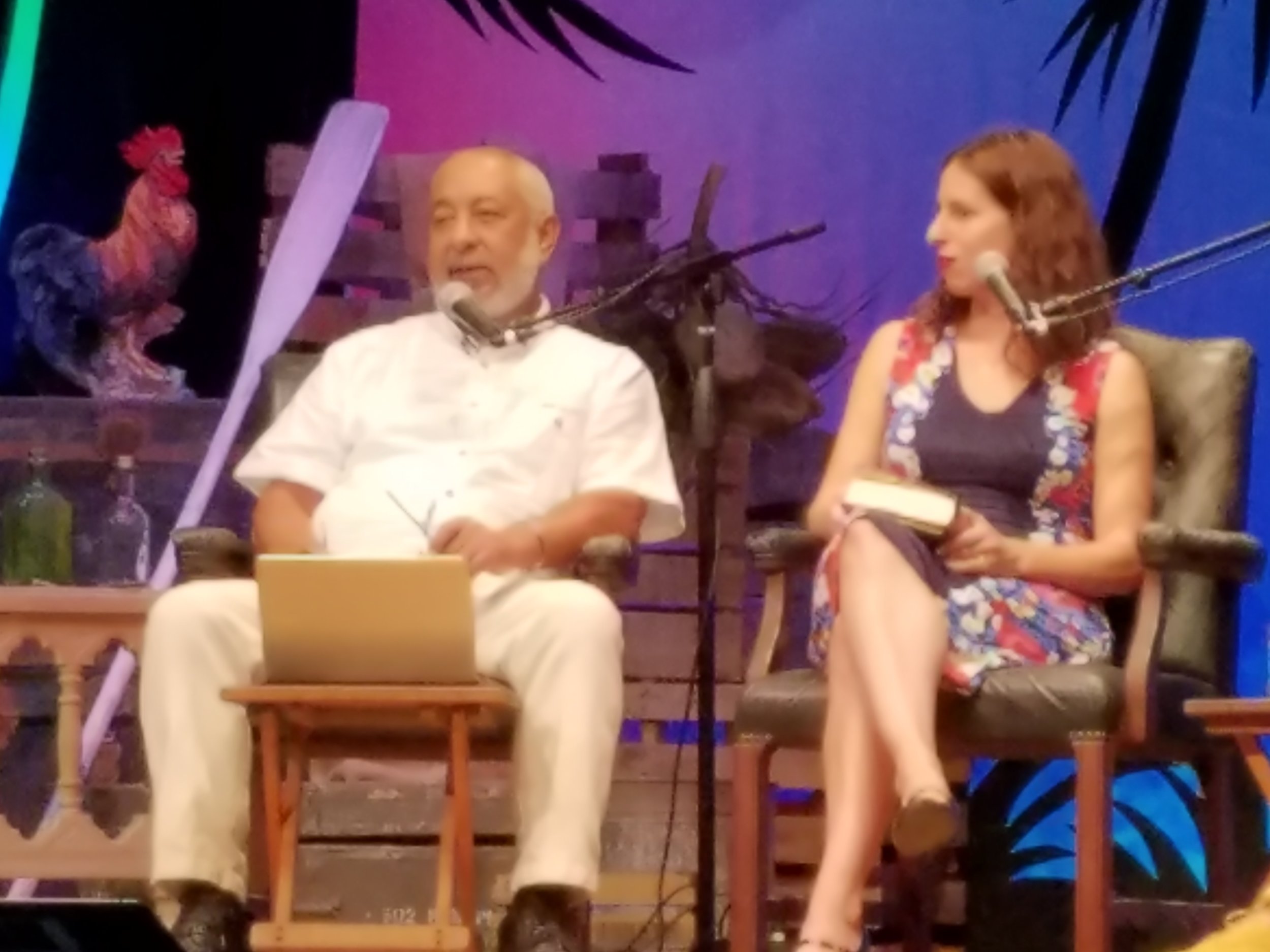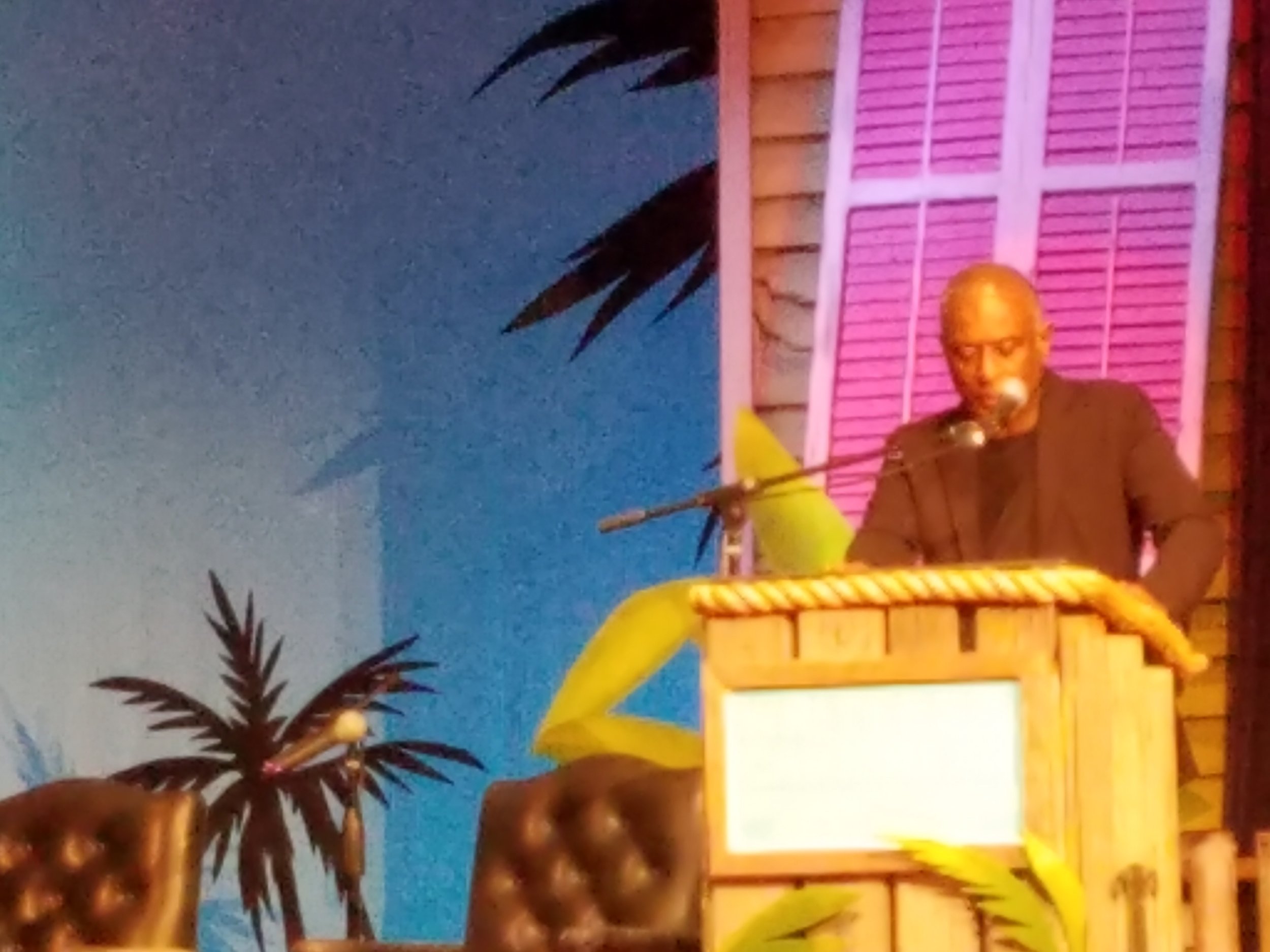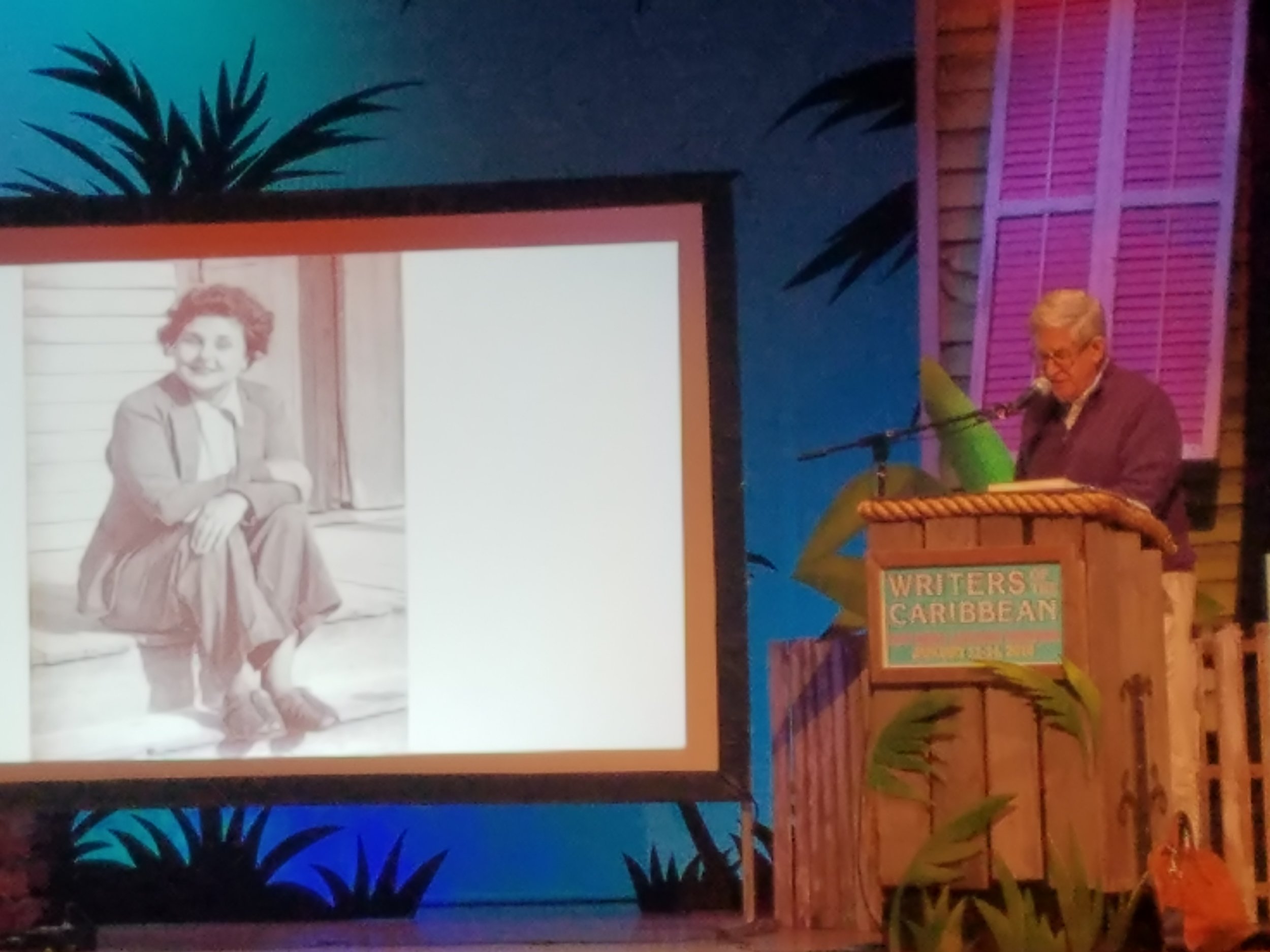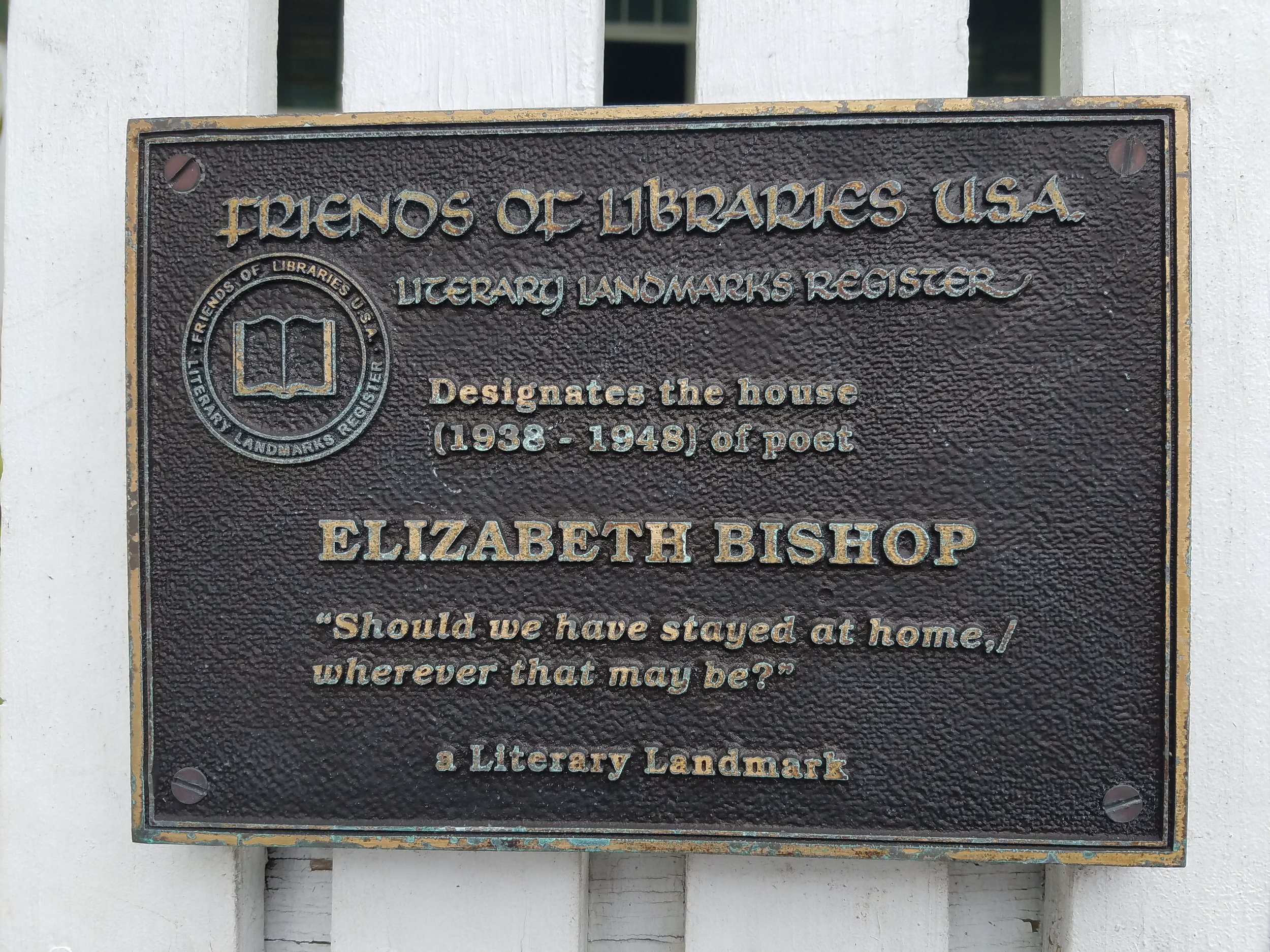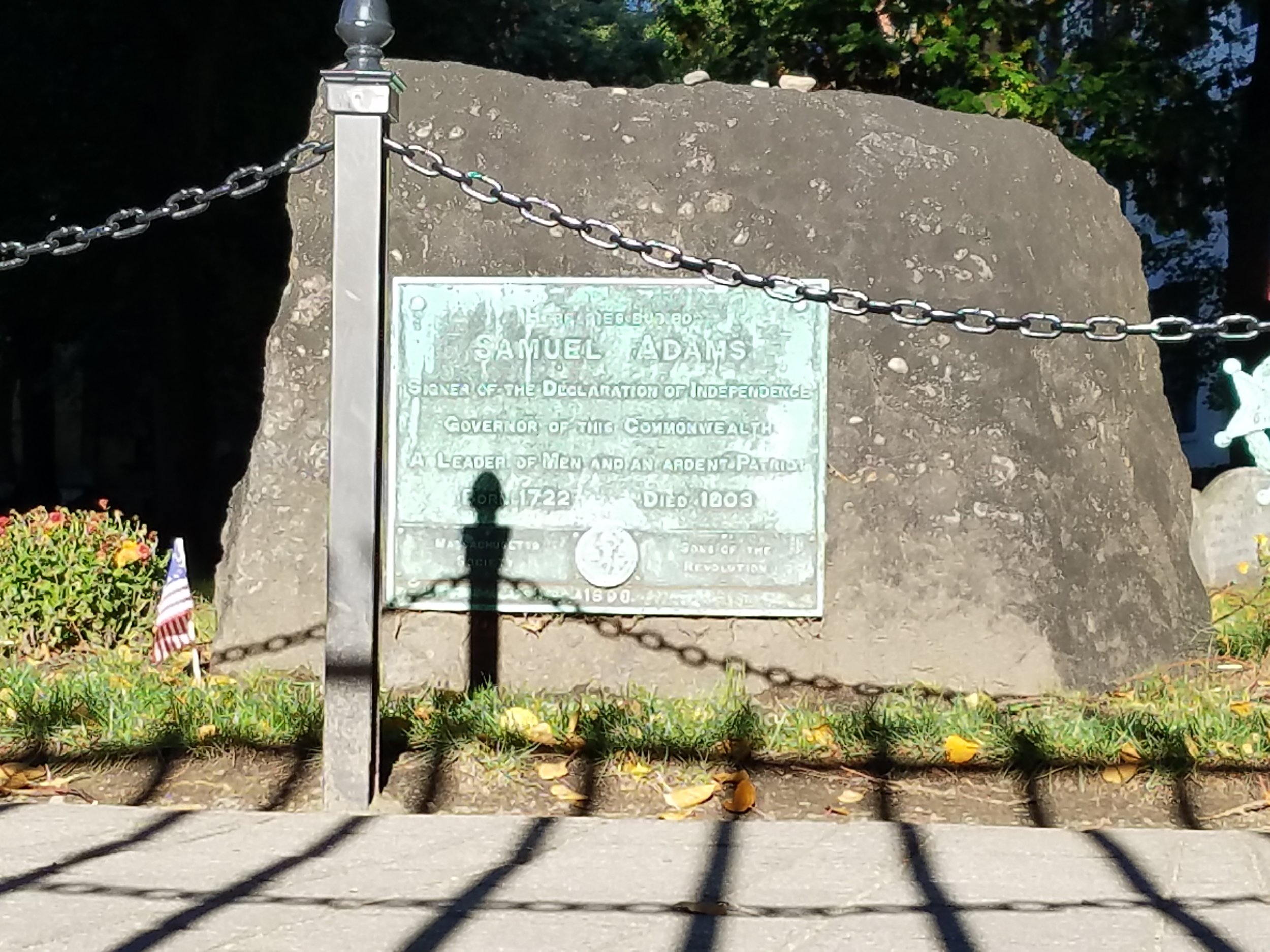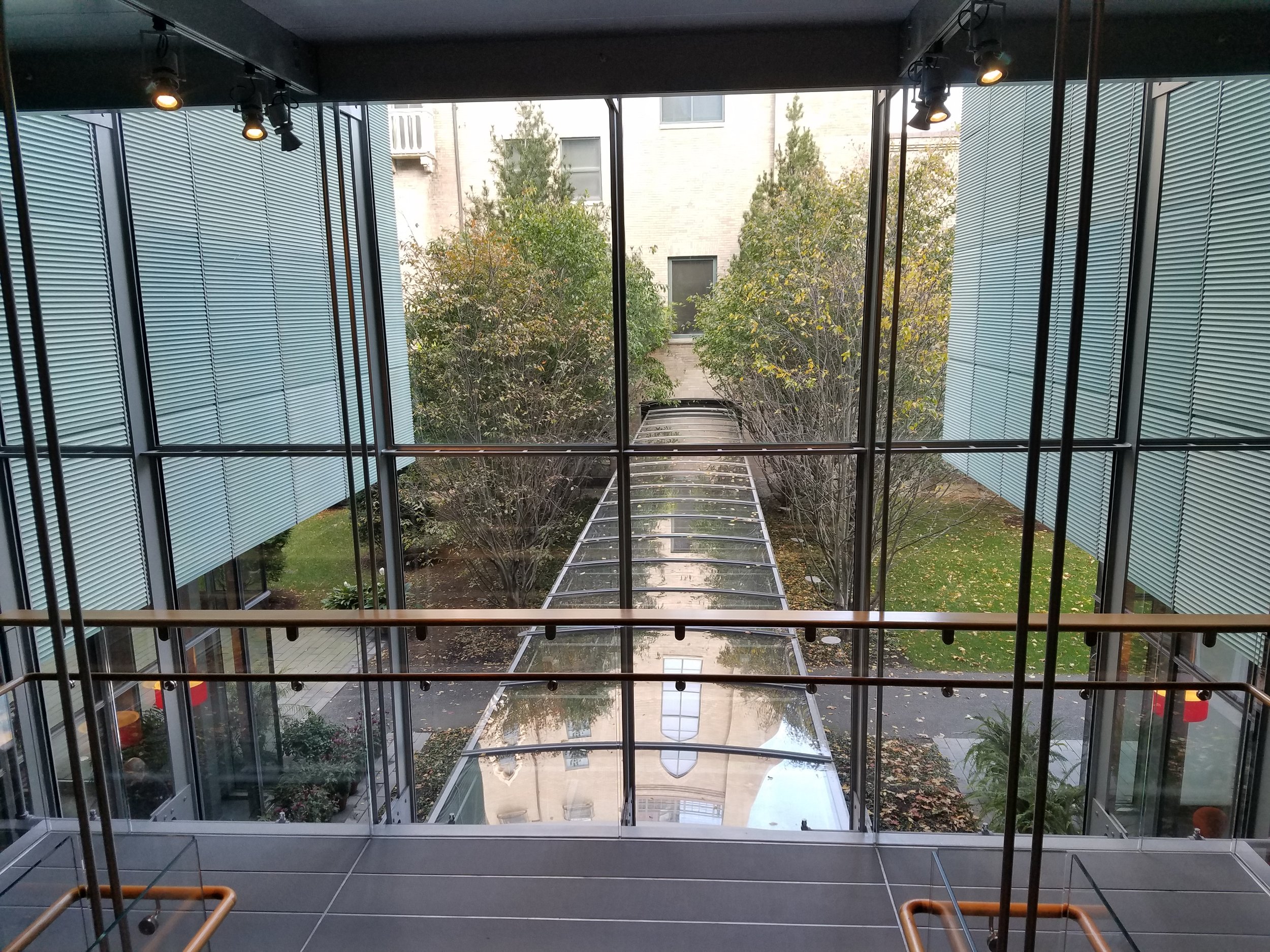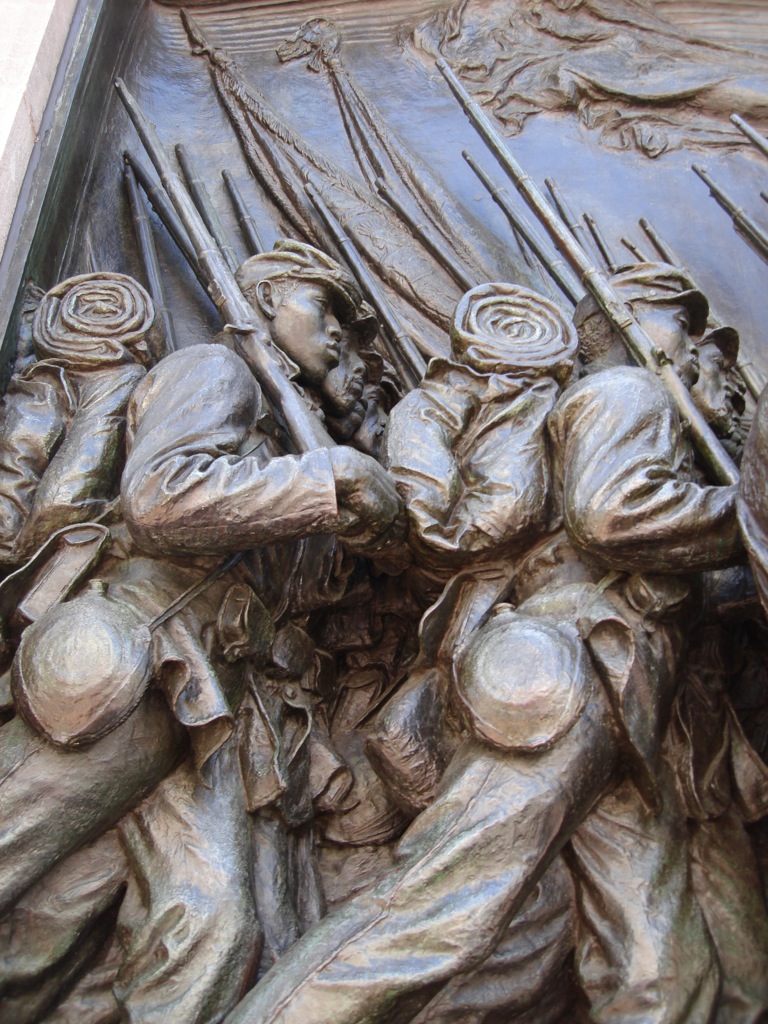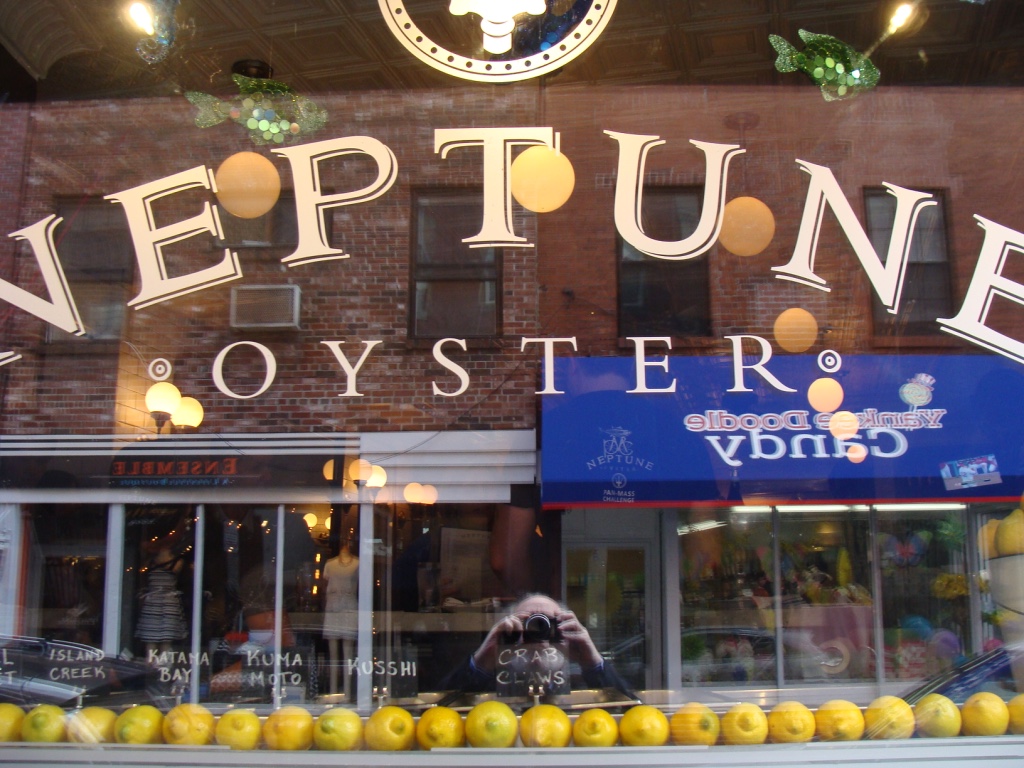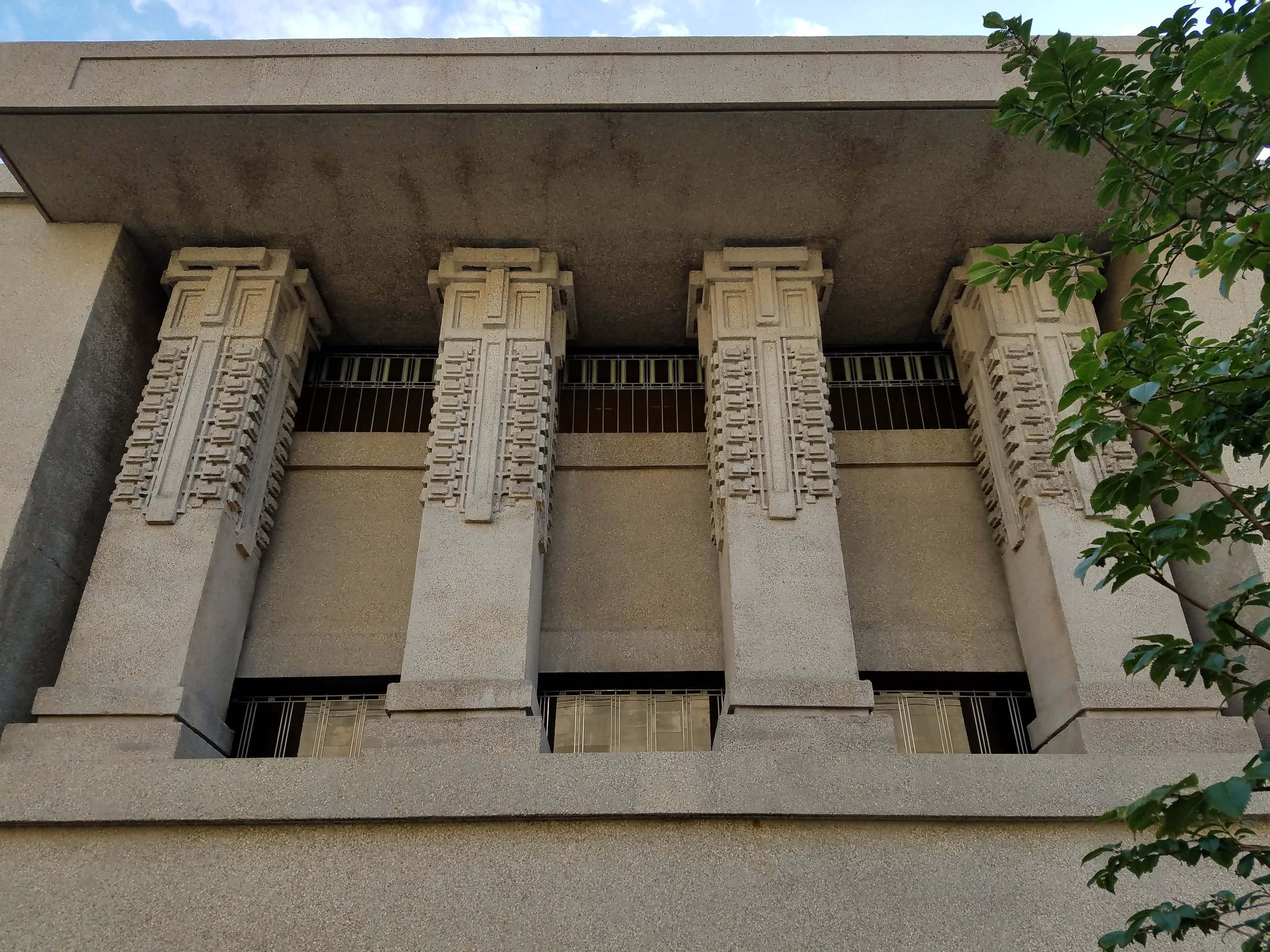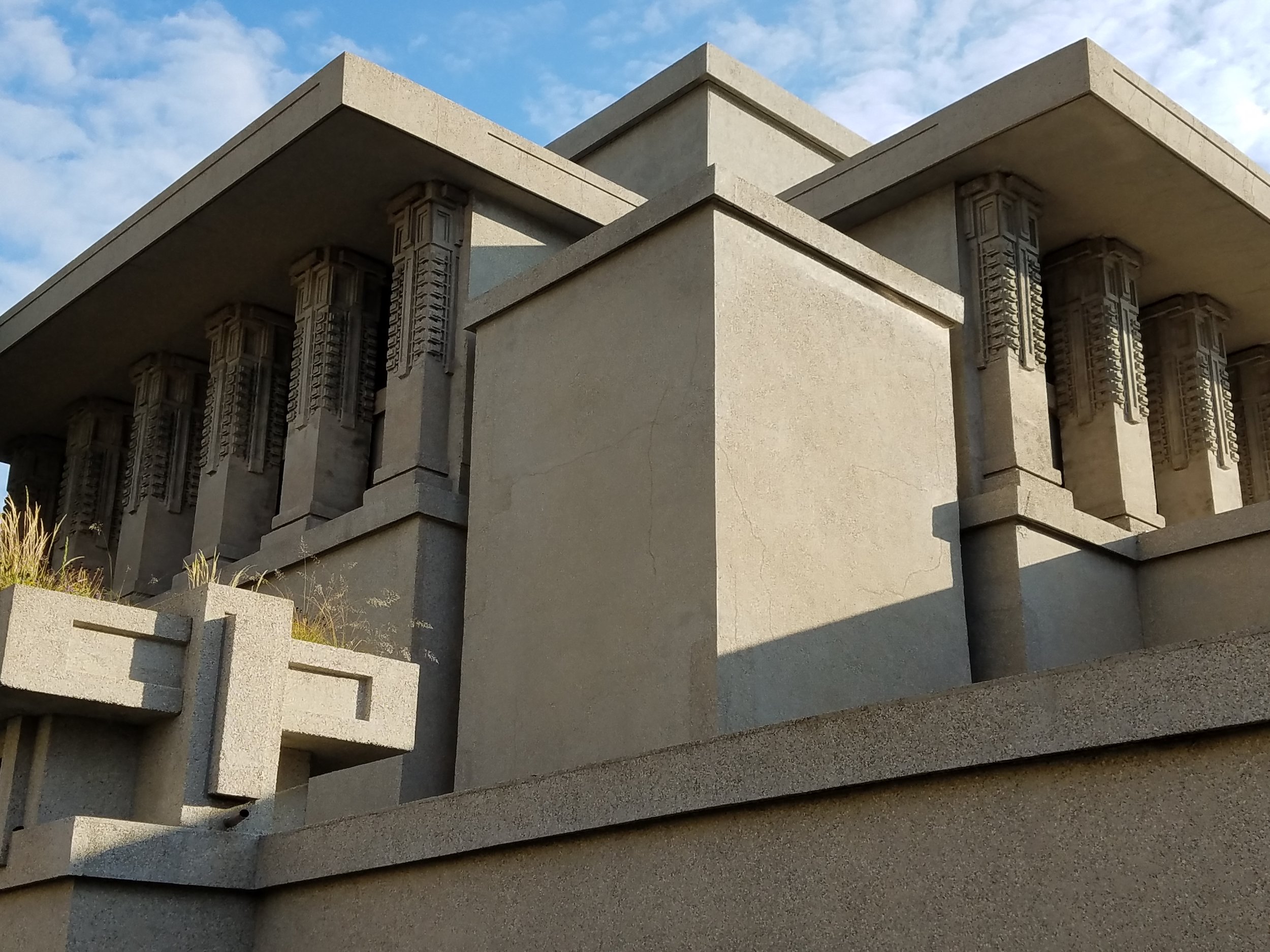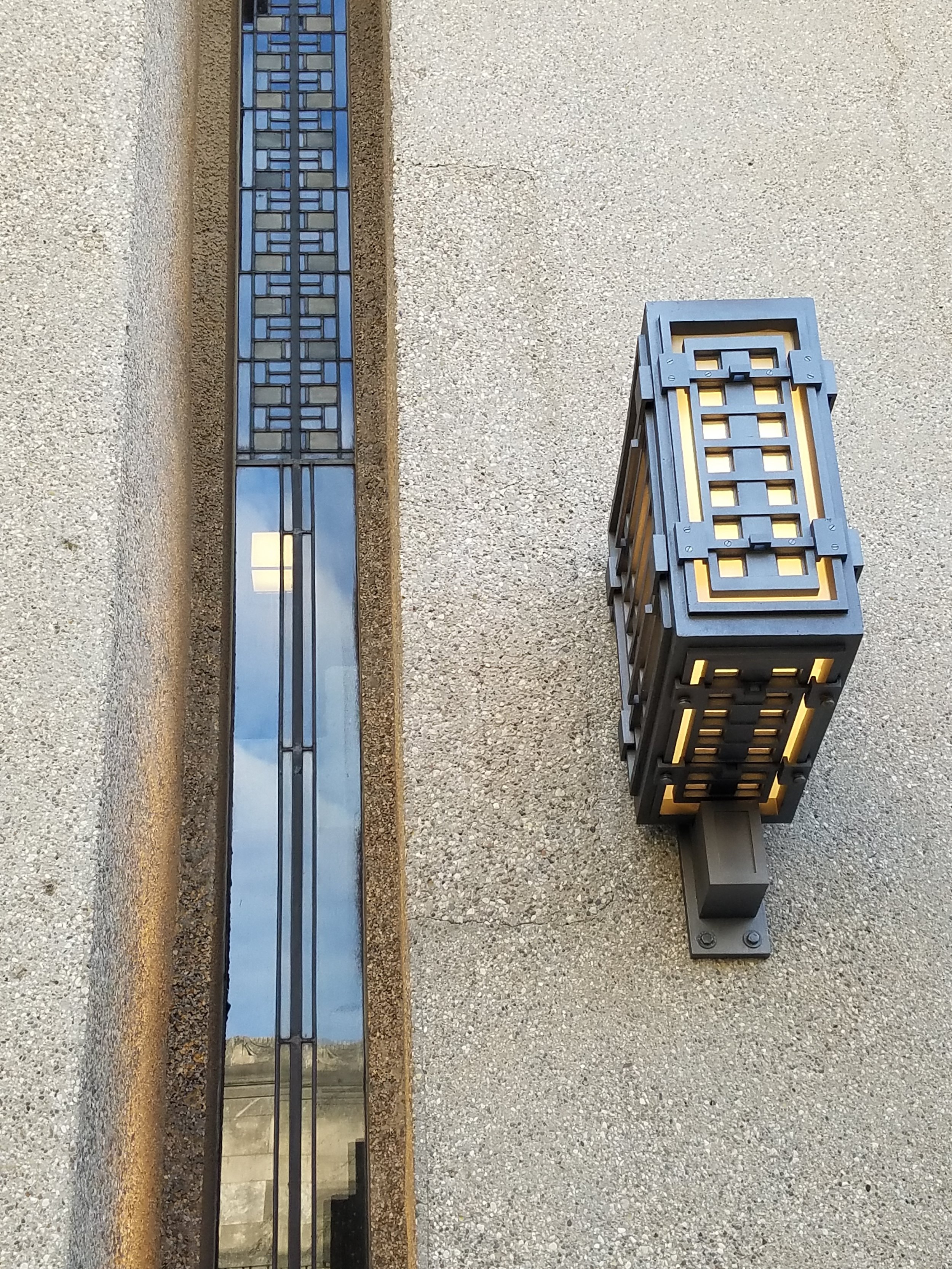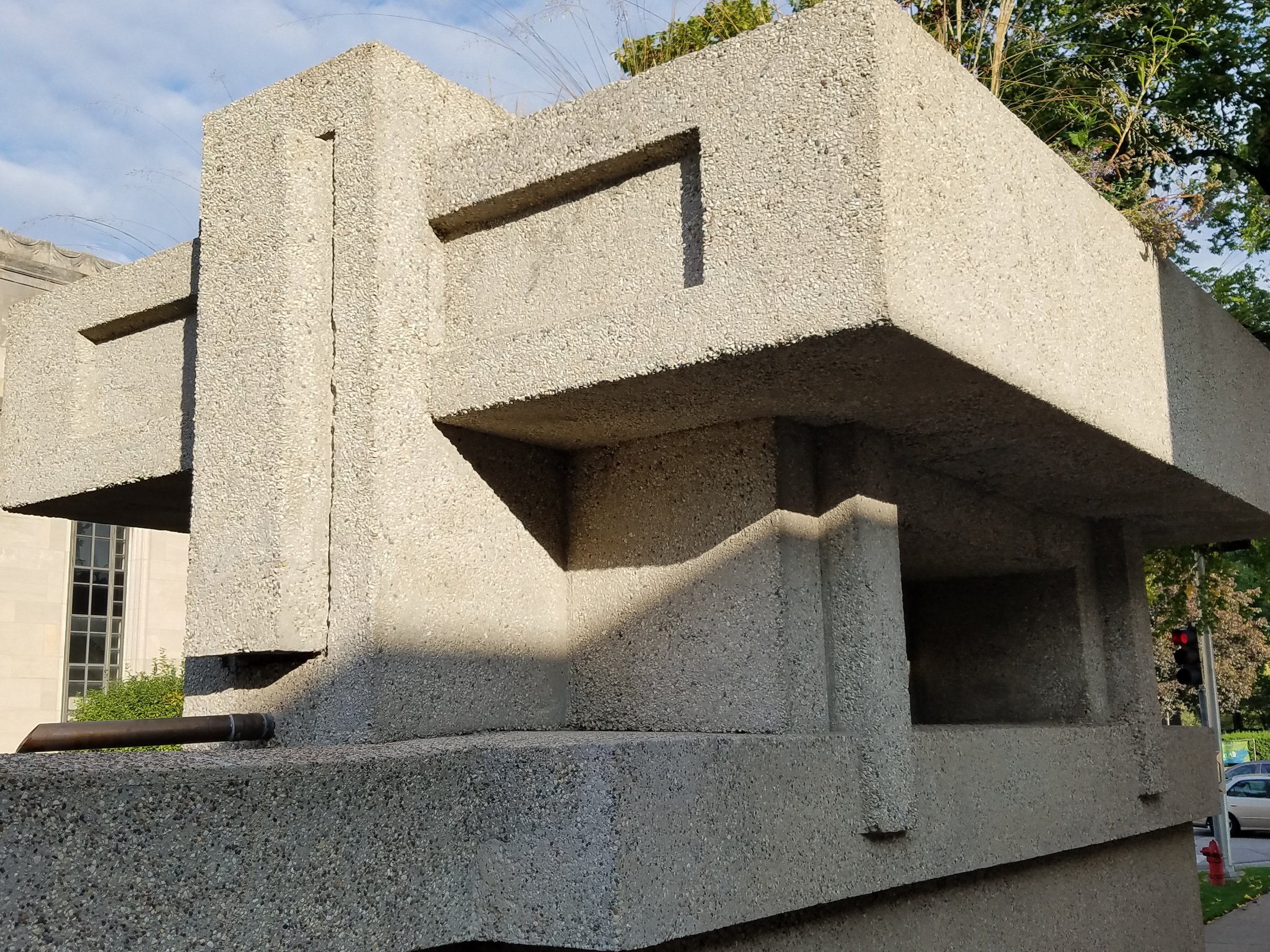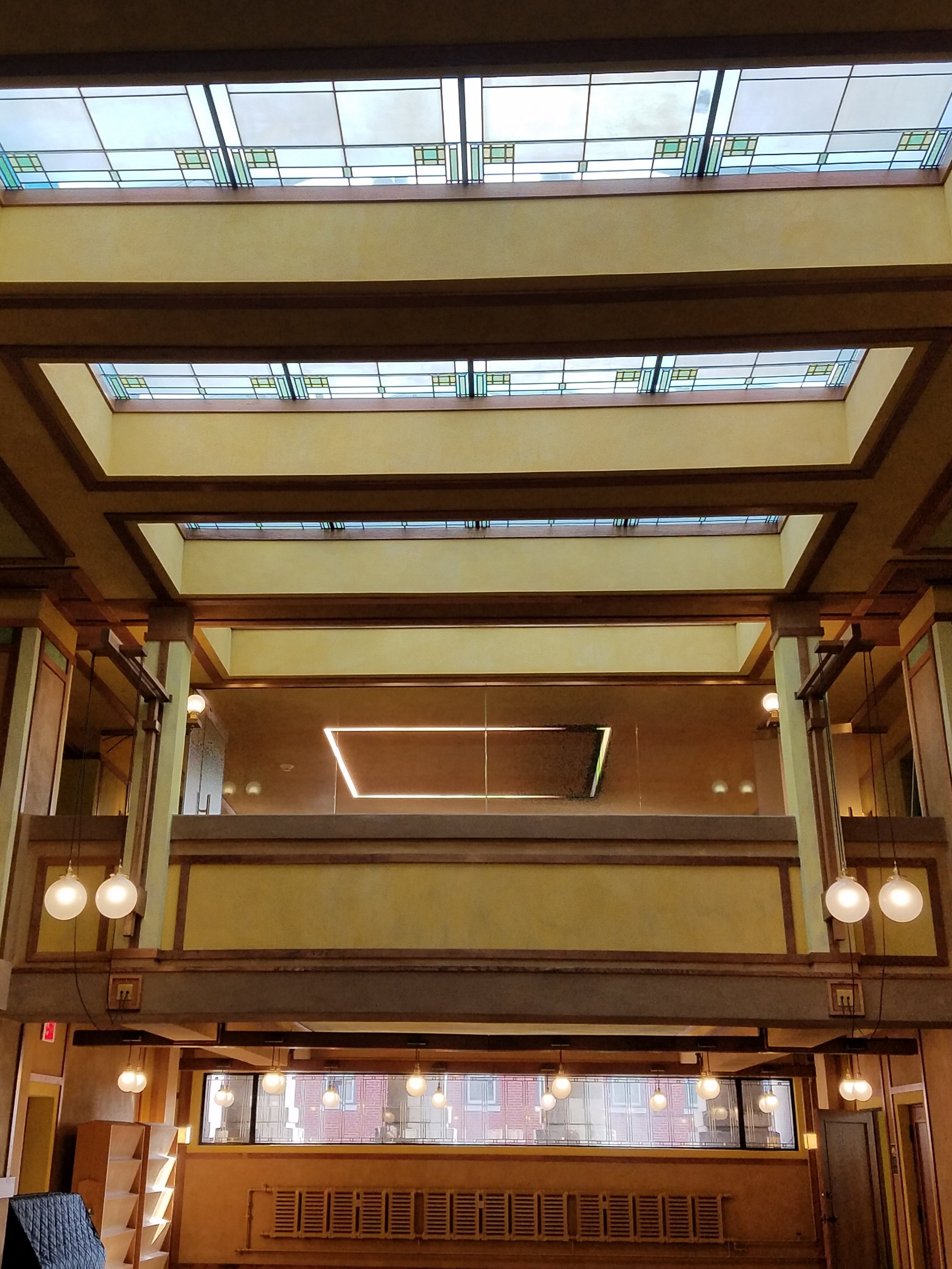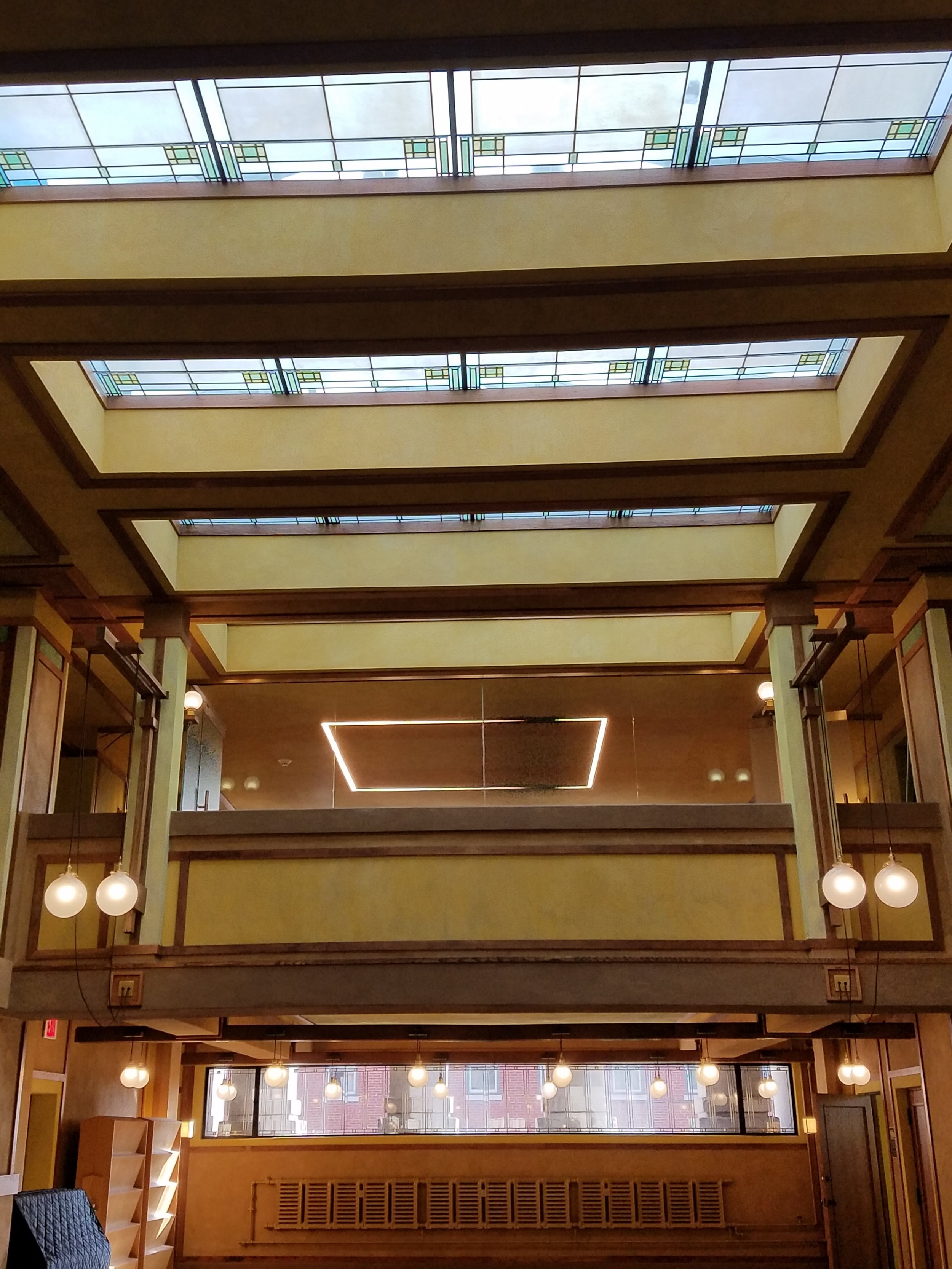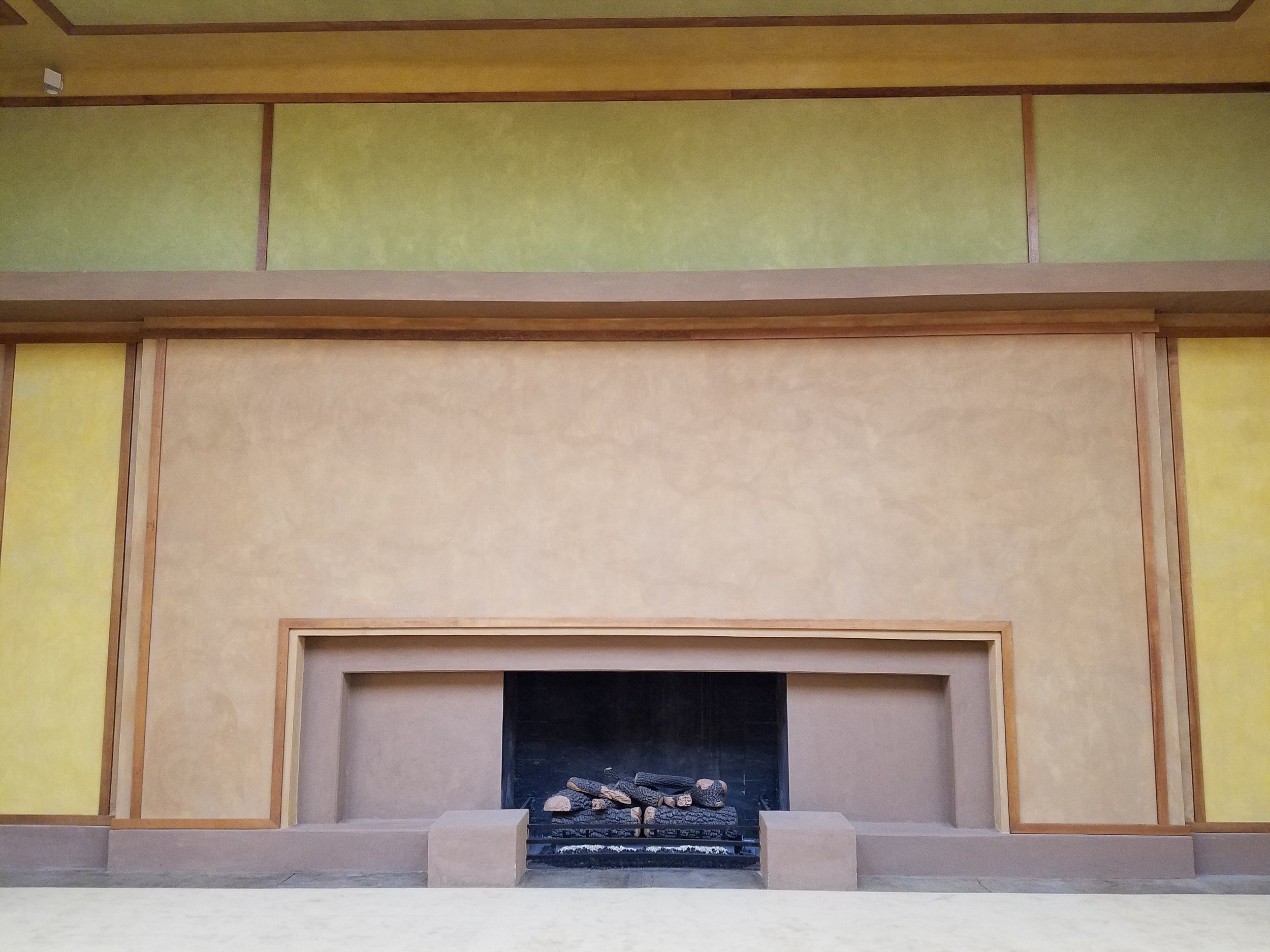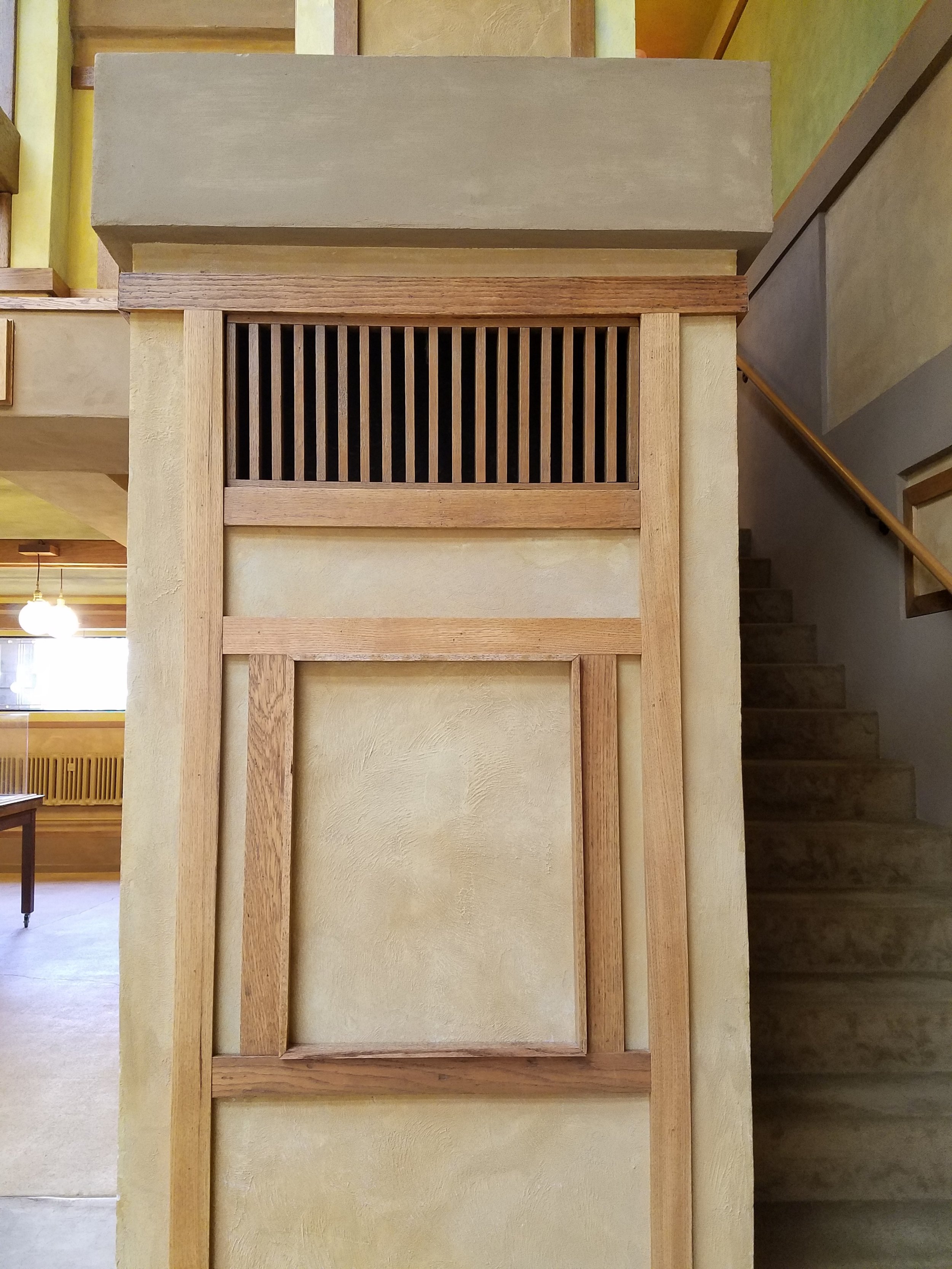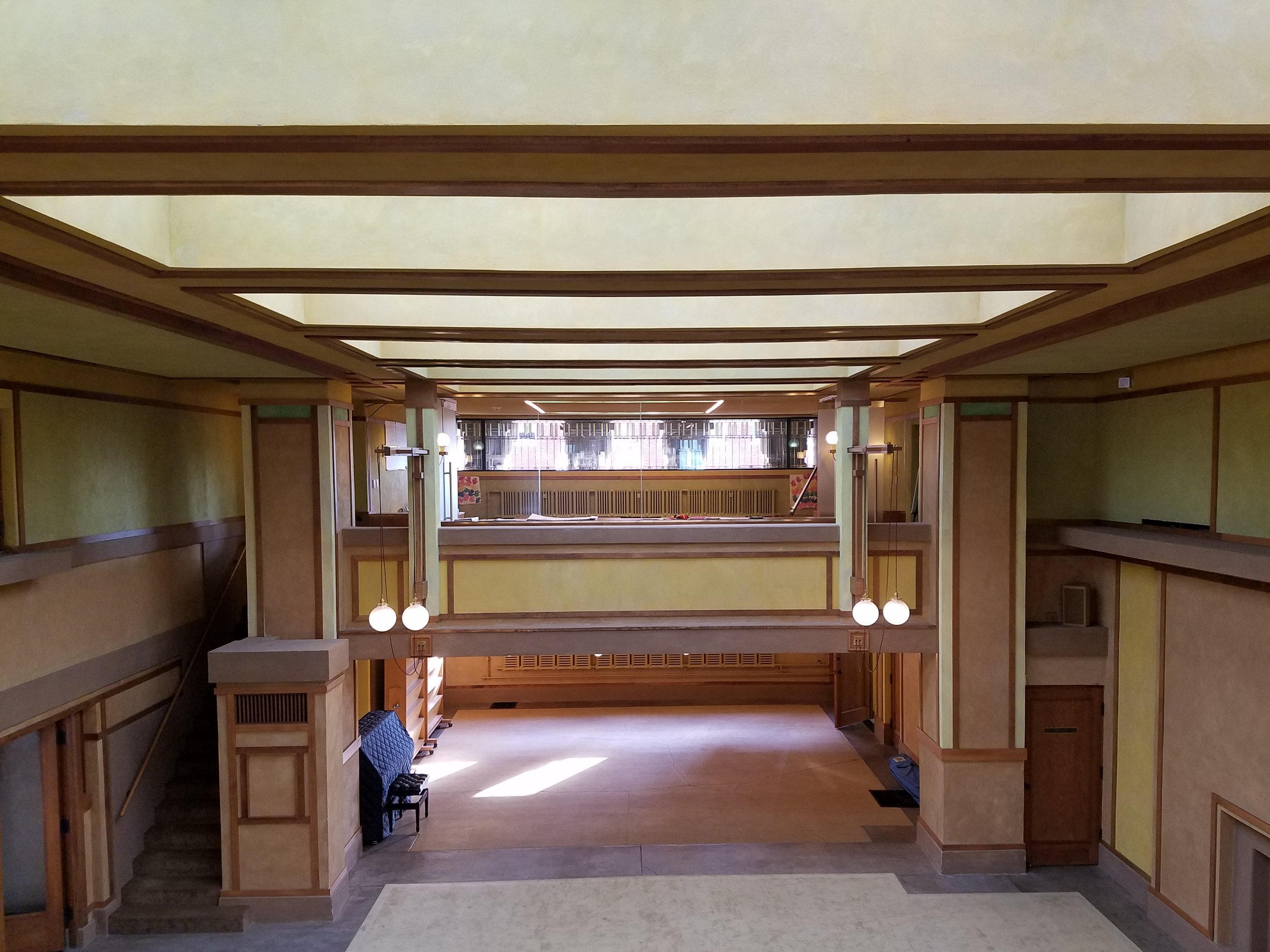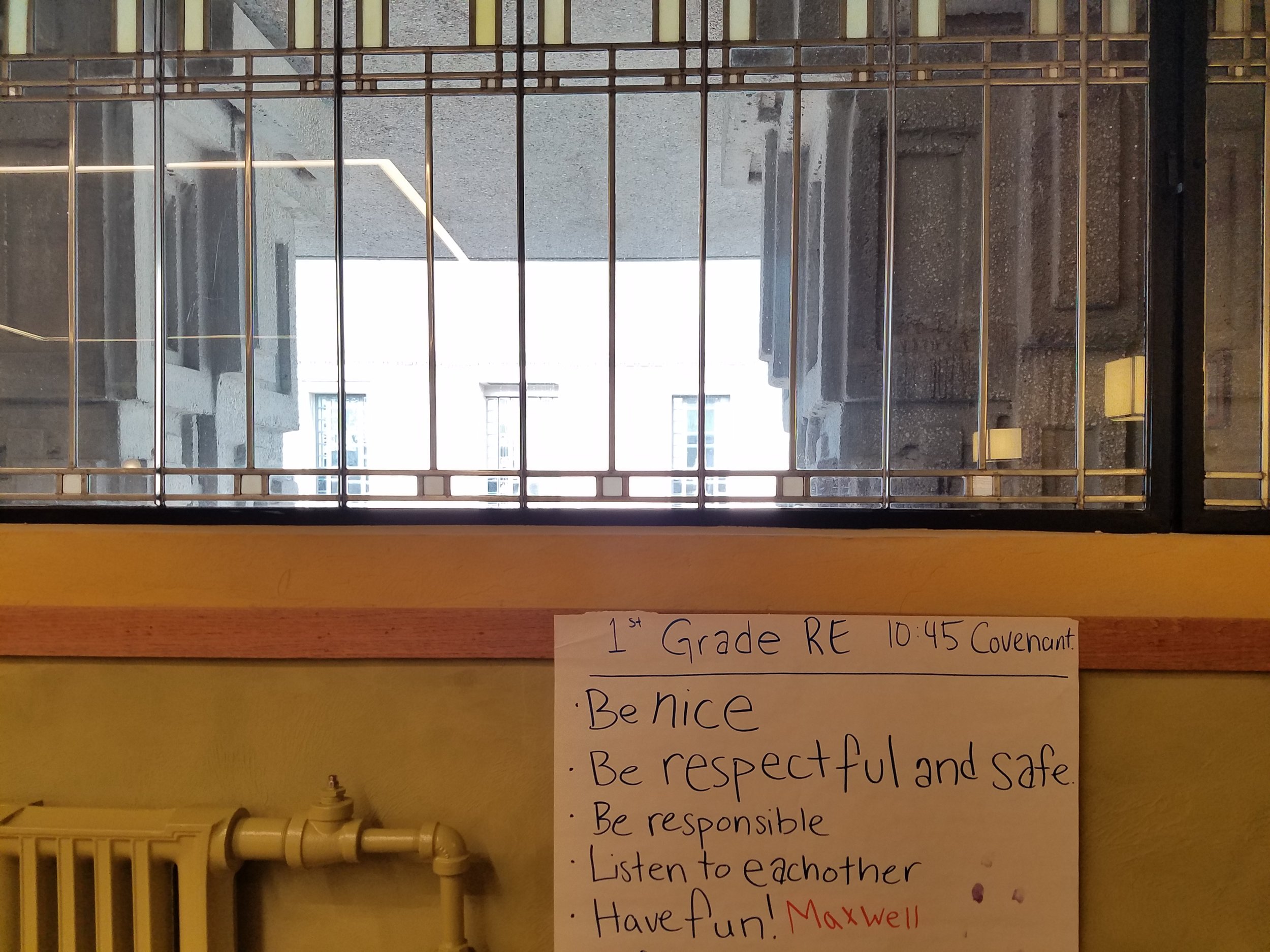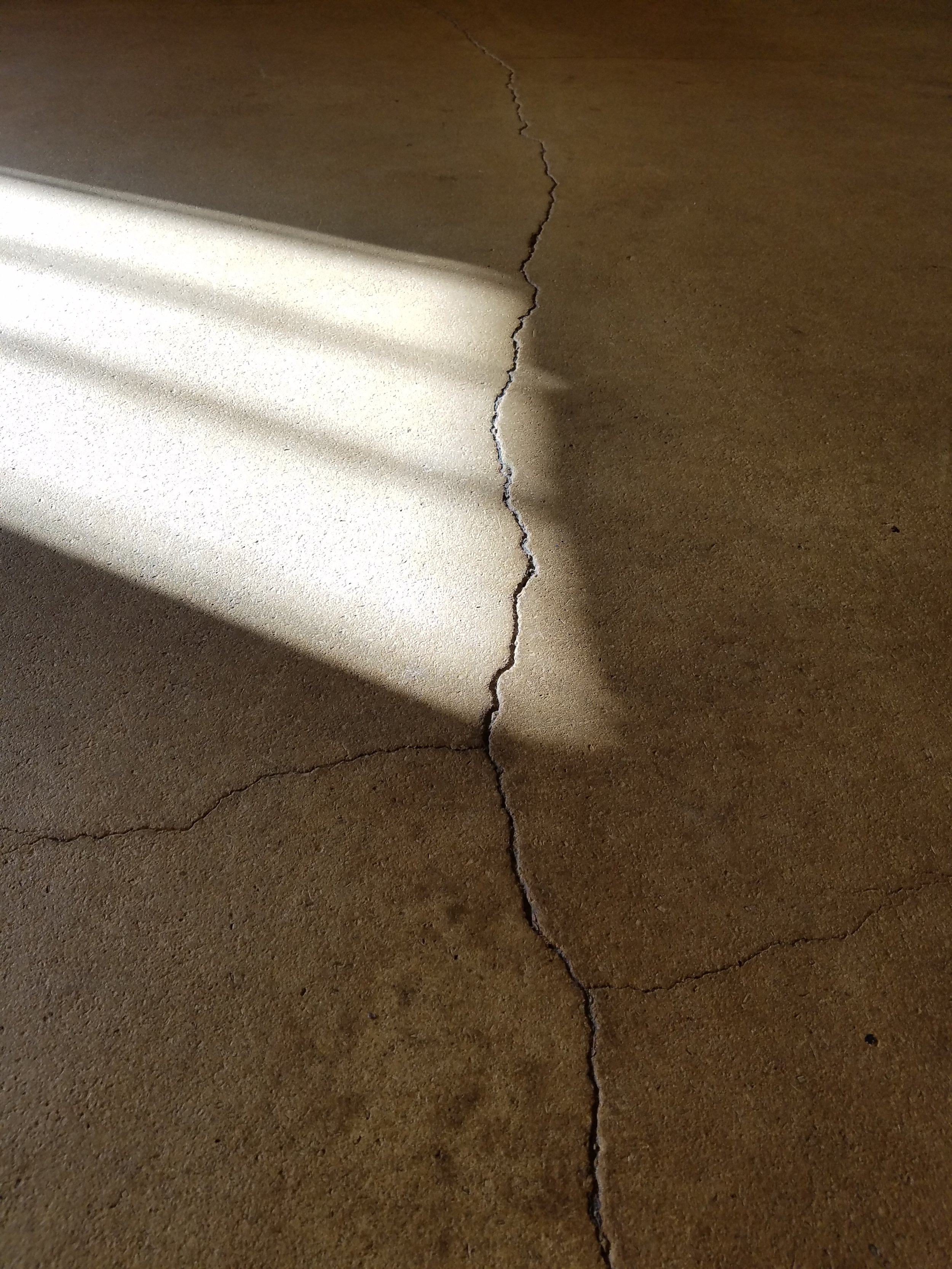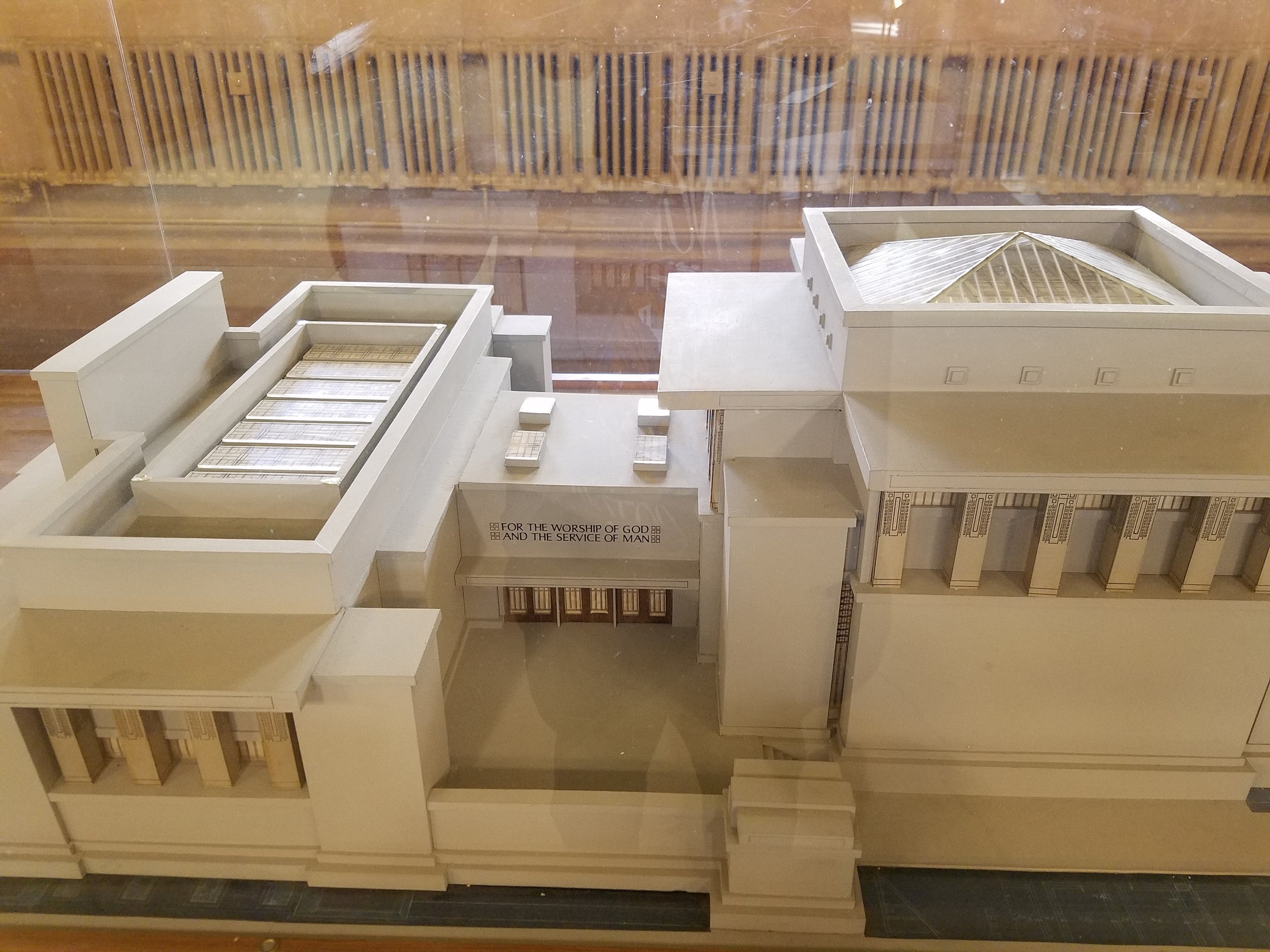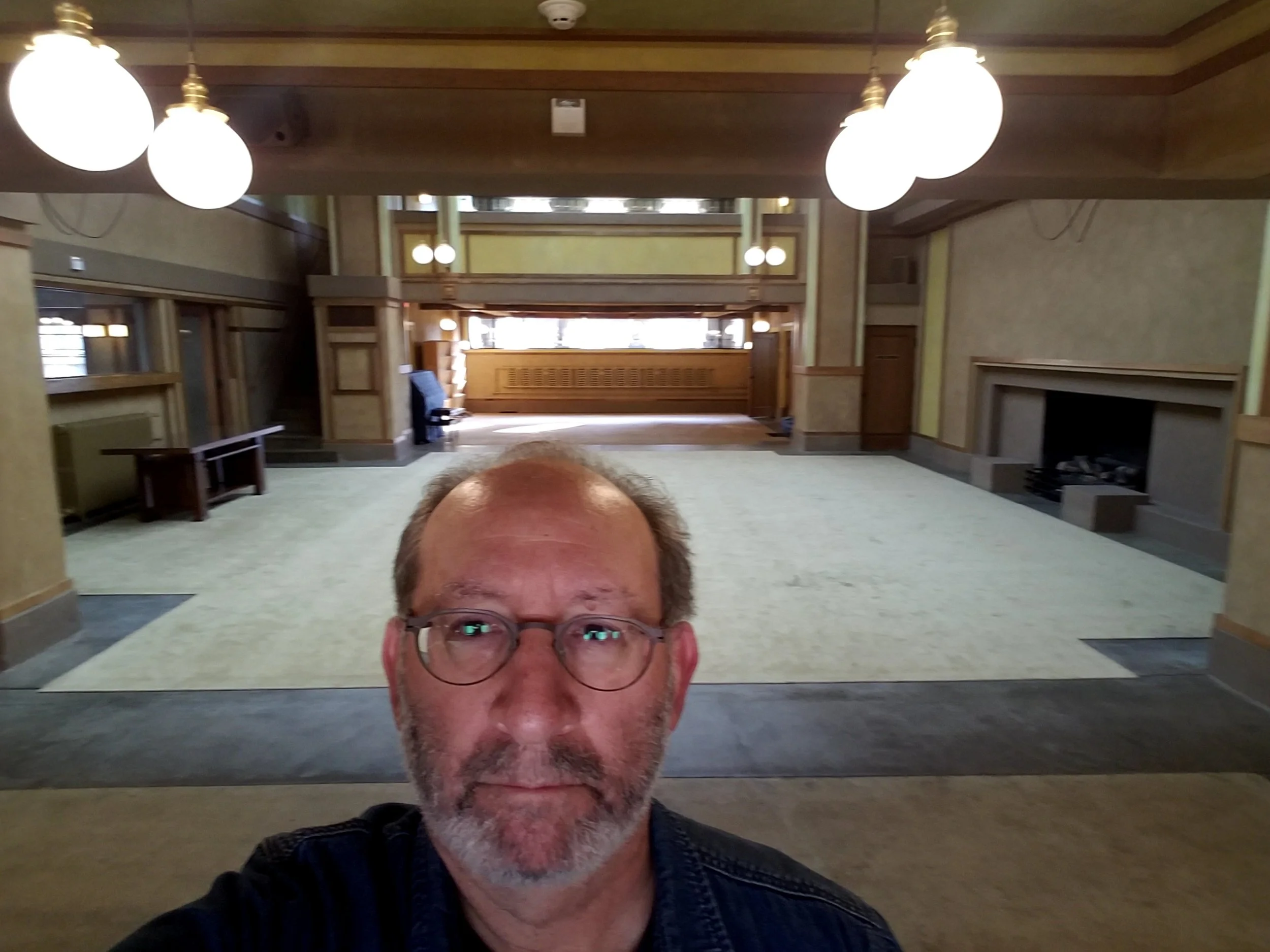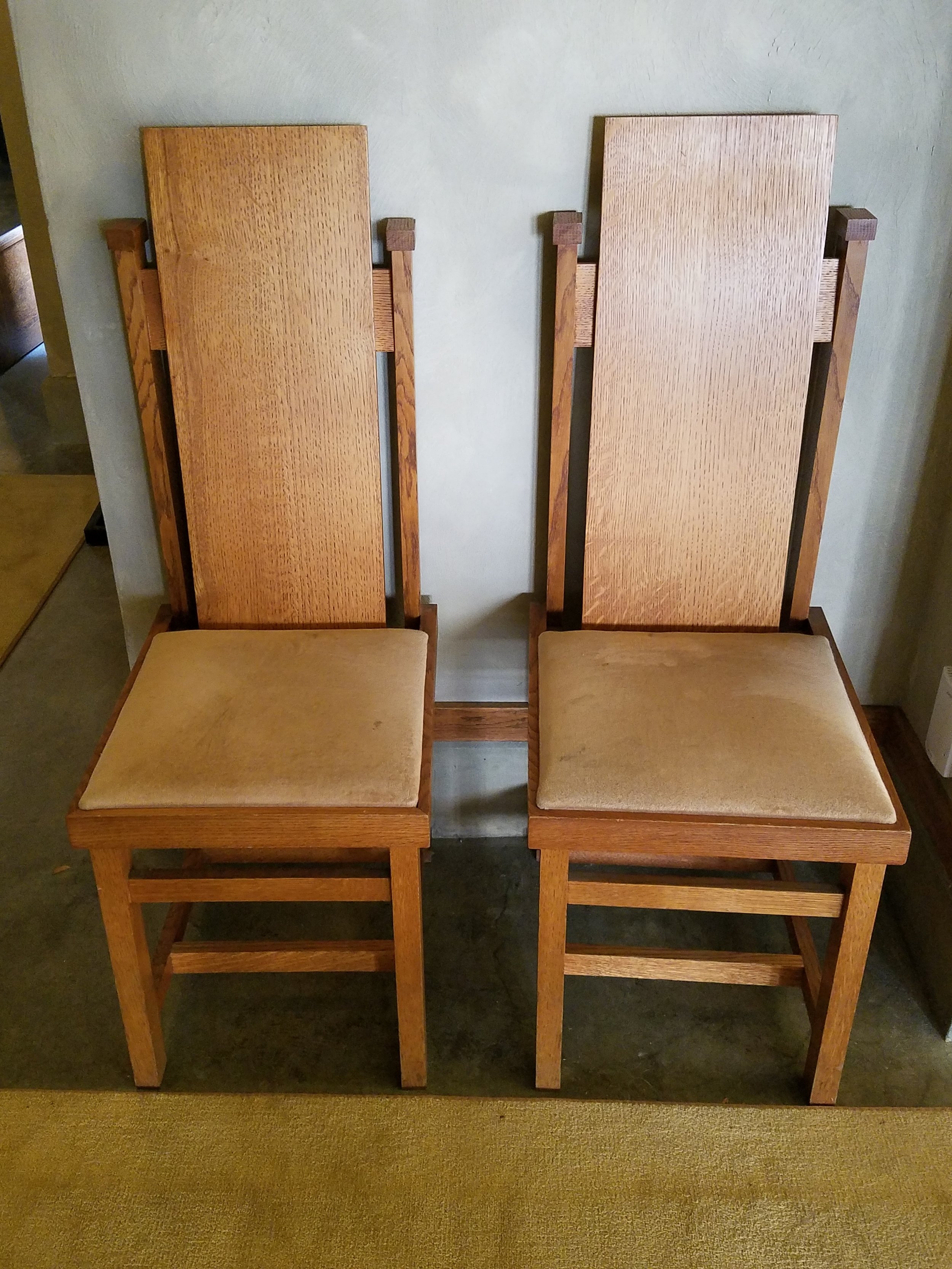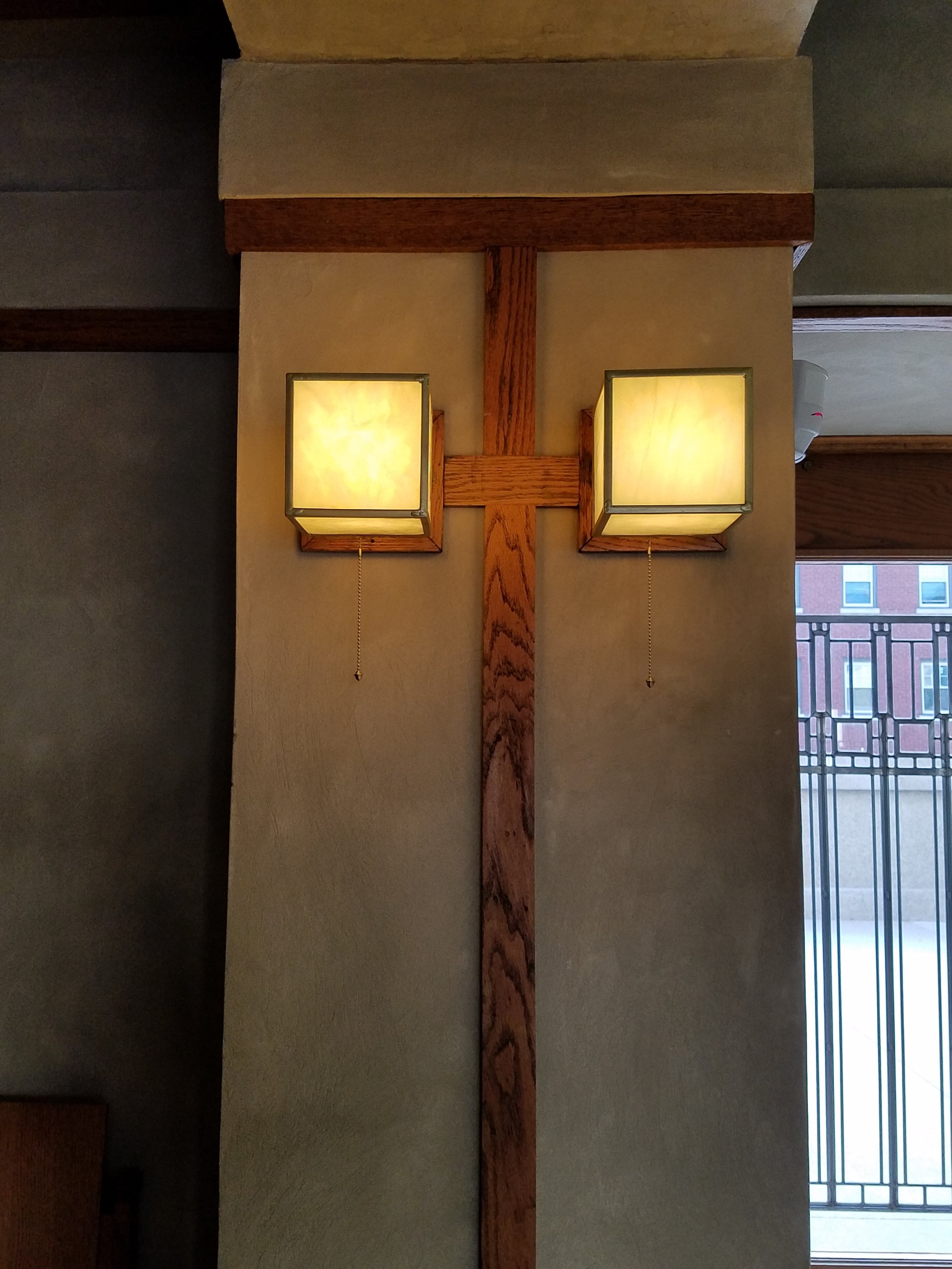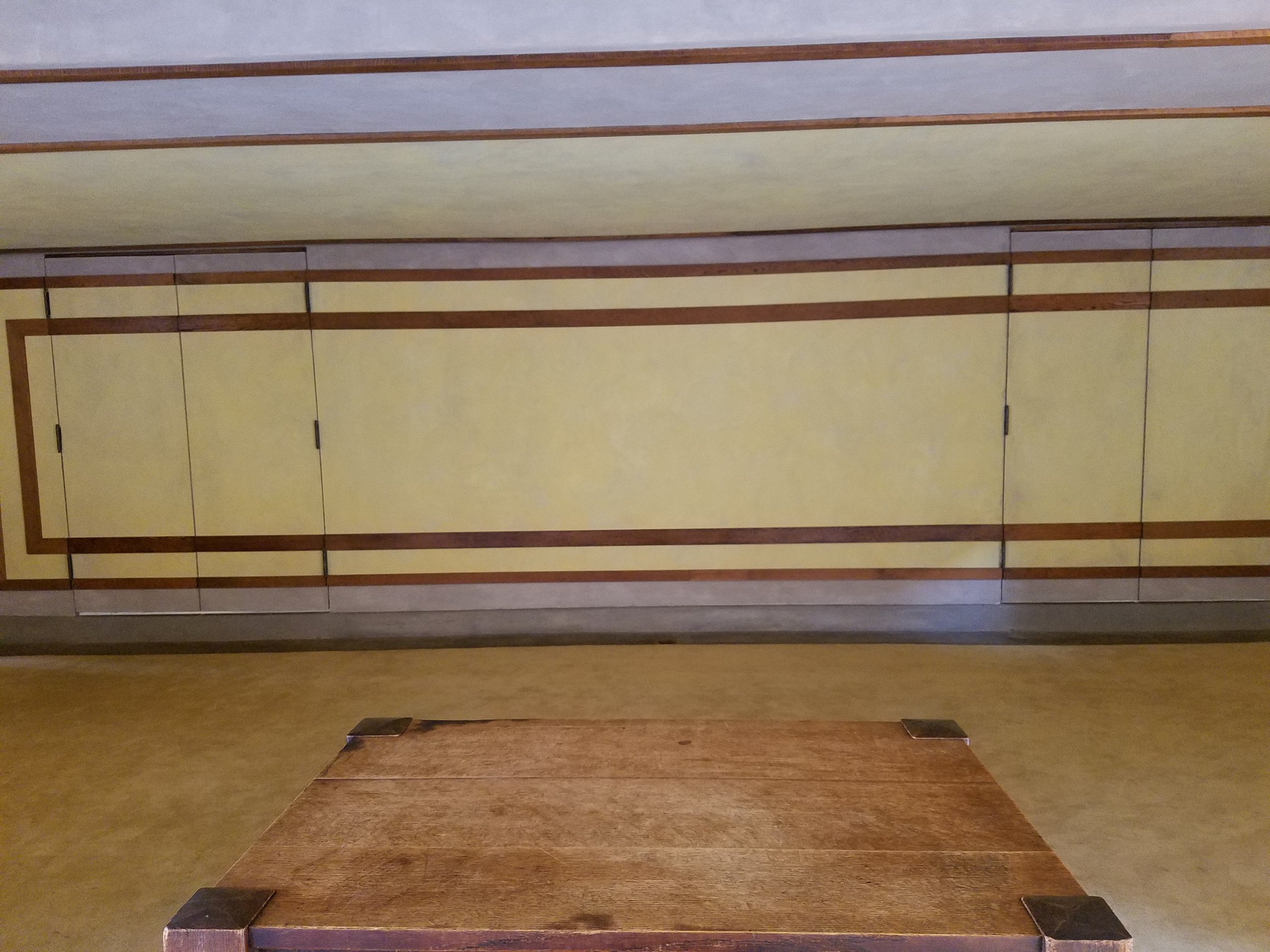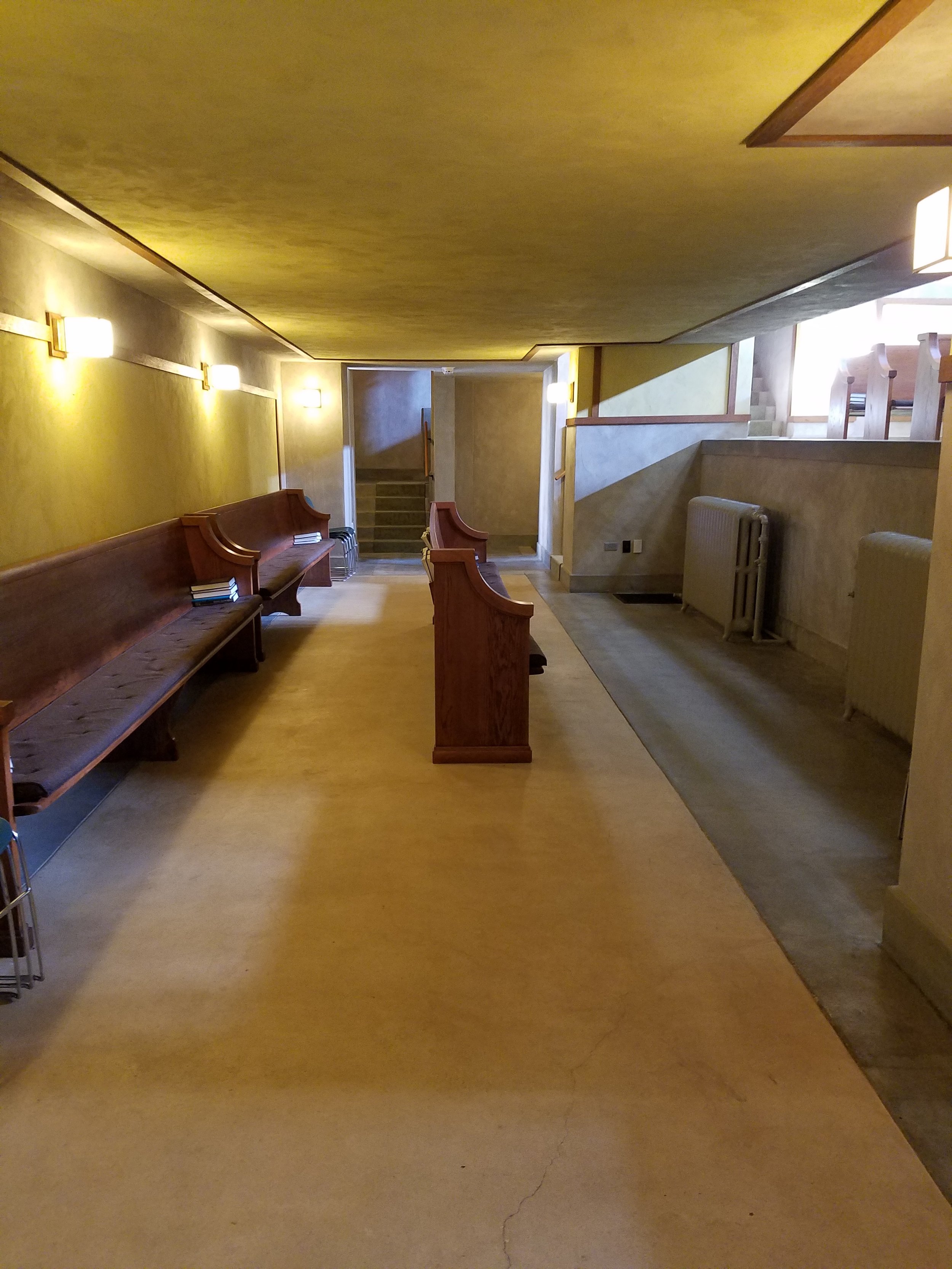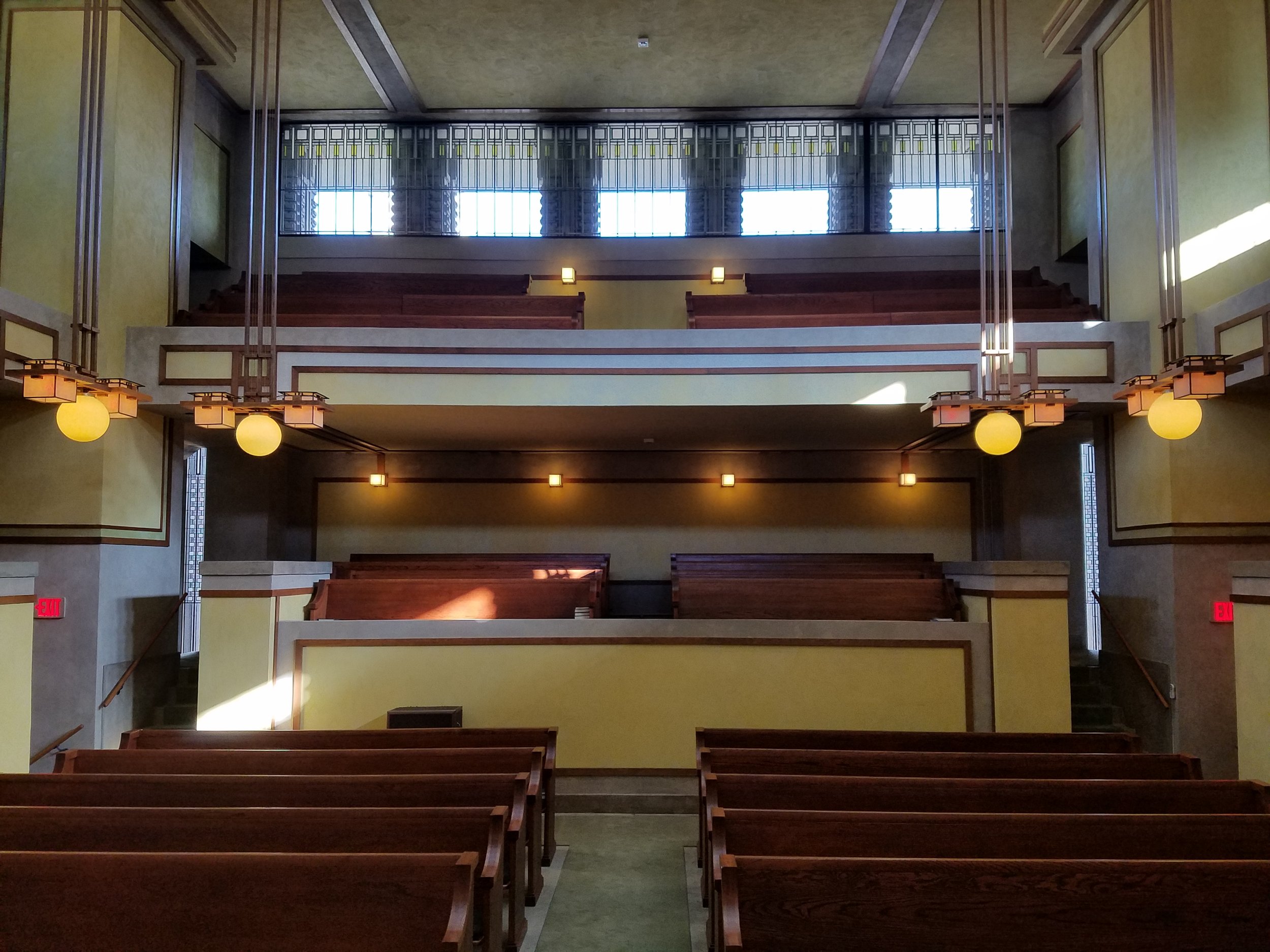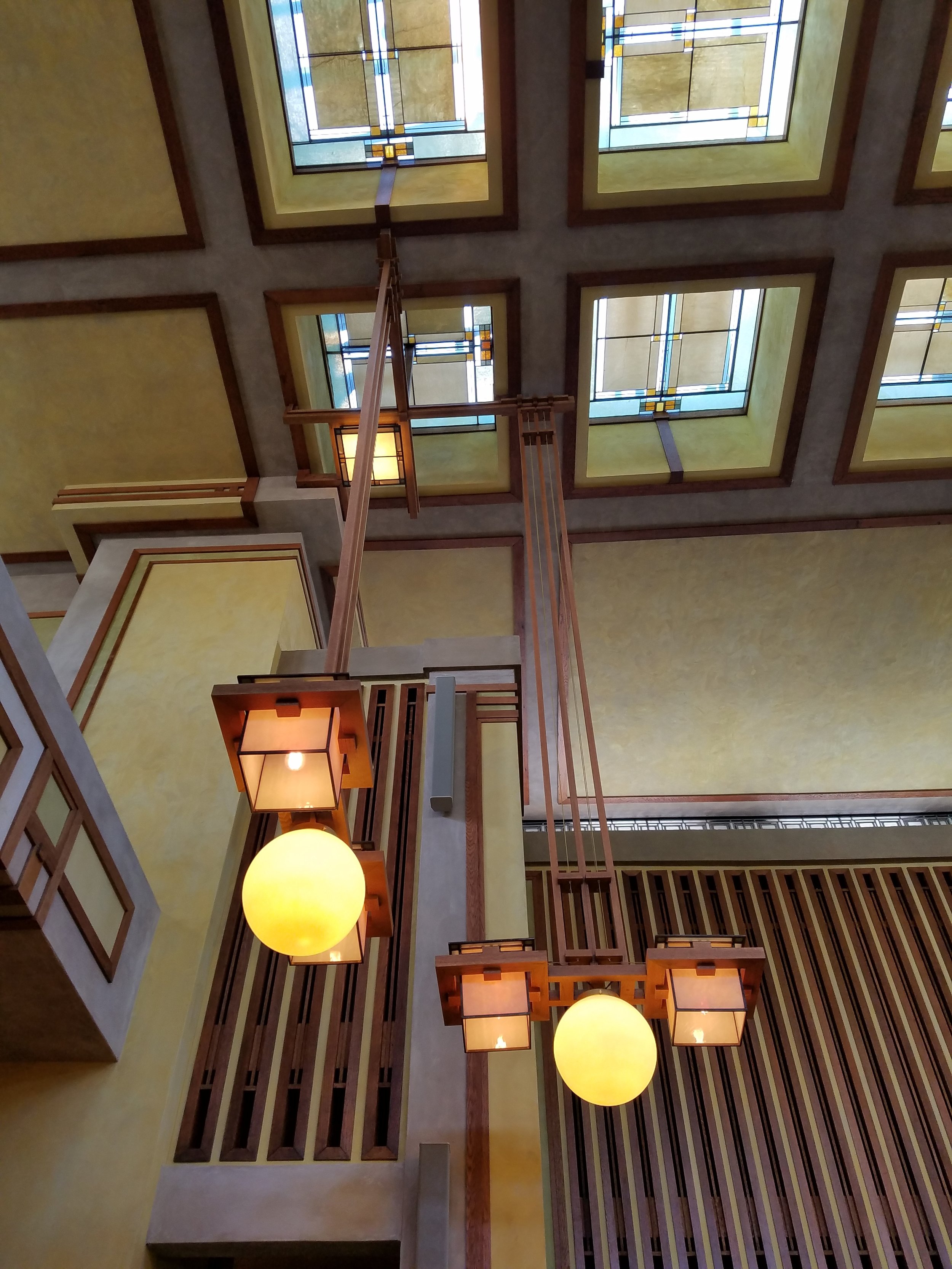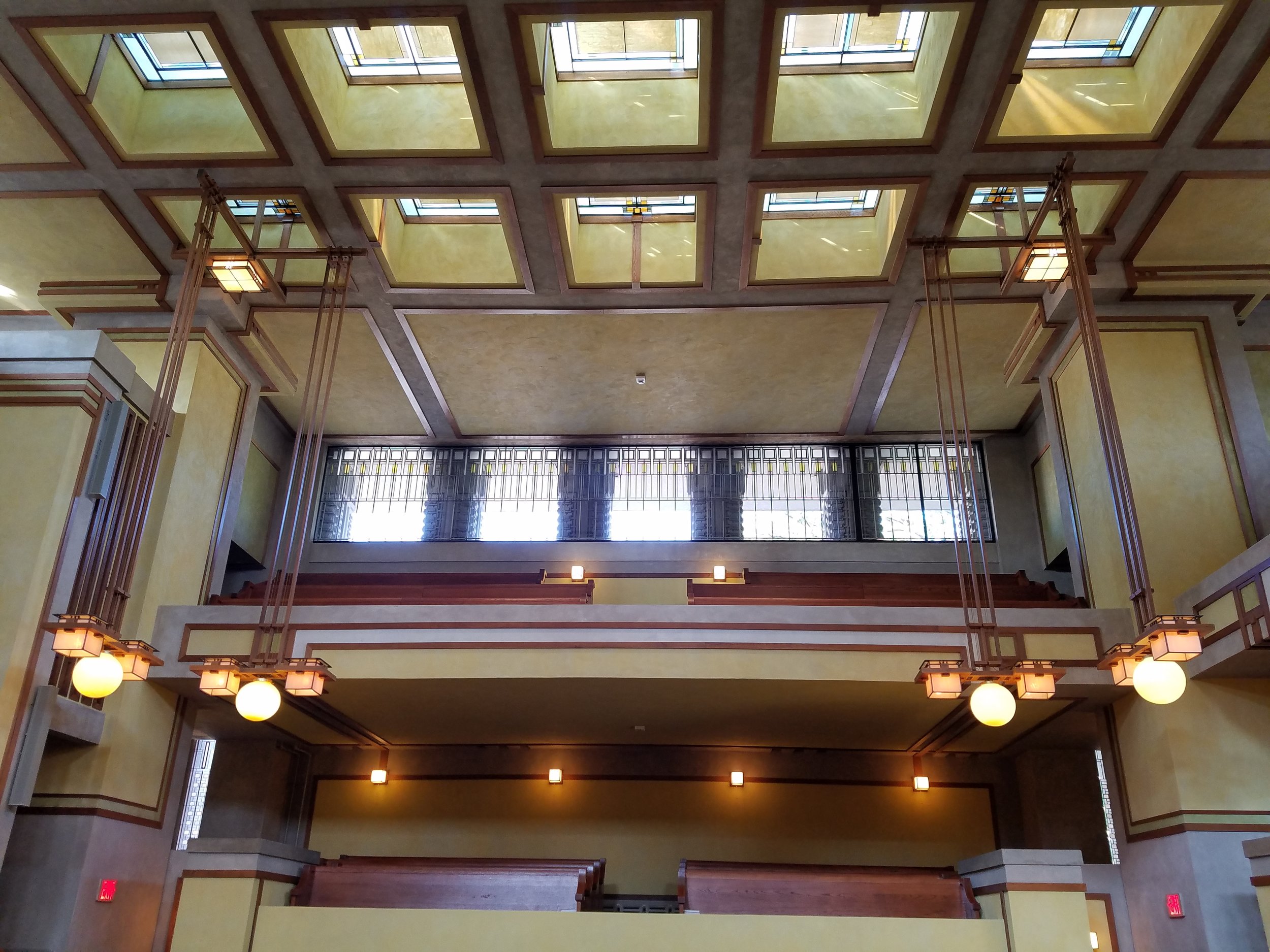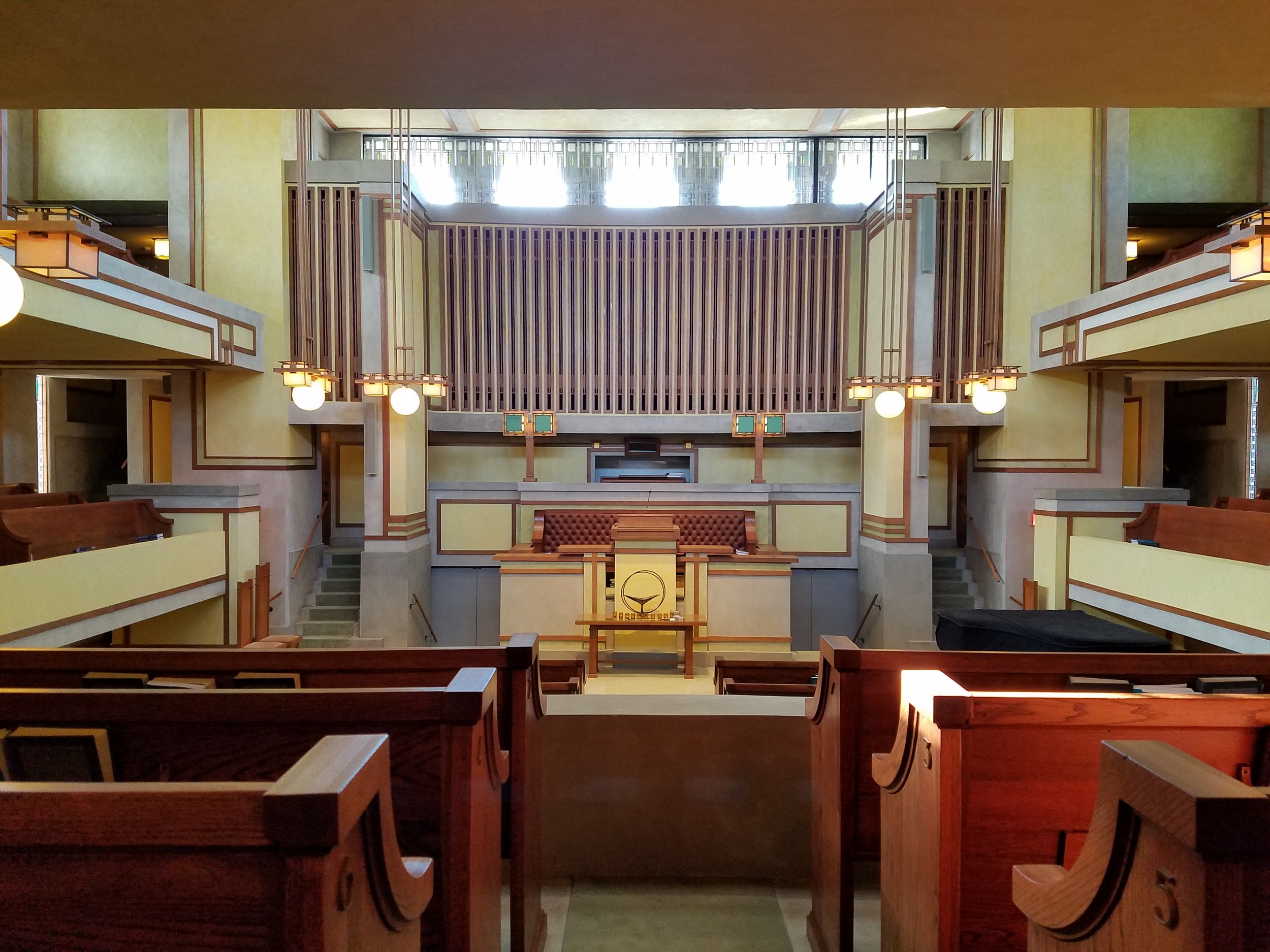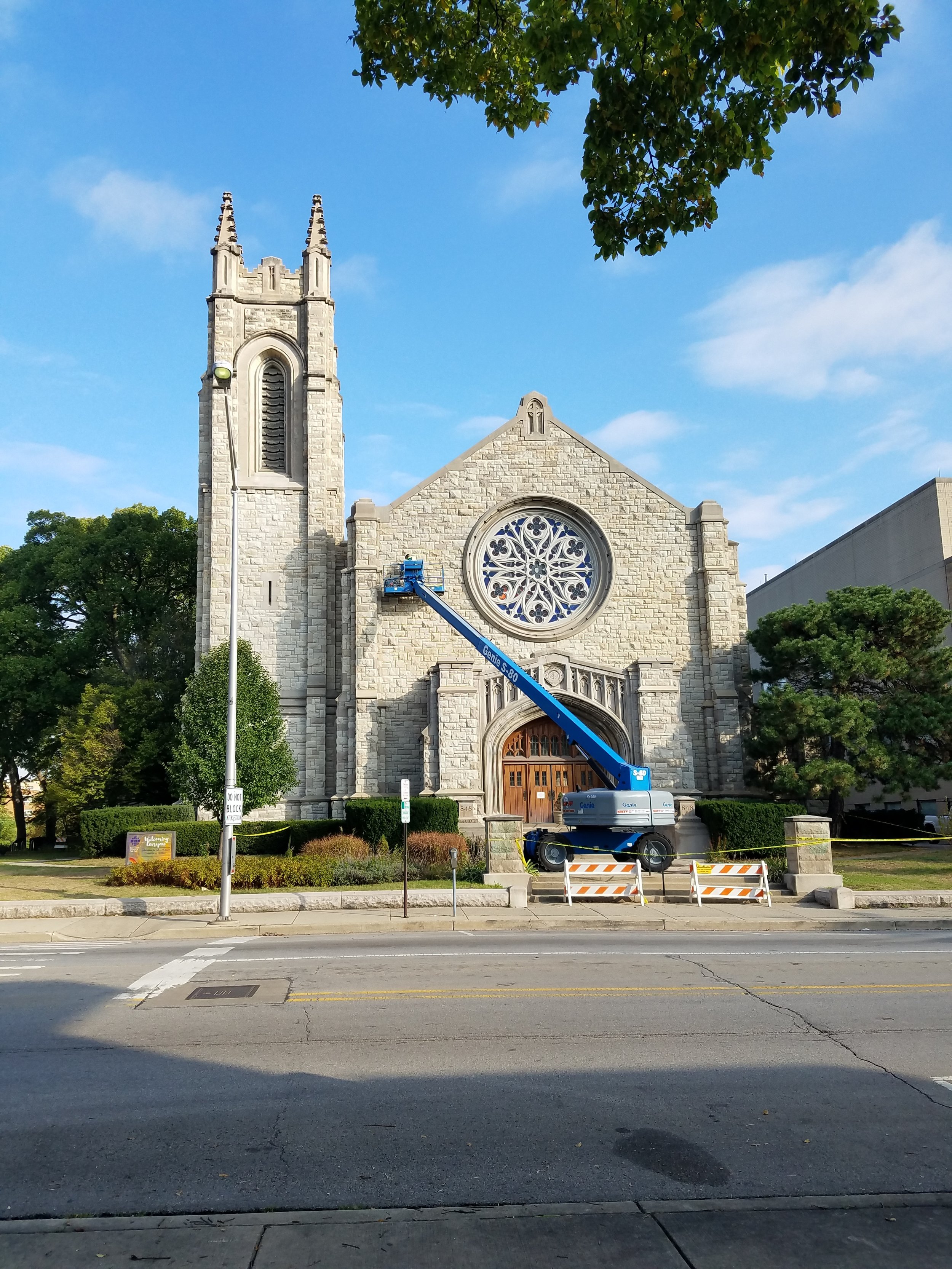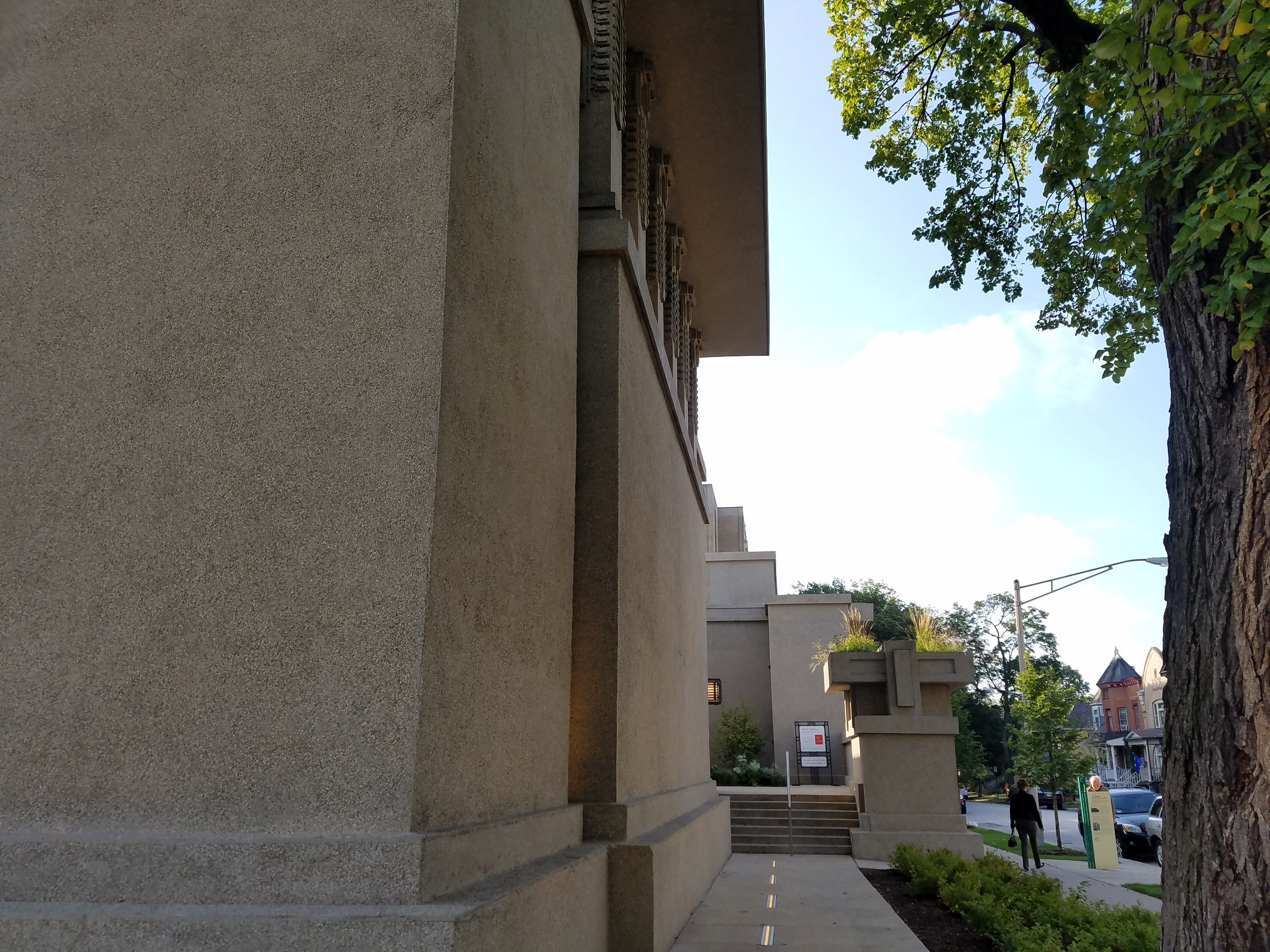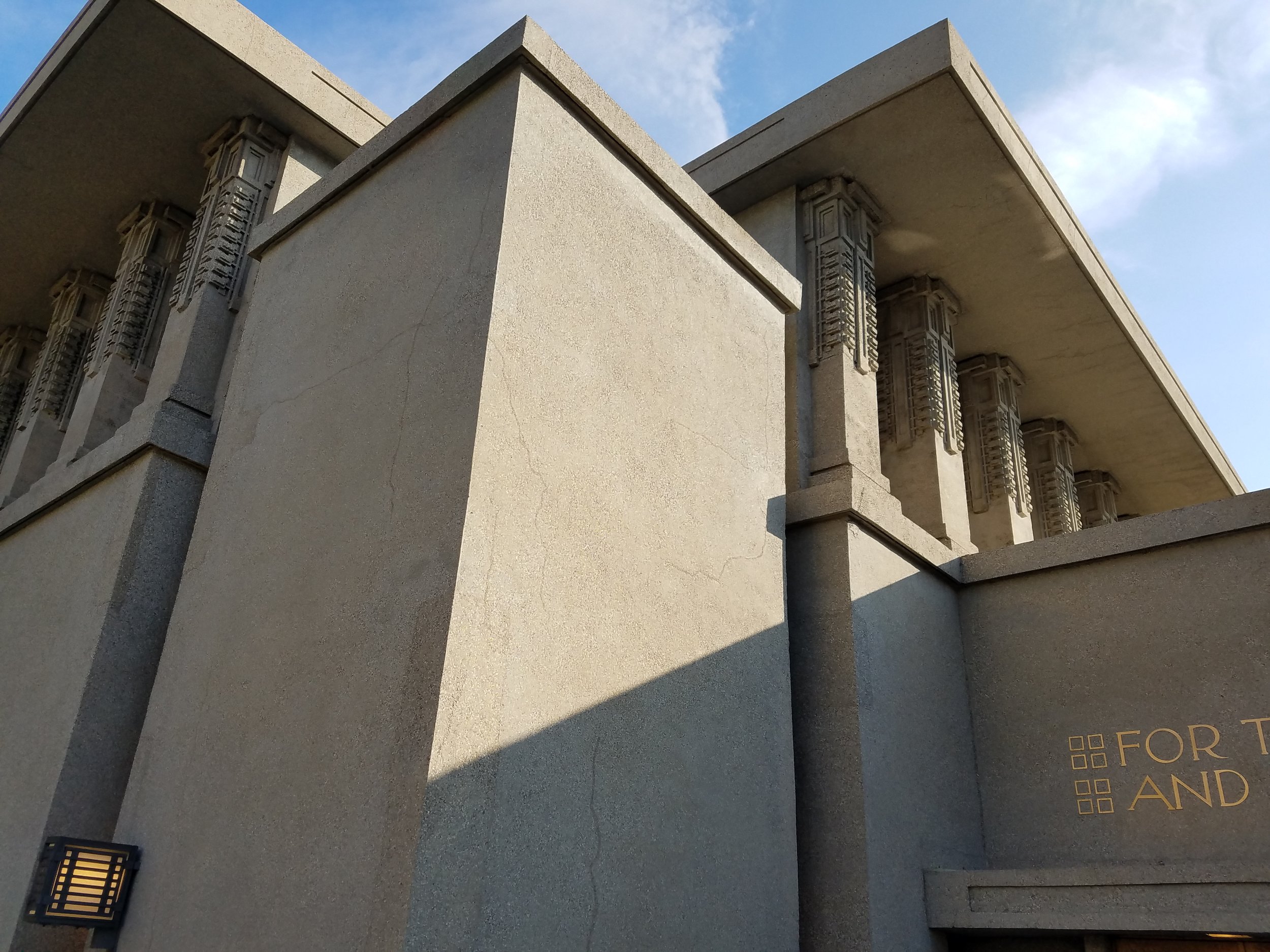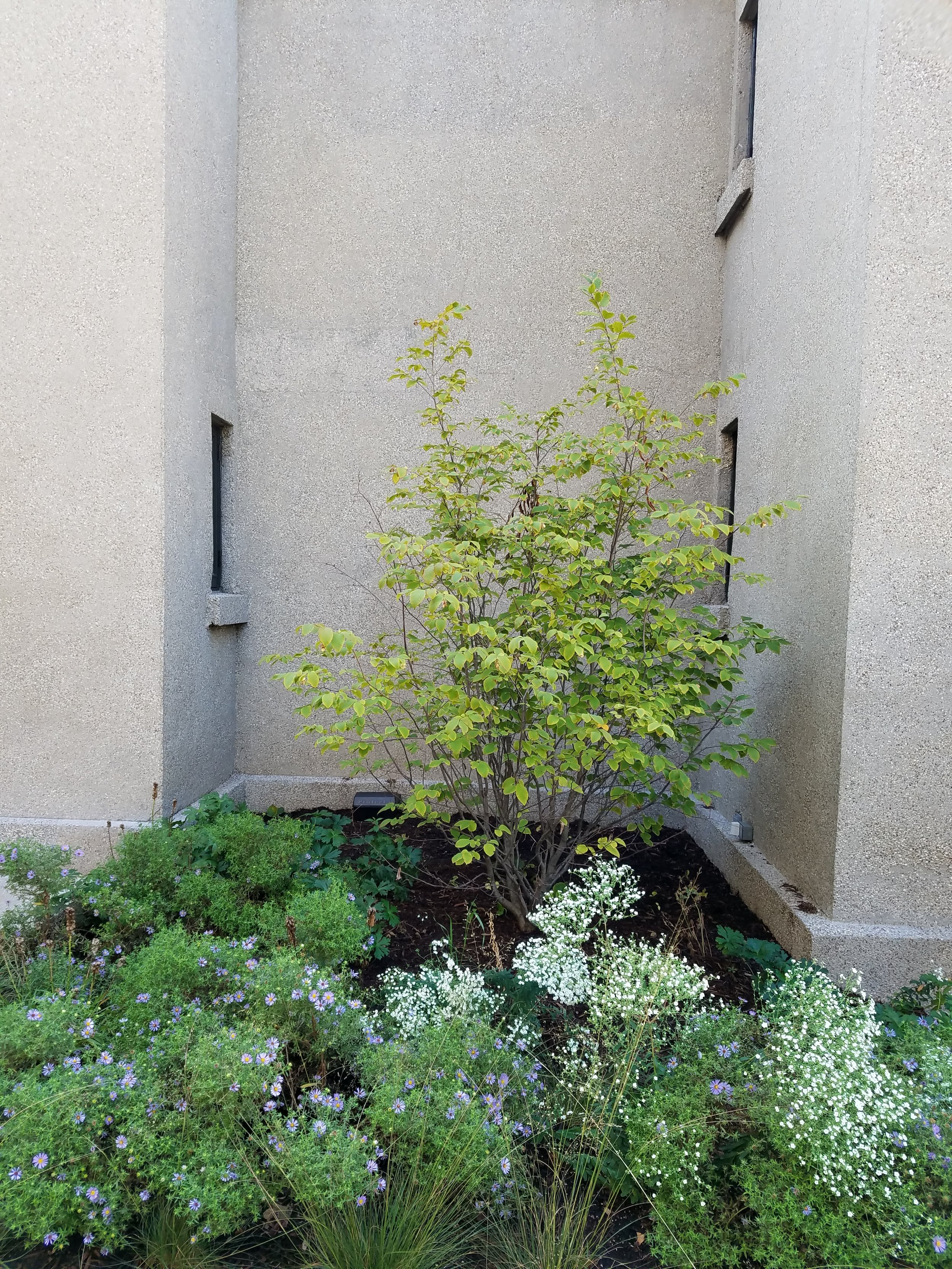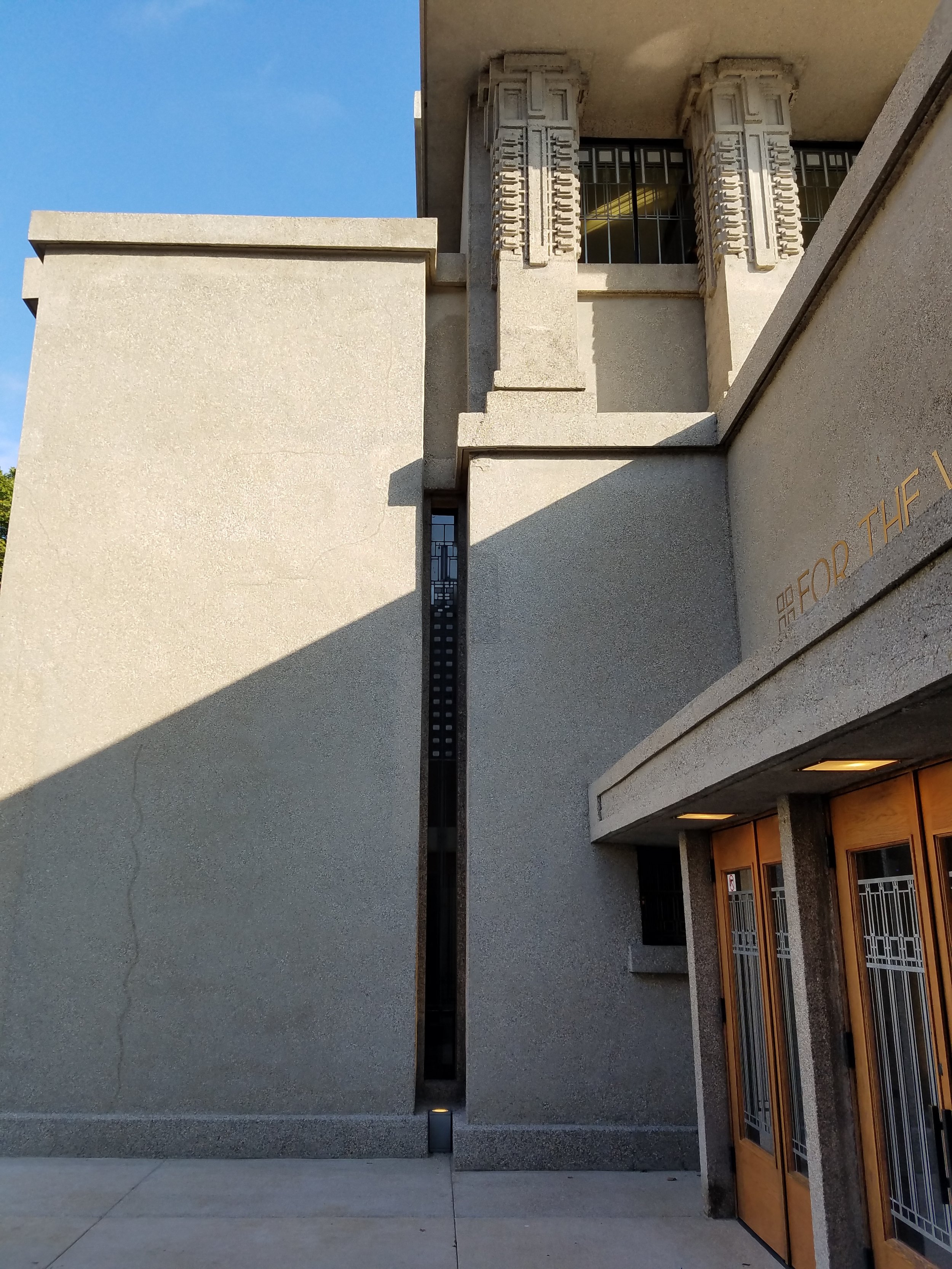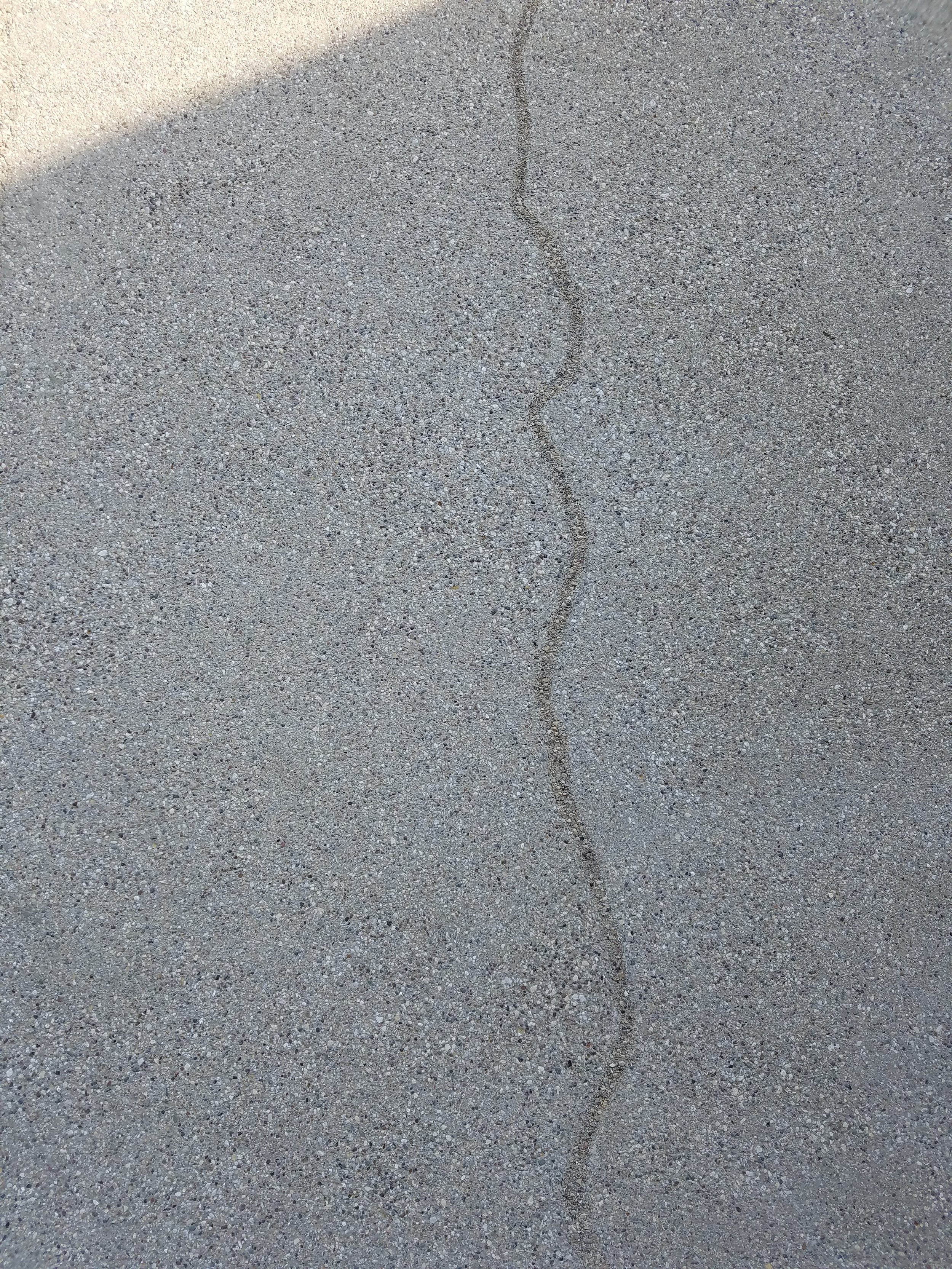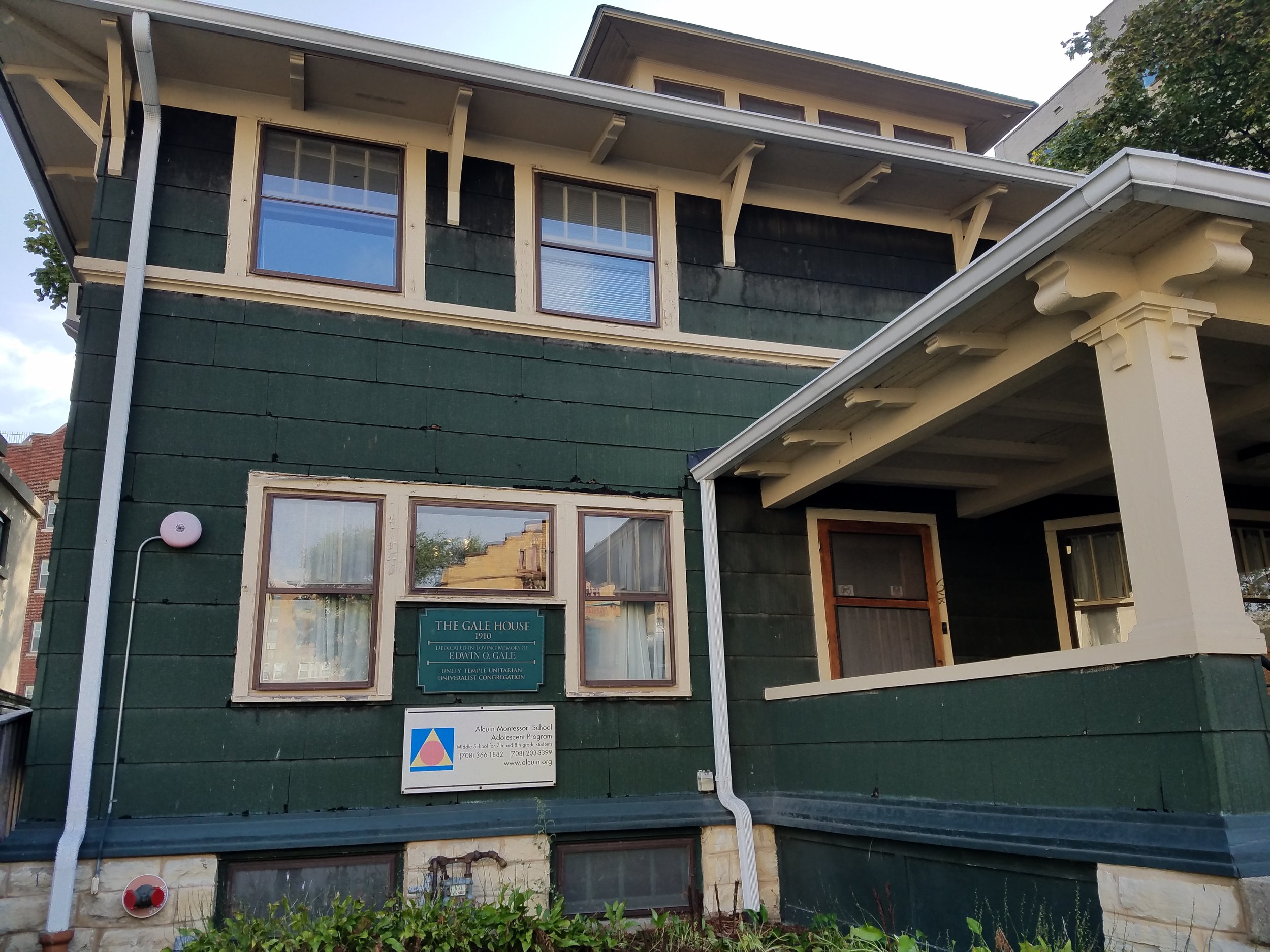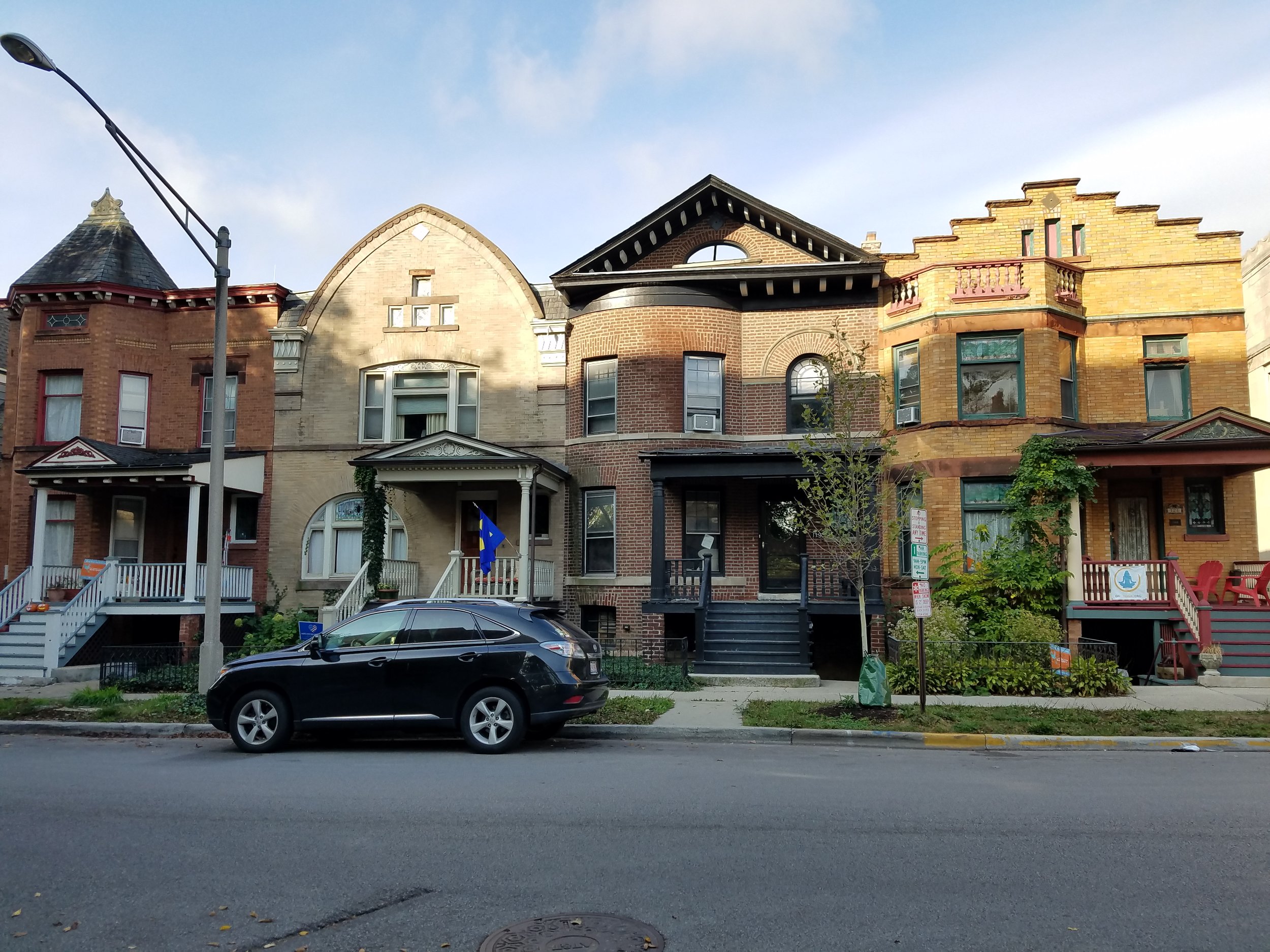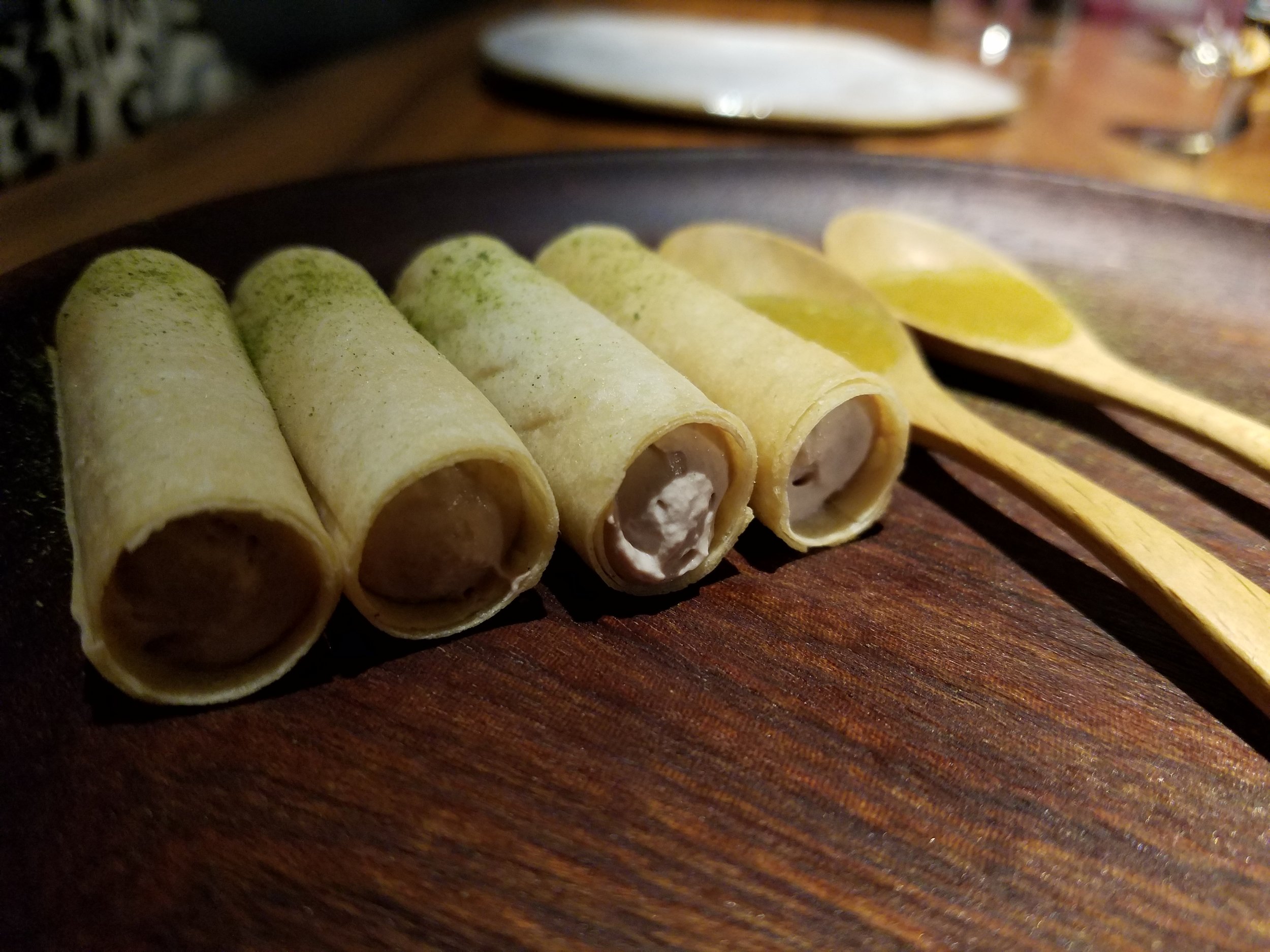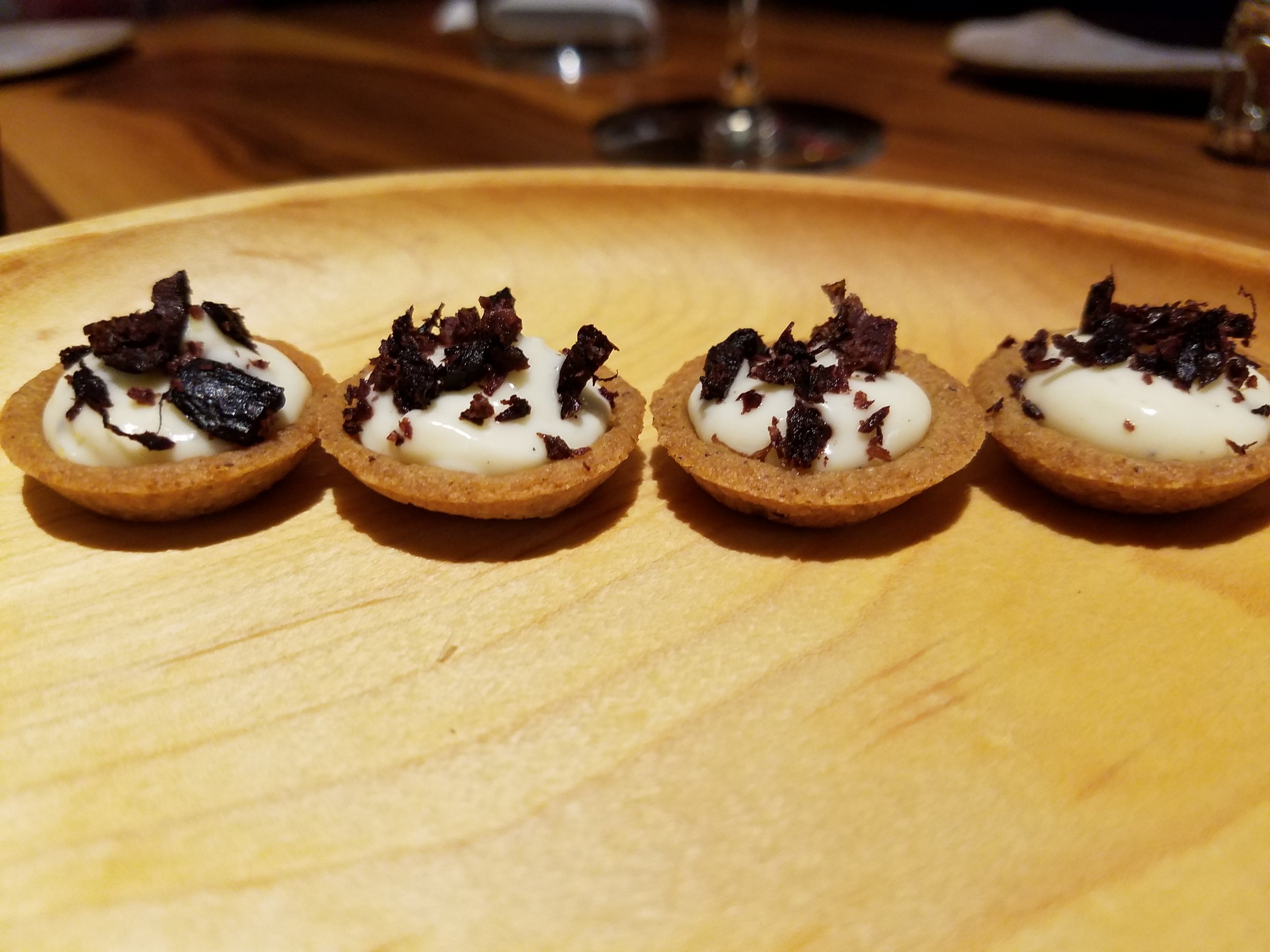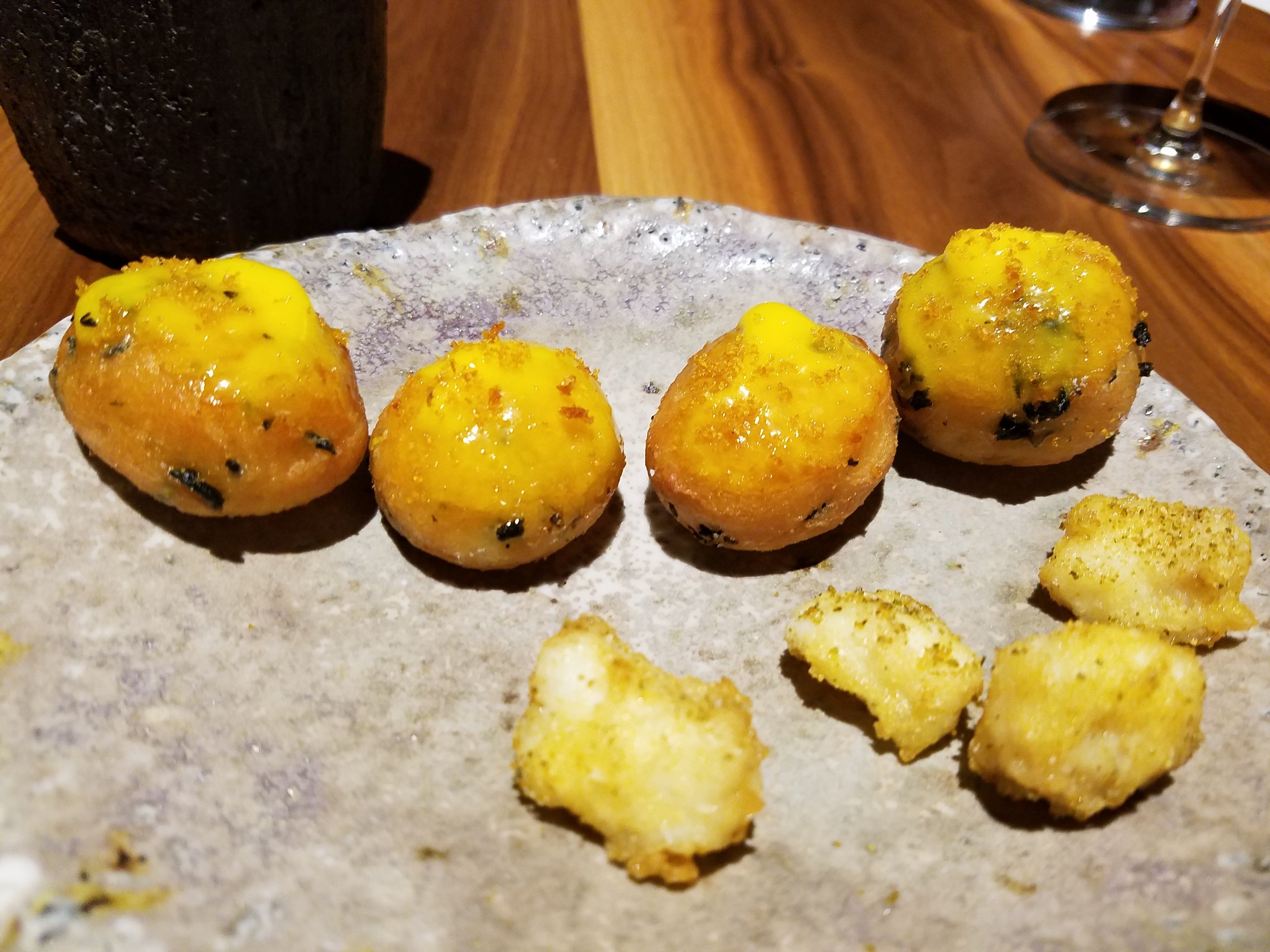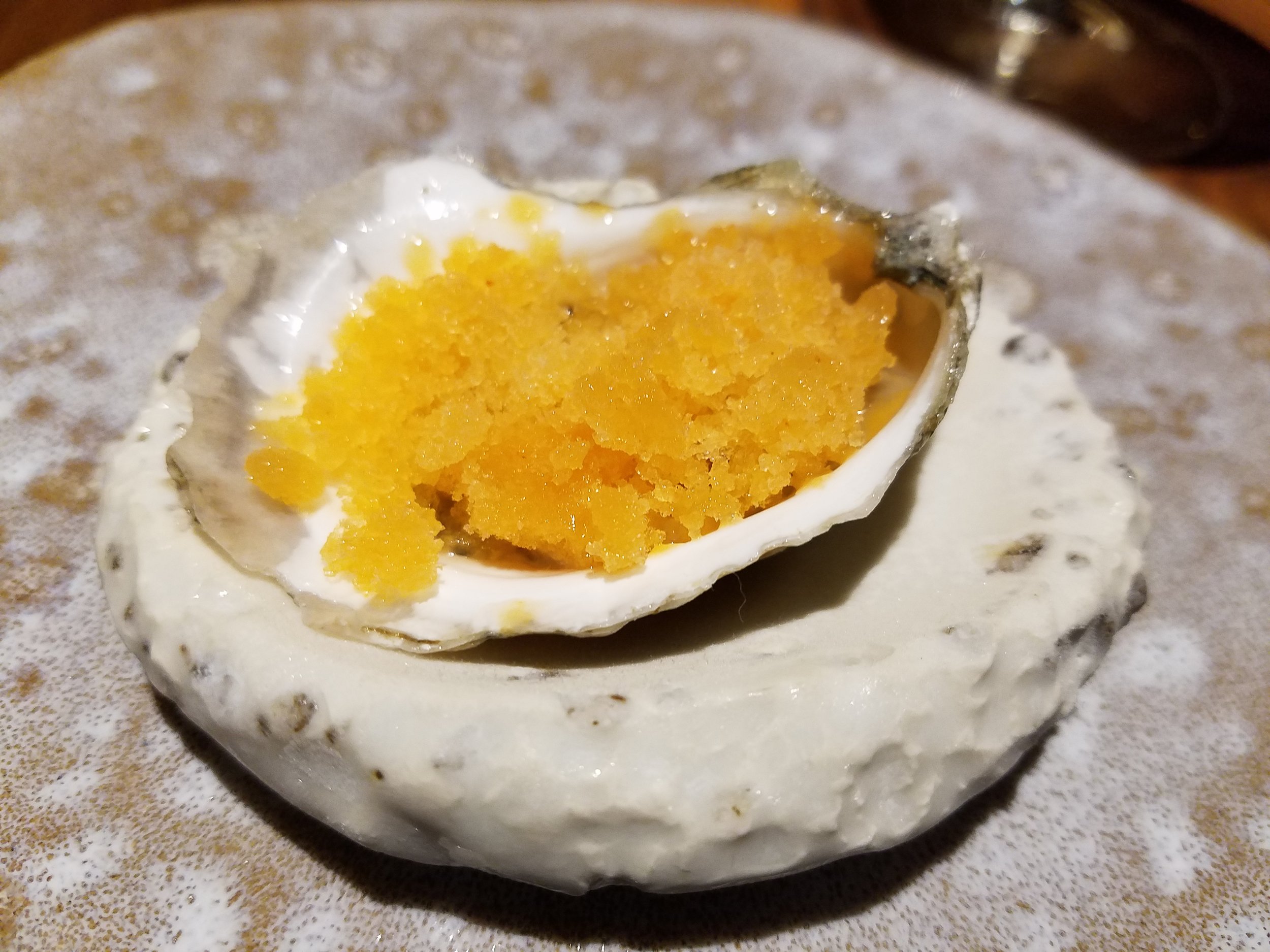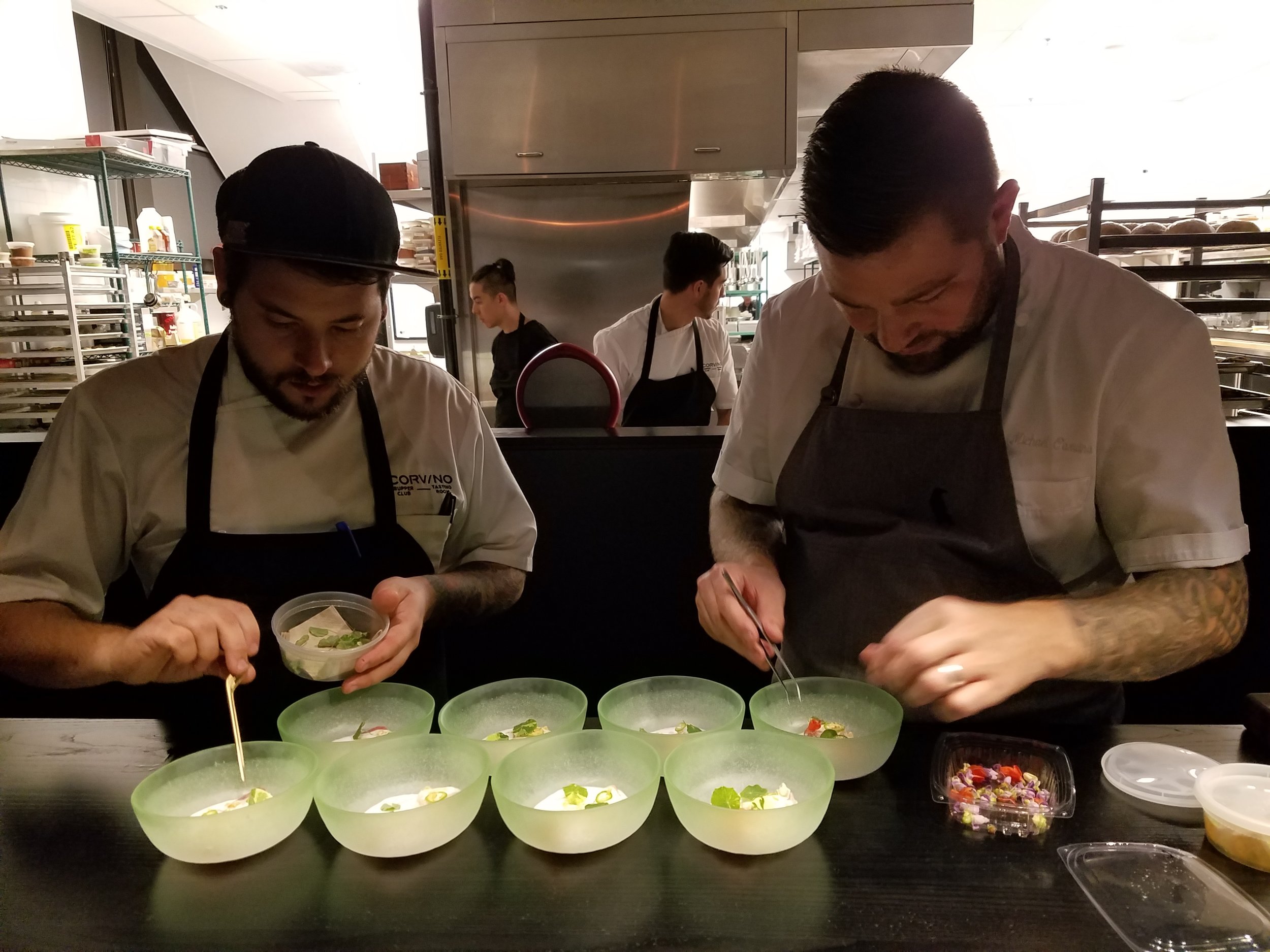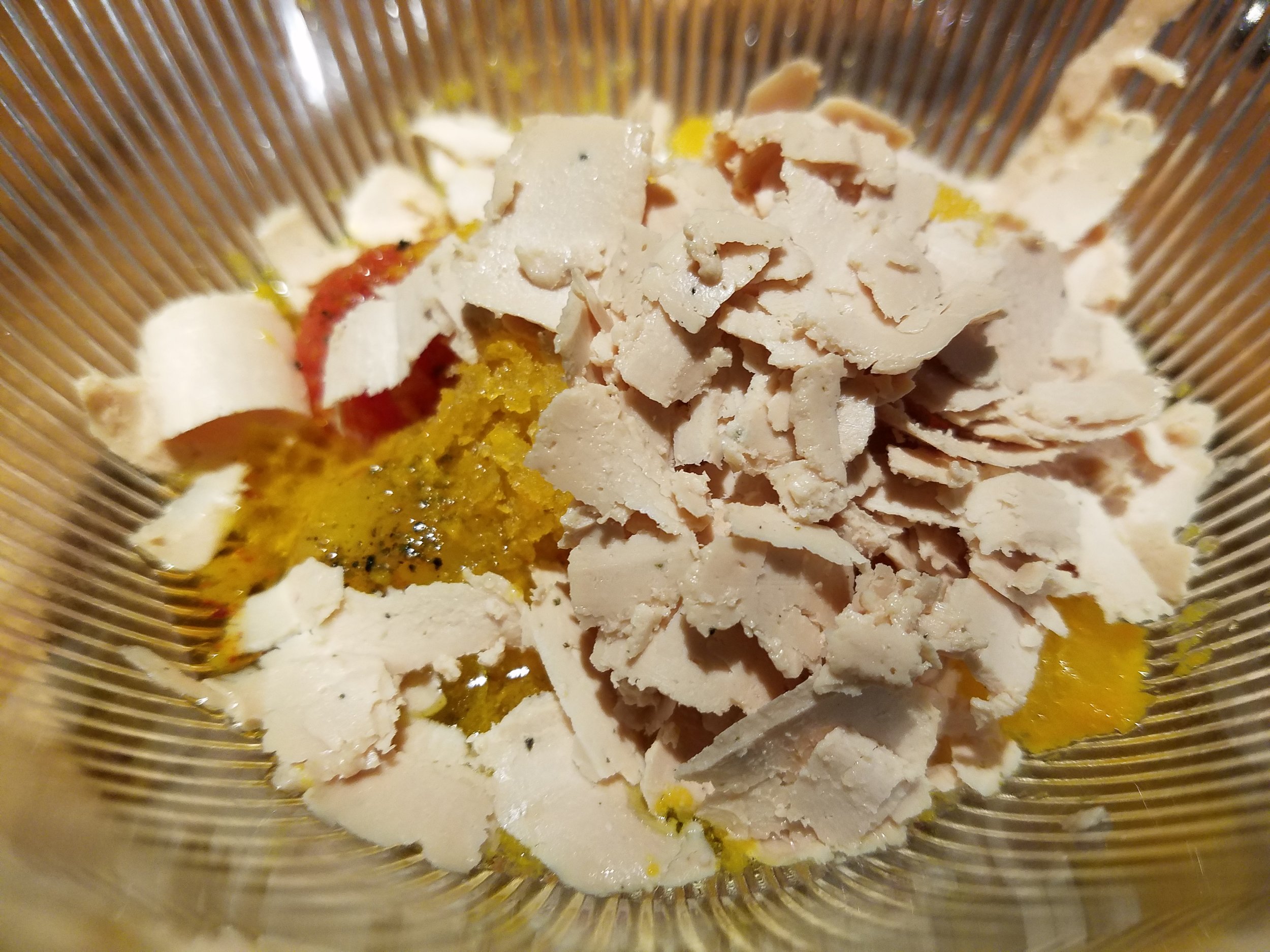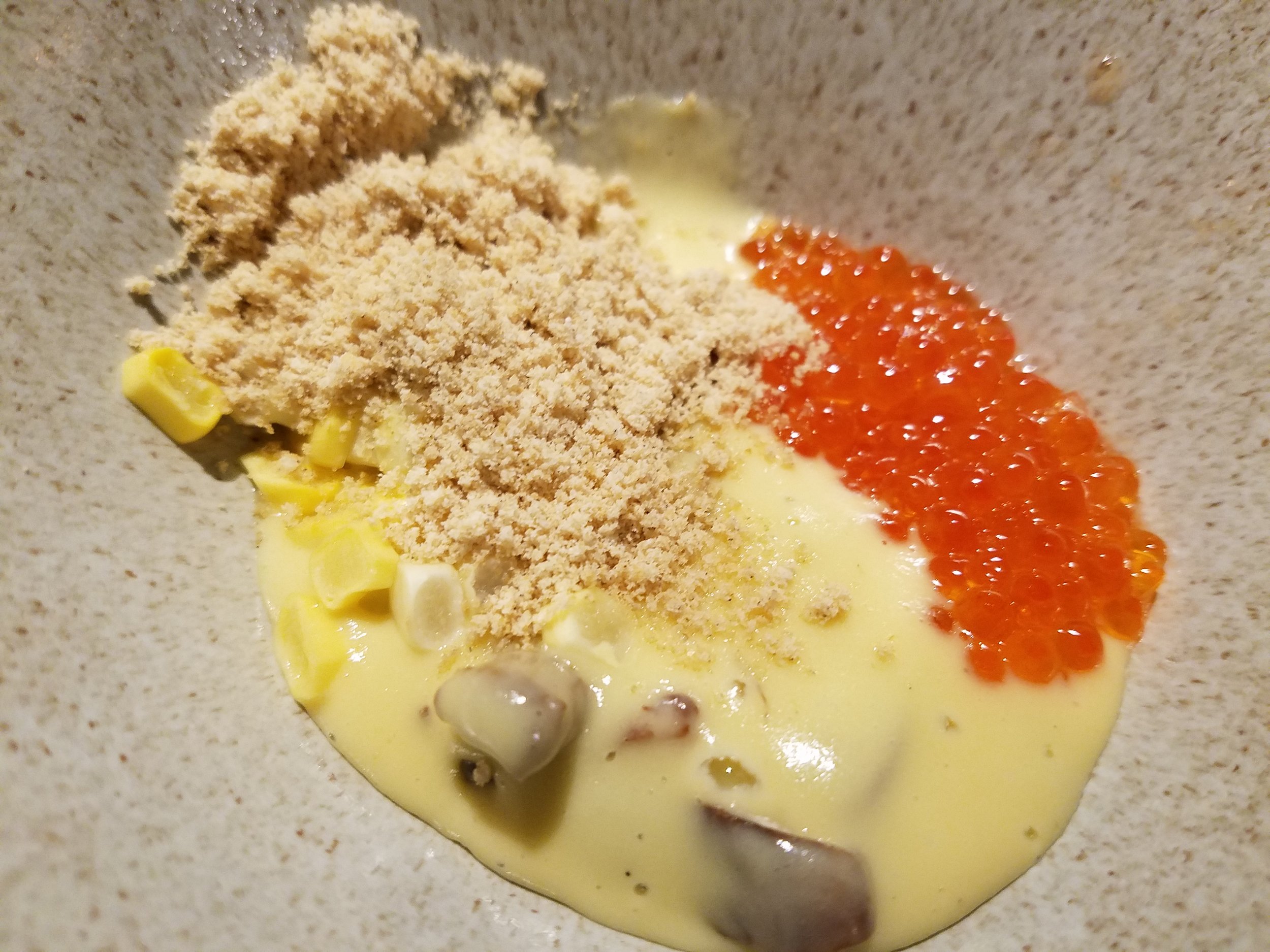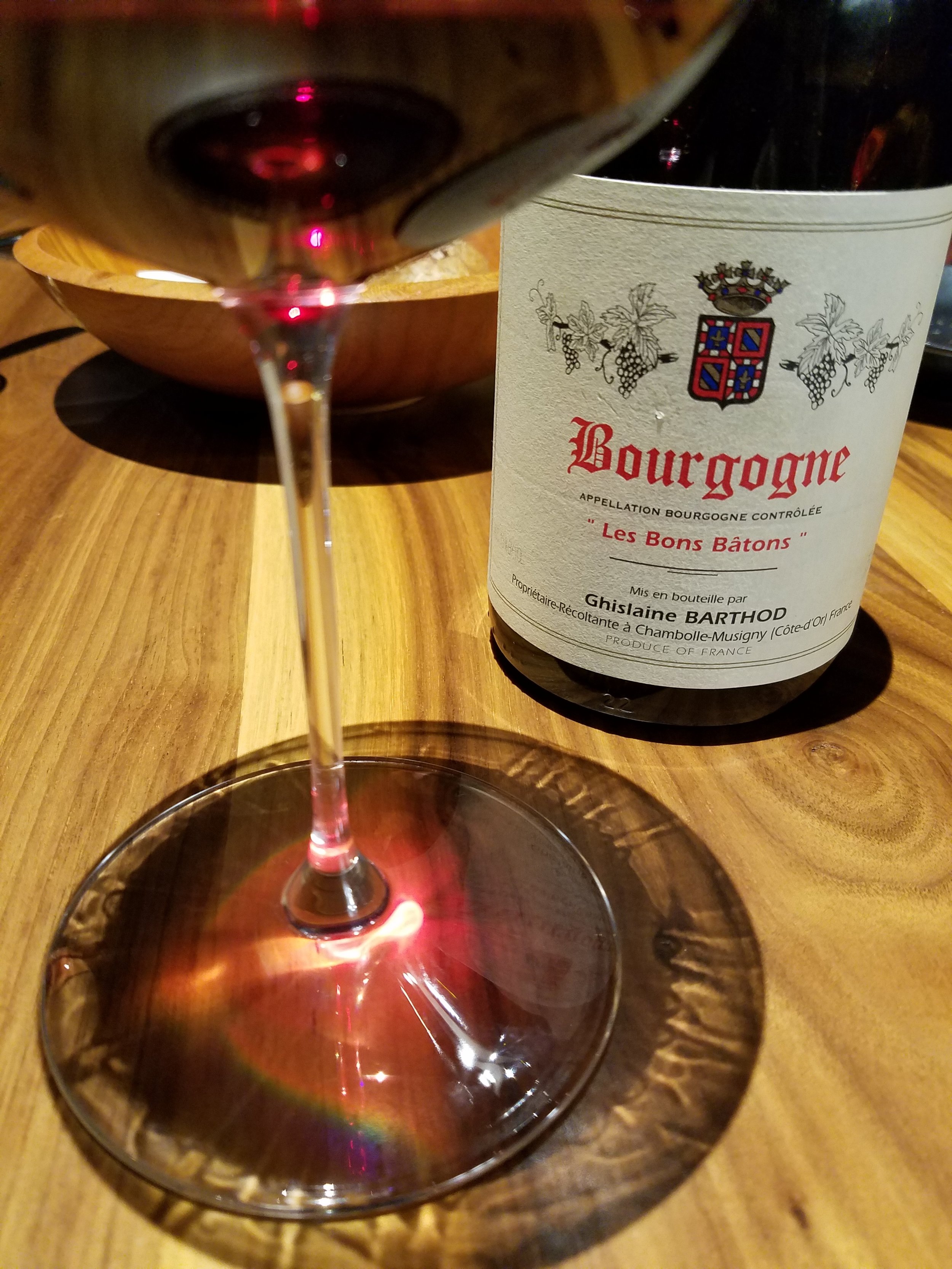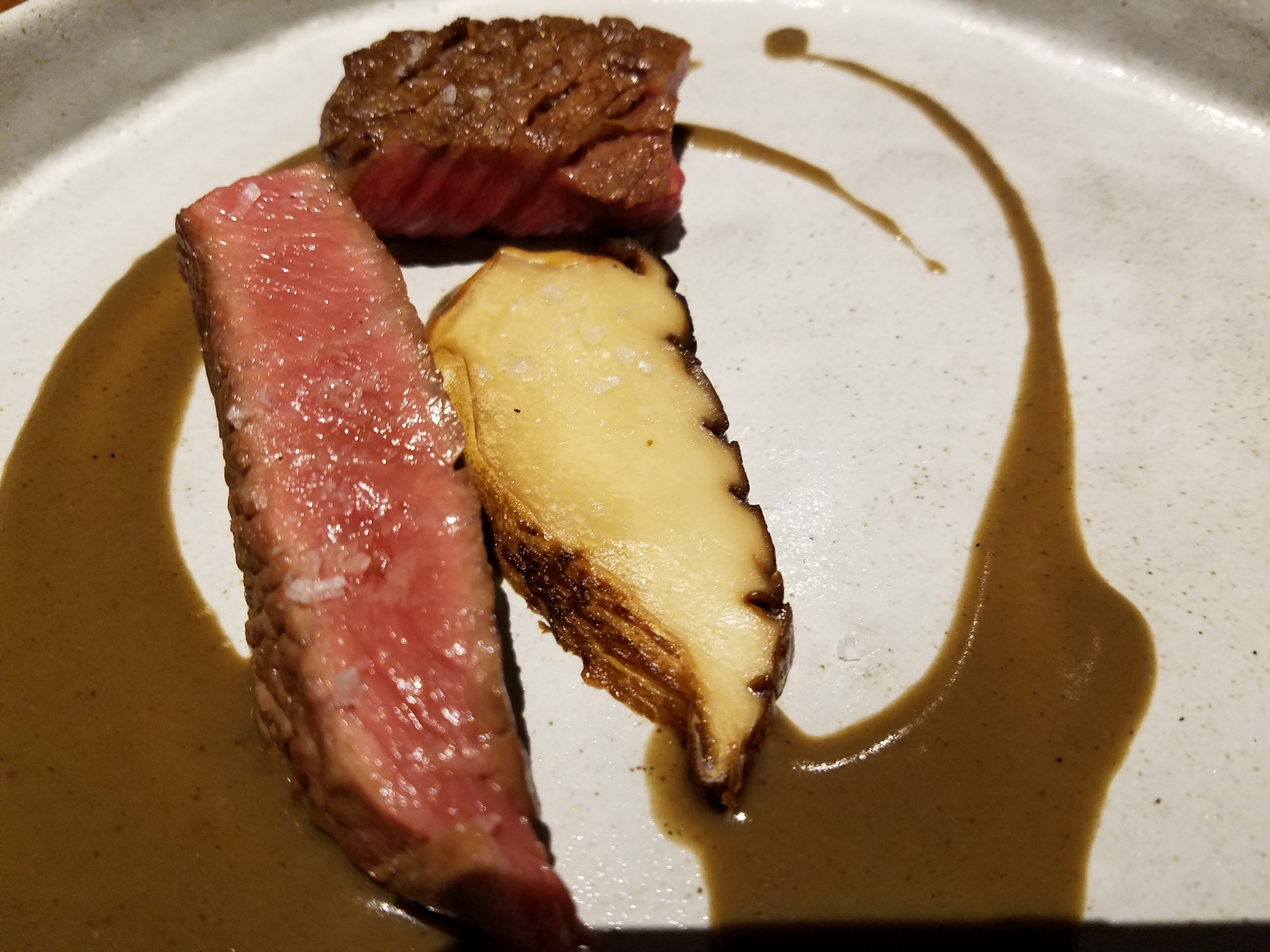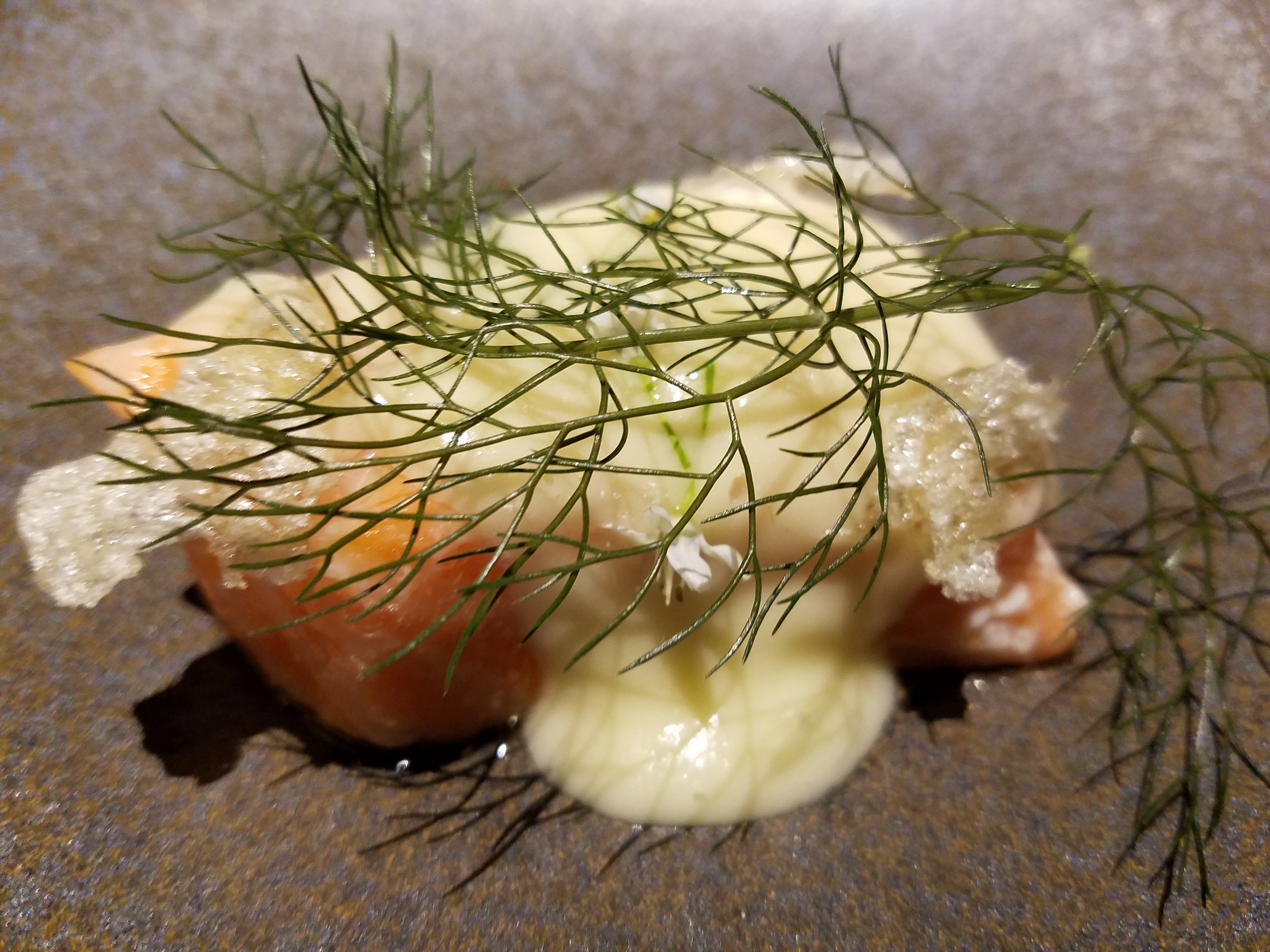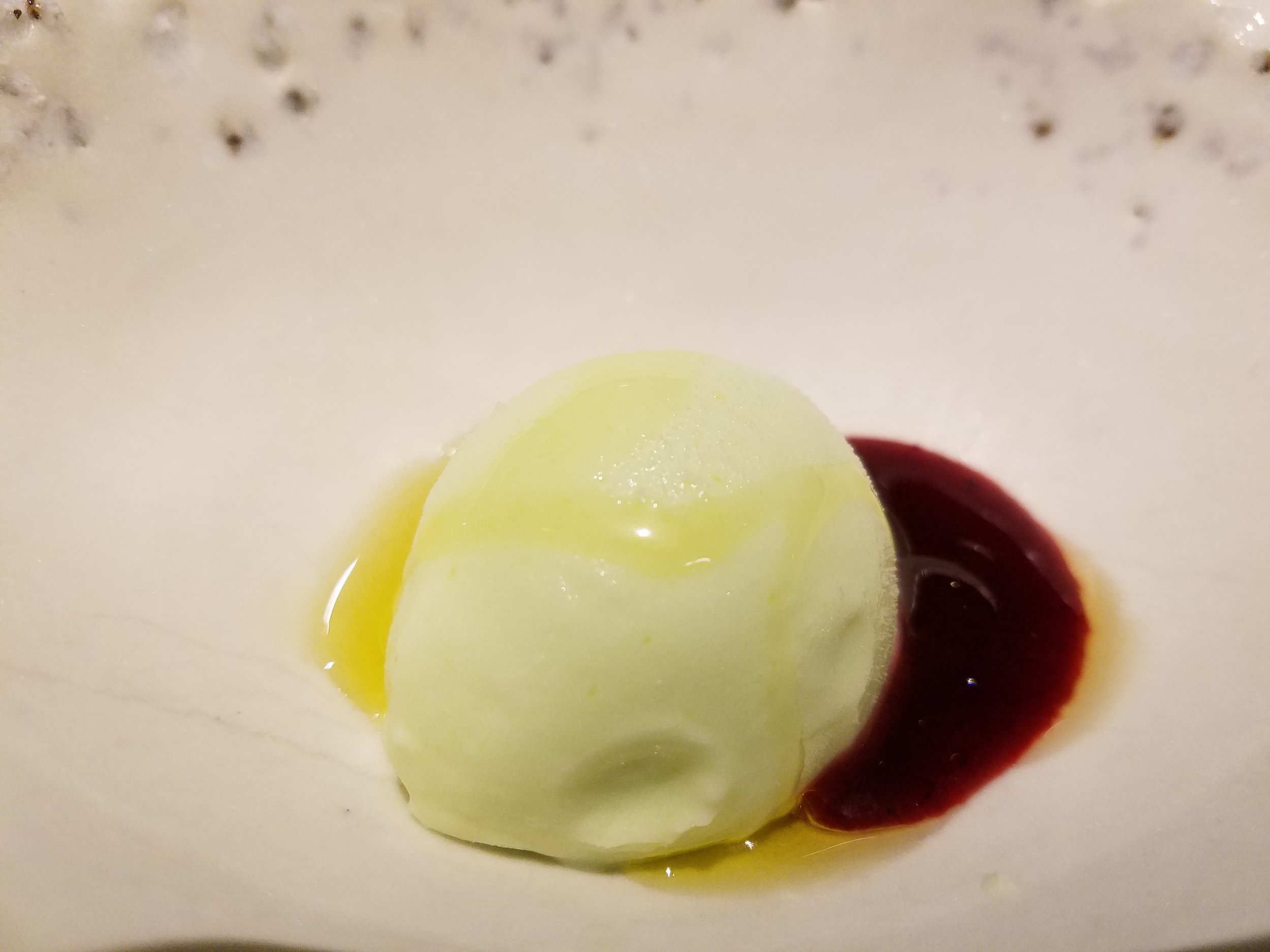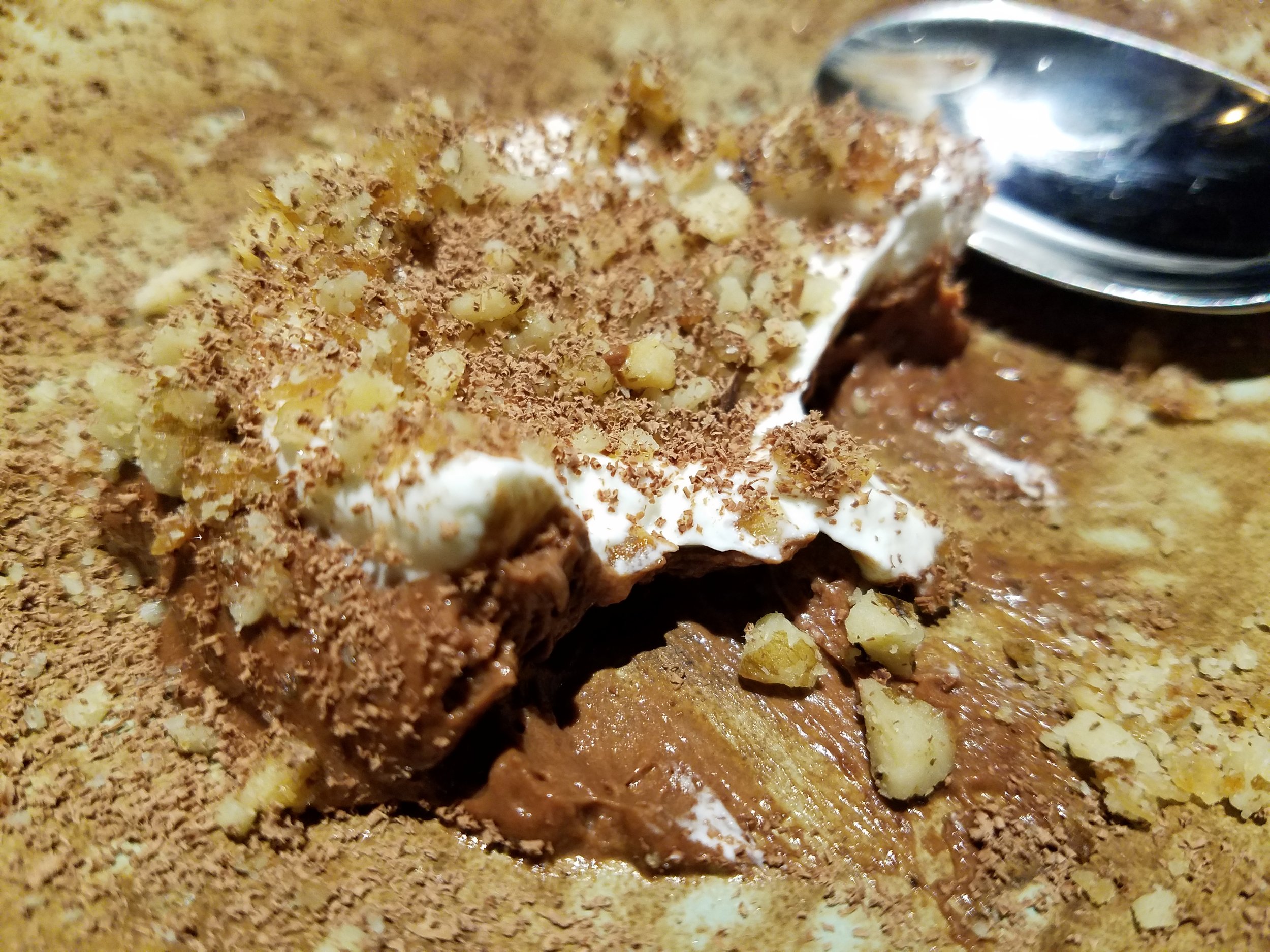Photo captions (all photos by me; l to r): Nathalie Pires with Ensemble Iberica; Making Movies; David Amram and Tireka Dean, grand-daughter of Lead Belly; Cary Morin; John Oates; Grant Lee Phillips; Missy Raines and the New Hip; Mary Gauthier; the Stray Birds; Rad Lorkovic; Madisen Ward and Mama Bear; Sam Baker; John Gorka; Jorma Kaukonen.
By Steve Paul
Over most of four days, the music flowed through my brain. The Folk Alliance International conference had set down anchor in Kansas City for the fifth year in a row, offering its carnival of music, professional development, networking and late-night jams. As a disciple of the folk-revival of the 1960s and a mostly failed acoustic guitarist, I still find great pleasure in the ringing sounds of strings and the stirring power of song.
So I cleared the decks and went off-grid into this hotel world of music for 12 or 14 hours a day. From lobby buskers to crowded showcase concerts in tiny hotel rooms, the music, as usual was everywhere.
The finger-picking was glorious. Jorma Kaukonen paid homage to the likes of Jesse Fuller and Blind Blake in a solo set one night. I was surprised to learn that the venerable John Oates has a new record devoted at least in part to the music of Mississippi John Hurt, even though it’s called “Arkansas” and unfolds in the hands of a full-fledged band of rockers. (I posted a couple of videos on my YouTube channel.) Cary Morin, a Colorado singer-songwriter-super-guitarist I’ve gotten to know, continues to amaze. And there was an endless supply of kids on the rise and in the hunt for ears, bookings, a record deal, elusive fame.
A tribute session to the late Jimmy LaFave brought a bunch of tears (buckets of rain?). He’d become a favorite of mine in the four previous Folk Alliance gatherings in Kansas City, and I was sorry, like everyone else, to learn that he’d died last summer way too young of a rare cancer. A great songwriter himself, LaFave was also known as a consummate interpreter, especially his covers of Bob Dylan (see "Queen Jane Approximately" and many more). Gretchen Peters, a Nashville songwriter, noted how she’d written a couple of songs that he possessed so completely they became his in the public consciousness. Here’s a Jimmy LaFave song that I wrote, she’d have to say. He once told her that her “On a Bus to St. Cloud” was the greatest song he’d ever heard. (Trisha Yearwood also made great hay with it years ago, so some people think it's hers, too.) I will testify that it’s pretty damn good, and hearing Peters sing it, especially on a stage full of Jimmy LaFave’s friends, was unforgettable.
Mary Gauthier is a much-lauded songwriter with a good handful of records. Her latest CD, “Rifles and Rosary Beards,” just out in January, is a stunning project that channels the voices of military veterans. Co-written with veterans participating in a long-running program, the songs crawl inside experiences of trauma, violence, depression and heartbreak. Gauthier confessed her own surprise as a self-described liberal lesbian hanging around with the military, but, of course, she convincingly sang several of the songs. Check out that record. Soul-stirring.
Another Folk Alliance highlight was the screening of a new movie, “American Folk.” I knew little about the project, but was quickly seduced by its quiet charms. The story: two young musicians meet on a plane. They’re heading from Los Angeles to New York, but, inexplicably, their aircraft turns around and lands back in L.A. It’s Sept. 11, 2001. The horror is depicted subtly, glancingly, but it remains wrenching all these years later. Long story short, he and she (played by singer/songwriters Amber Rubarth and Joe Purdy) borrow an old Chevy van and drive across the country to get to New York. It’s a slow journey that introduces them to numerous human experiences. The gist: the power of music to bring people together. Yes, it’s simple, but very well done. The silences and the intimate camera work are first rate and effective. The movie apparently is streamable here and there.
My Kansas City friends were all over the place and put on a Saturday night shindig amid the Westin Crown Center’s cornucopia of hotel-room magic. In various settings Beau Bledsoe and his Ensemble Iberica presented two visiting and extraordinary vocalists: the incomparable fadoista Nathalie Pires and Mireya Ramos, the Latina singer and violinist. But hail also to the effervescent Victor & Penny; Betse Ellis and Clarke Wyatt, who have joined up with a fiddle-guitar duo from St. Louis to perform as the Short Round Stringband; the high-octane Making Movies; the harpist/singer Calvin Arsenia; and Michael McClintock and his Cubanisms band.
The list goes on. And every Folk Alliance attendee can tell you about hearing again from old favorites (hello, Stray Birds, Carrie Elkin, Rad Lorkovic, Sam Baker) and discovering new talents (hmm: Emerald Rae, a classically trained Boston fiddler and singer who combines traditional sounds with ultra-modern impulses).
After five years in Kansas City, Folk Alliance moves on for a couple of years, but it’ll be back. With its headquarters and a daylong folk festival remaining in KC, the conference heads to Montreal in 2019, then a mystery city, then three out of the next four years in Kansas City again (that's 2021, 2022, 2024). Hearing that news was music to my ears.
Just a few days later I took a listen to a double CD I’d bought at the conference, a new release from Smithsonian Folkways Records. It’s a compilation of tracks by singer-guitarist Barbara Dane, called “Hot Jazz, Cool Blues, and Hard-Hitting Songs.”
Now, as I mentioned above, I wasn’t too far behind the leading edge of the folk revival of the 1950s and ‘60s. I saw Pete Seeger, the Staples Singers, Buddy Guy and Janis Ian (!) as early as 1965. Like everybody else, I learned how to play “The House of the Rising Sun” on my guitar, and moved on to finger-picking tunes by Mississippi John Hurt and Elizabeth Cotten. I was there for the rise of Judy Collins, Tom Rush, Joni Mitchell, Richie Havens, Eric Anderson, the Jim Kweskin Jug Band, Dylan, of course, and so many more. So, for the life of me, I can’t remember how I missed Barbara Dane. If I ever encountered her music way back when, the memory is completely erased.
But now, thanks to this project, I’m up to speed with the fiery folk singer. She’s still with us, at 90, and this collection includes some rare recordings that had never been released before. She comes across as something of a chameleon, with a copper-toned alto that seems comfortable spanning styles and cultures, an aching blues here (sounding not a little like Bessie Smith), a jazz-inflected ballad there, or a boisterous worker’s anthem alongside Seeger himself. She represented the voices of working people, truck-driving women, the disenfranchised, the folks looking up at the one-percenters and wondering how they’d get a piece of that.
Dane's personal story is fascinating, and apparently she’s working on a memoir. She came out of Detroit in the 1940s, “a young, white girl taught to walk and talk with Jesus” and wound up befriending and collaborating with the likes of Lenny Bruce, Louis Armstrong and Count Basie and marching for peace and justice. As she writes in the liner notes, “I hope you notice that it is possible to speak your mind in pursuit of that world and still survive. You may lose a few chances for fame and even fortune, but you will gain a priceless dignity and a seat on the train of humanity with destination justice.” She ran a blues club in San Francisco’s North Beach and a record company in the 1970s, whose output was later absorbed by Smithsonian Folkways.
So many of the songs in this package resonate. The historical context is one thing, but the power to speak to today is another. Dane sings Woody Guthrie’s “Deportees,” a landmark lyric based on a true story about the fatal crash of a plane filled with Mexican farm workers; Bob Dylan’s “Only a Pawn in Their Game” (about the assassination of Medgar Evers); James Taylor’s “Mill Work” and a whole host of classic, sometimes bawdy blues tunes. The recordings span some 60 years of passion. I’m glad I found it and thus filled in another deep gap in my musical education.

